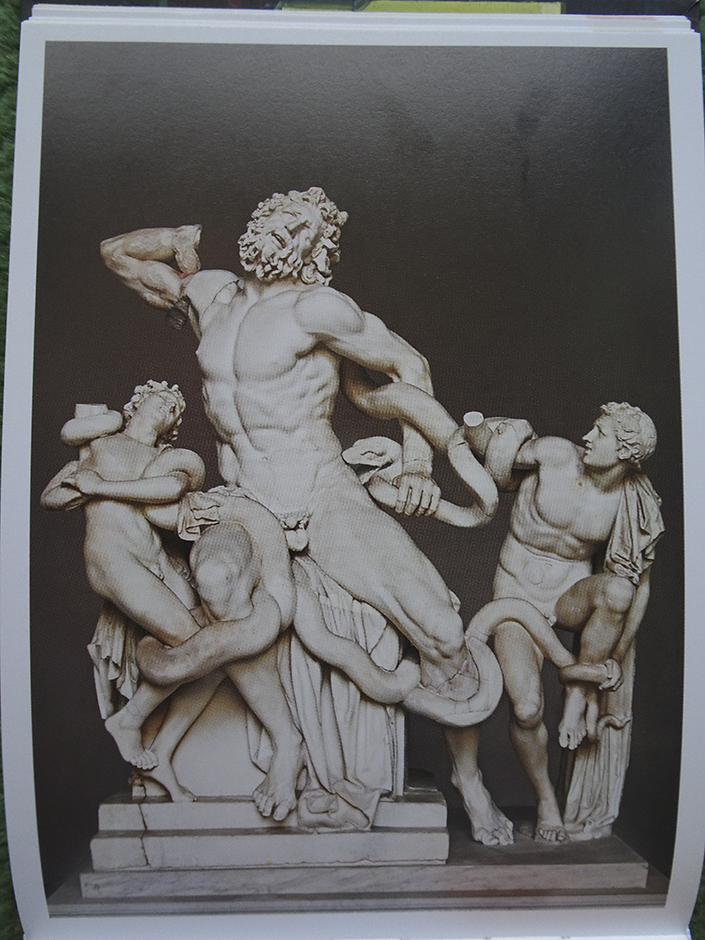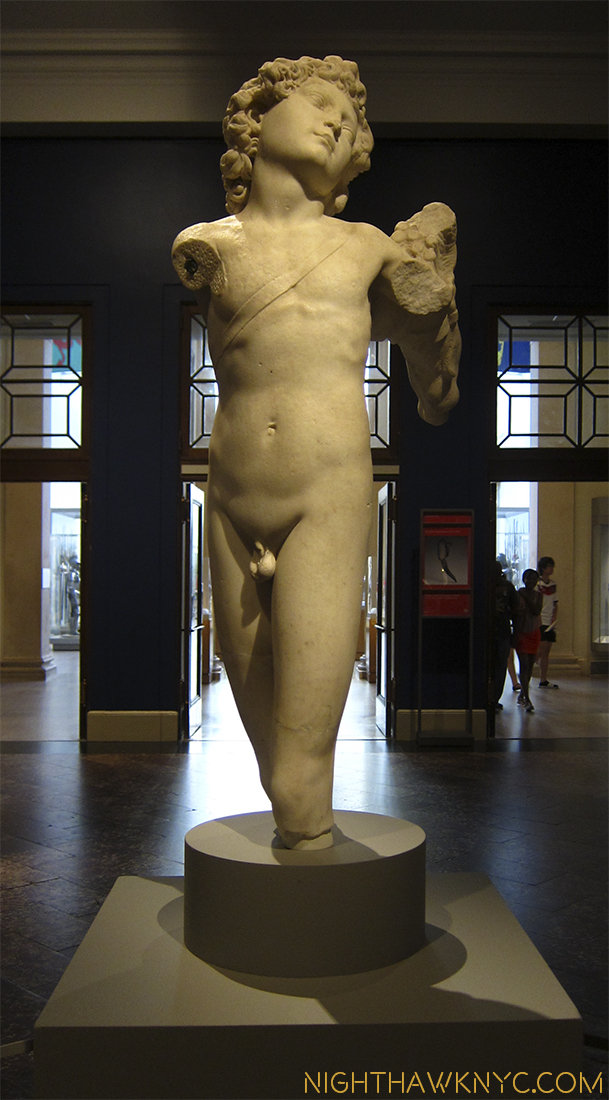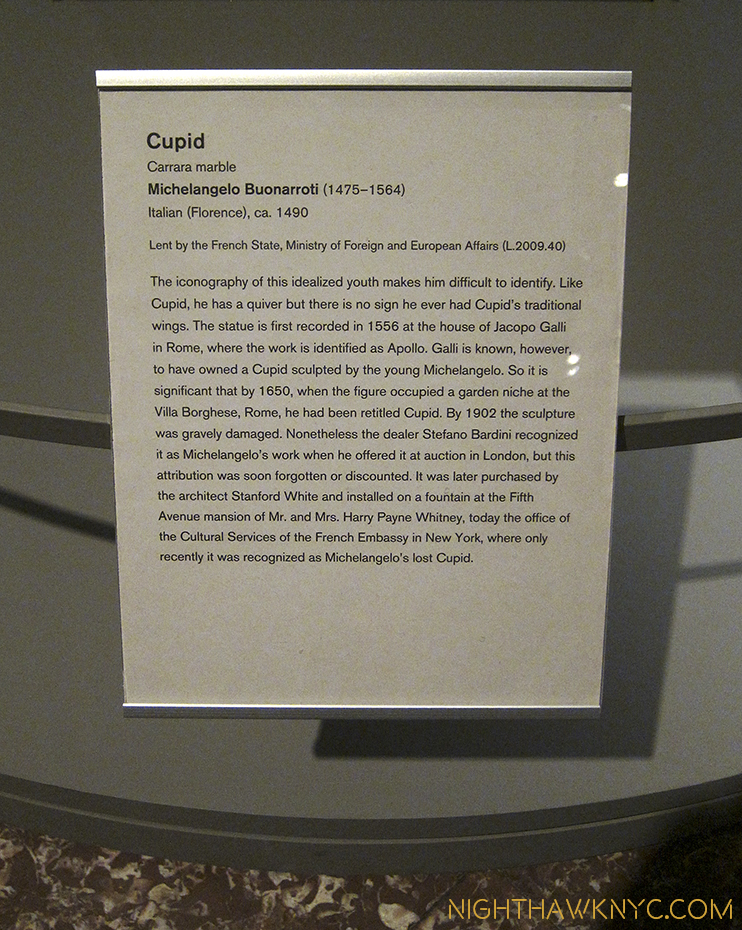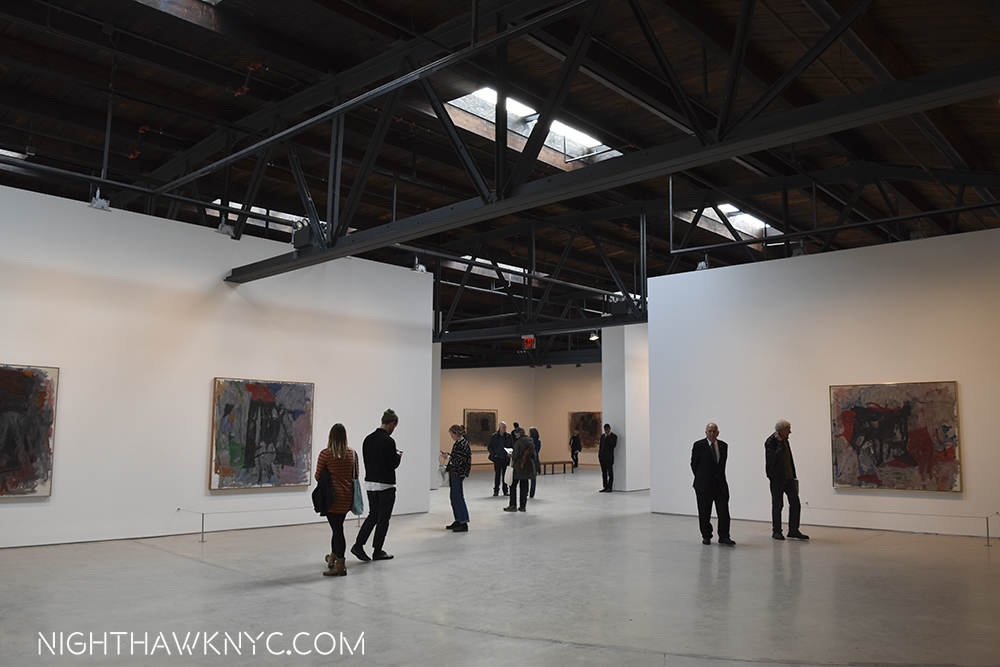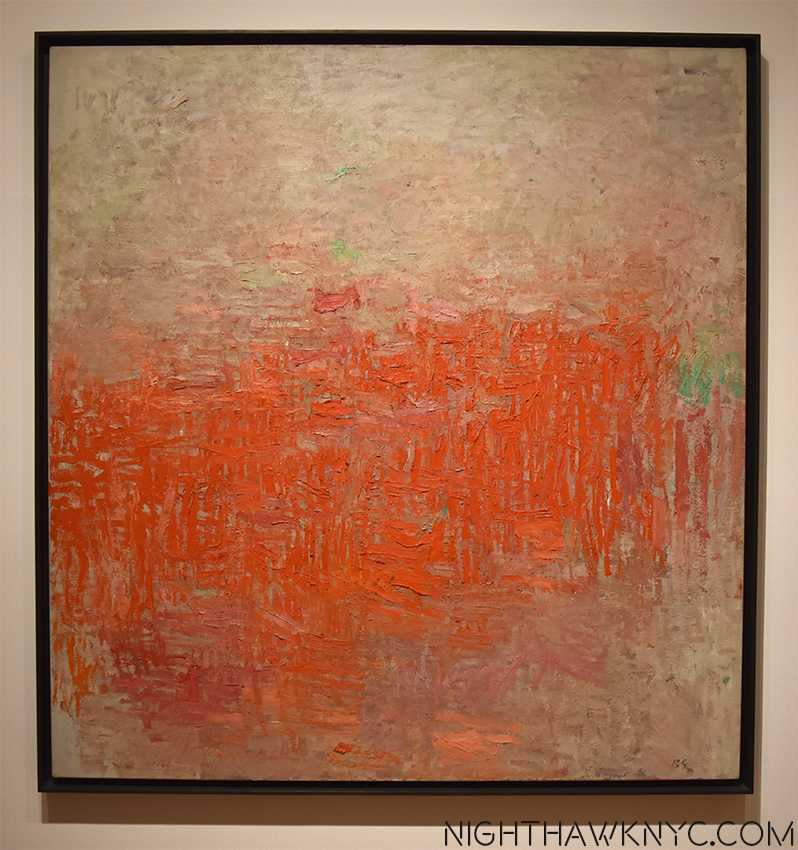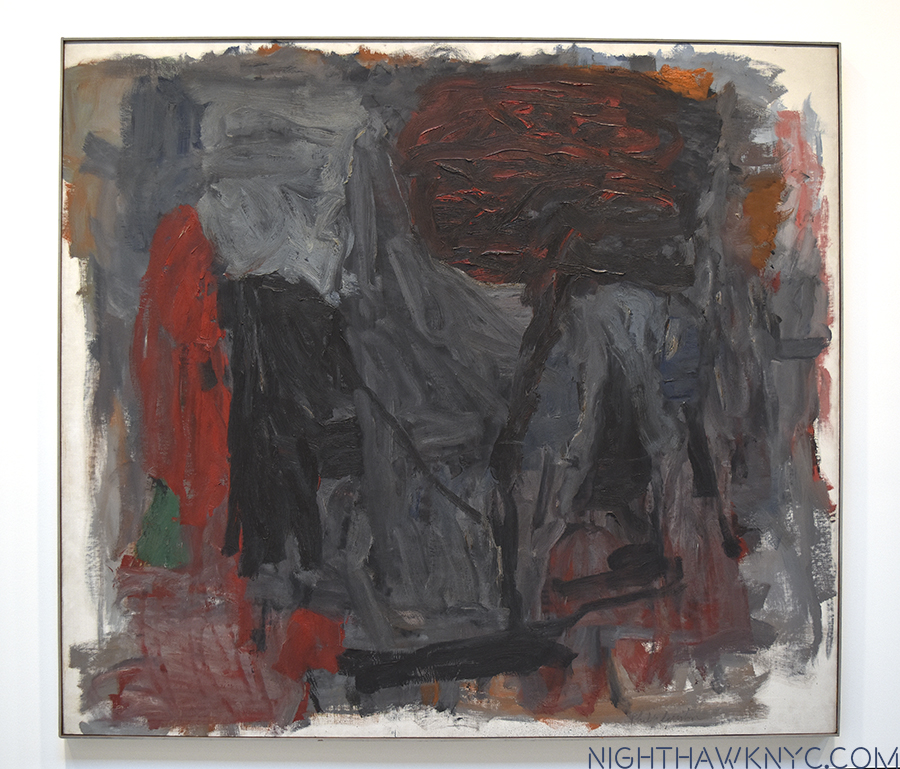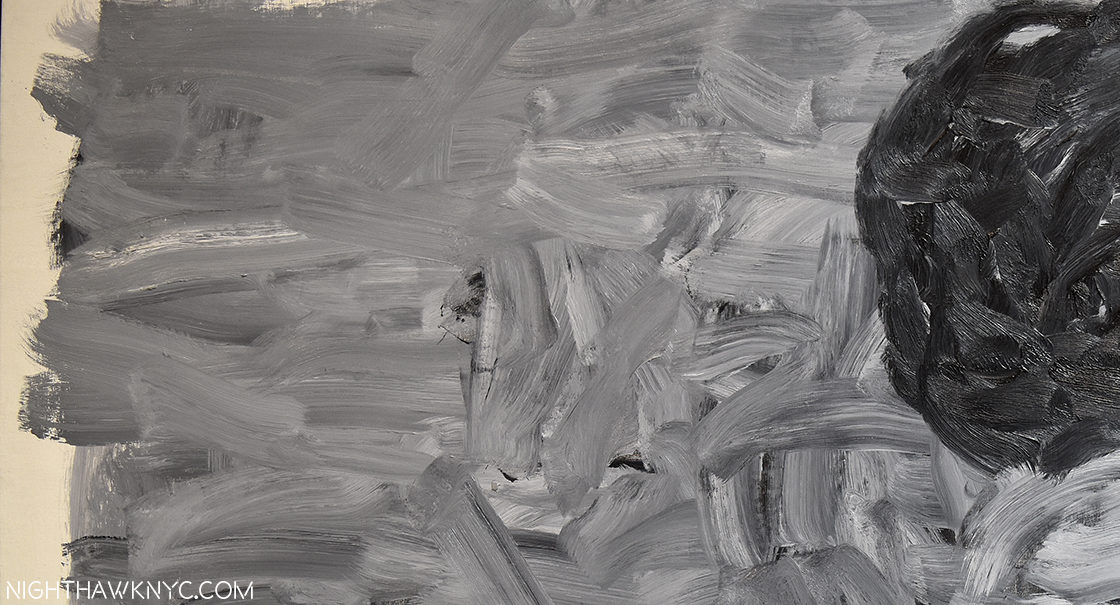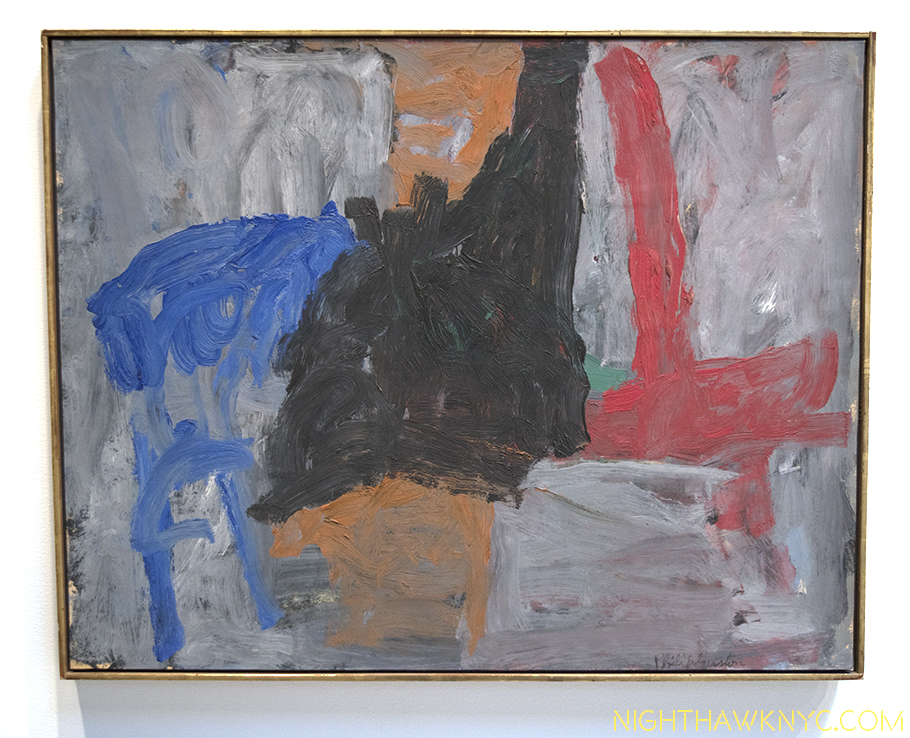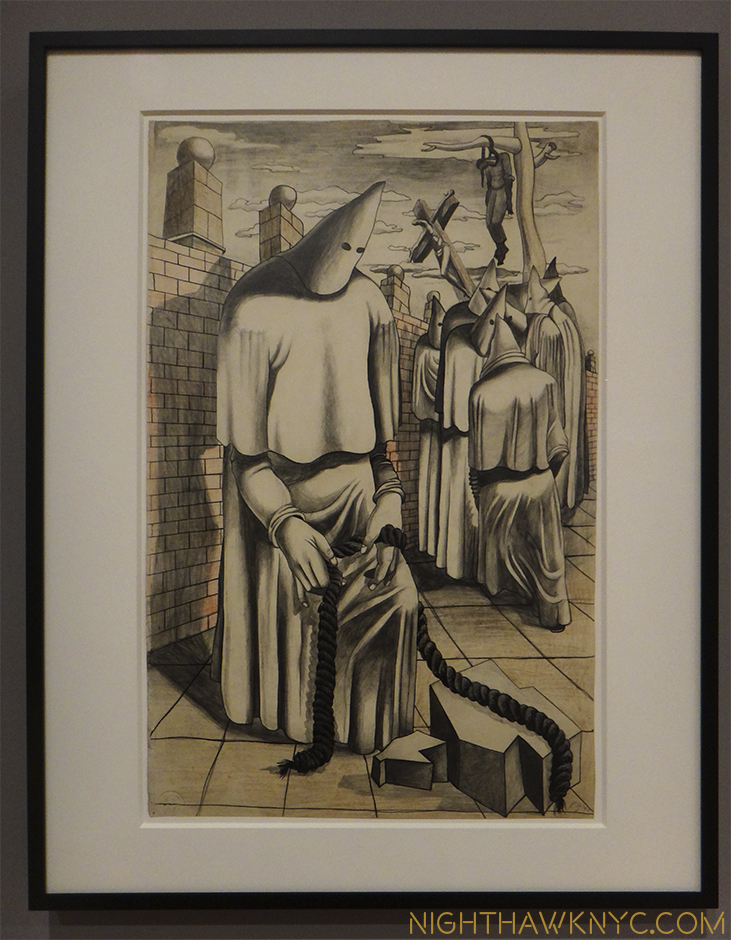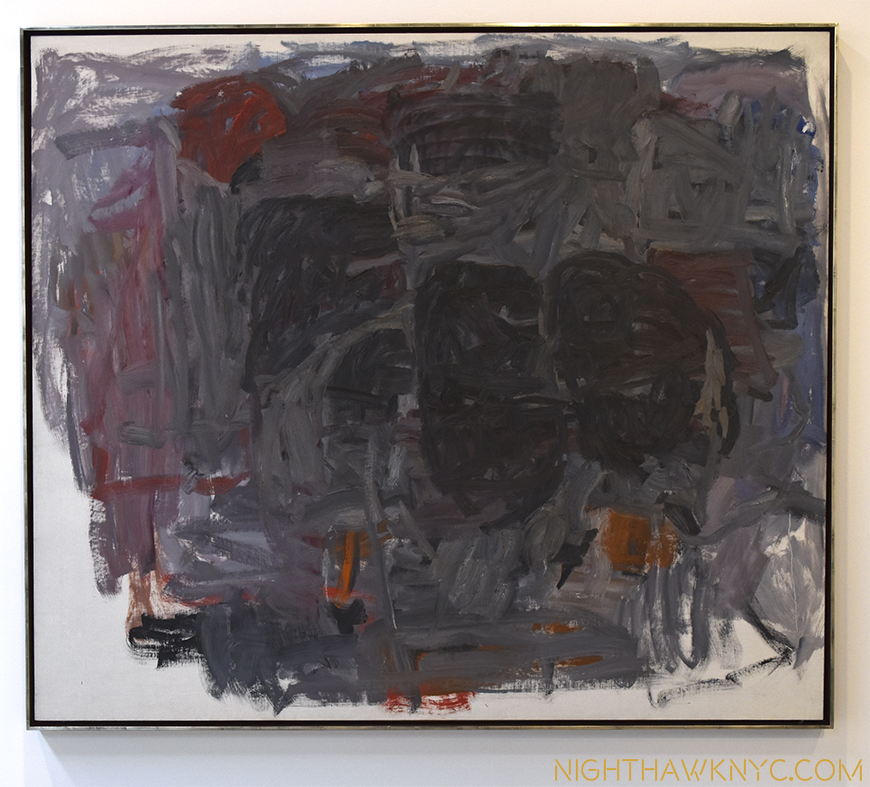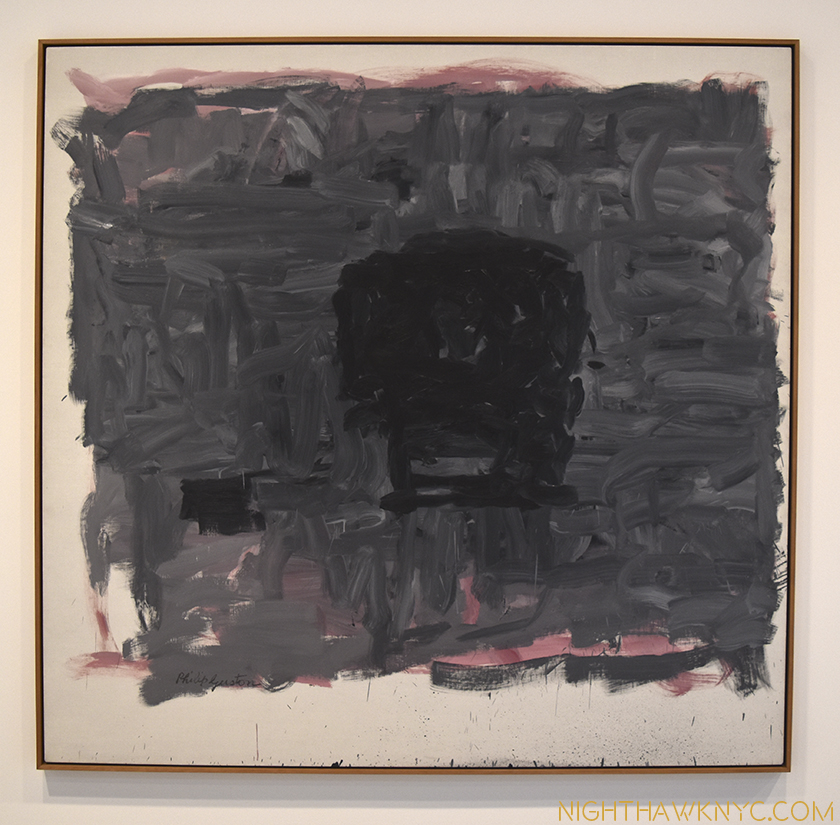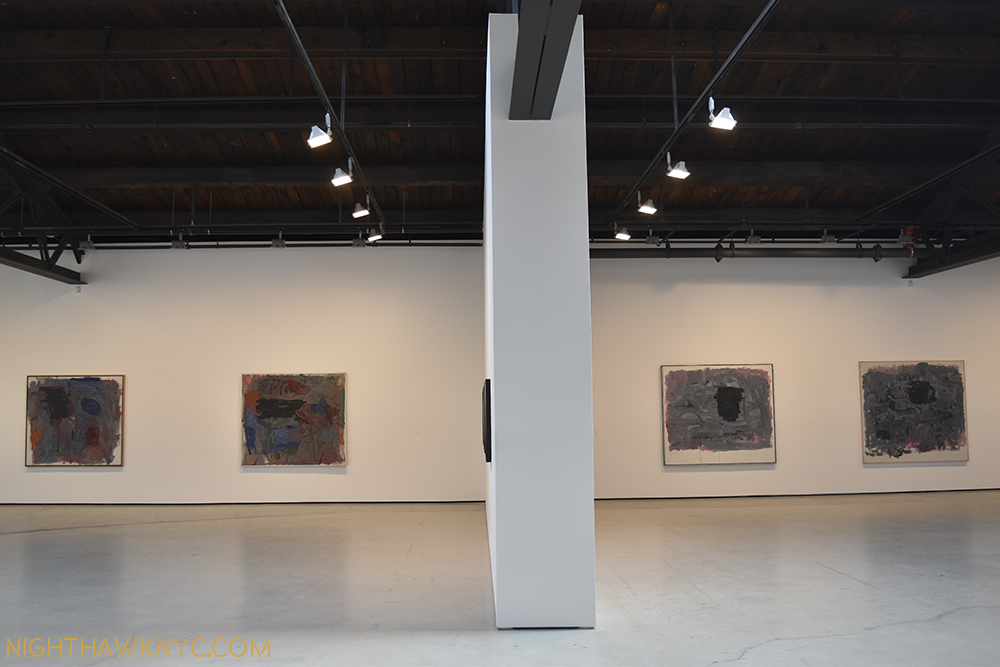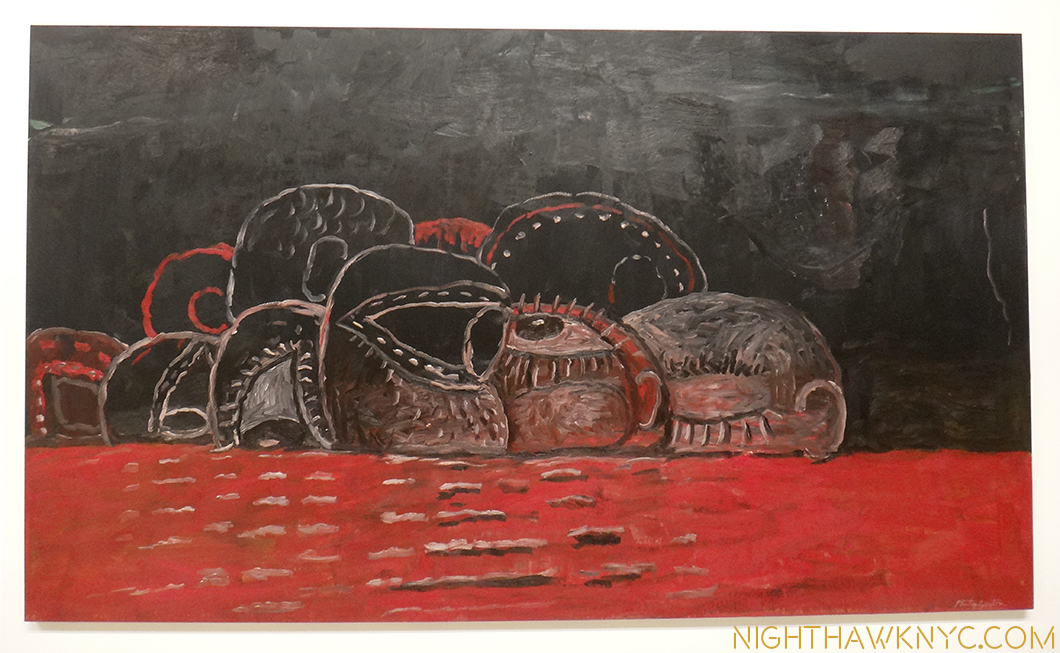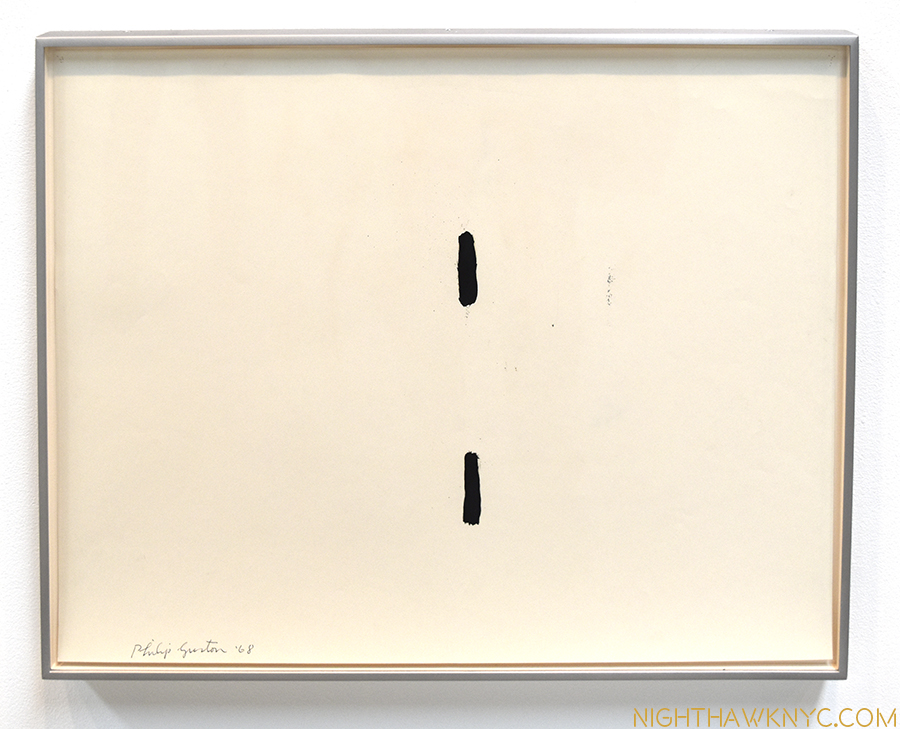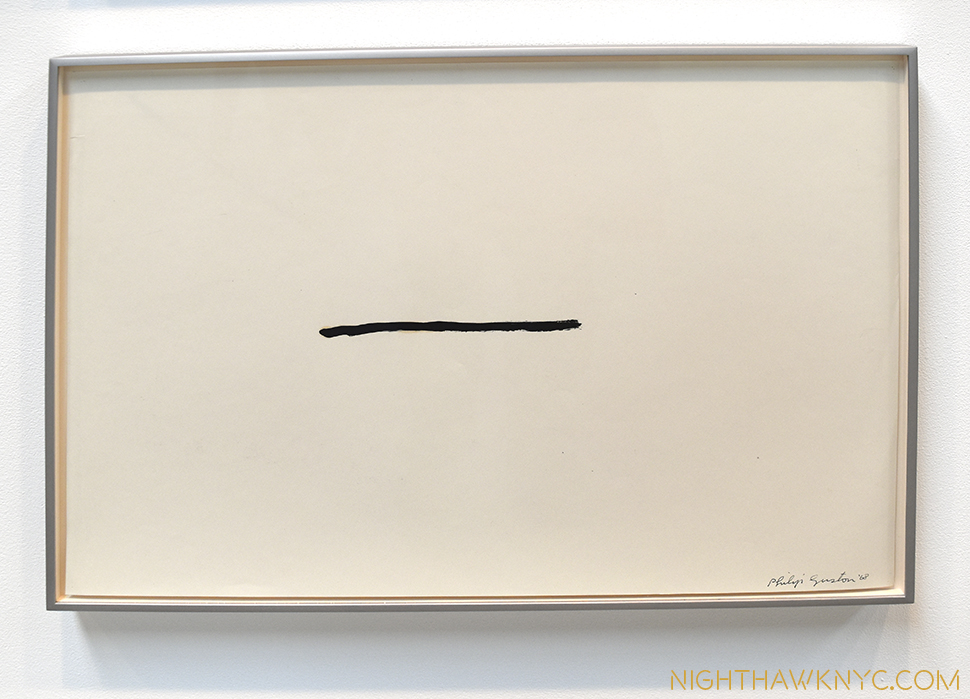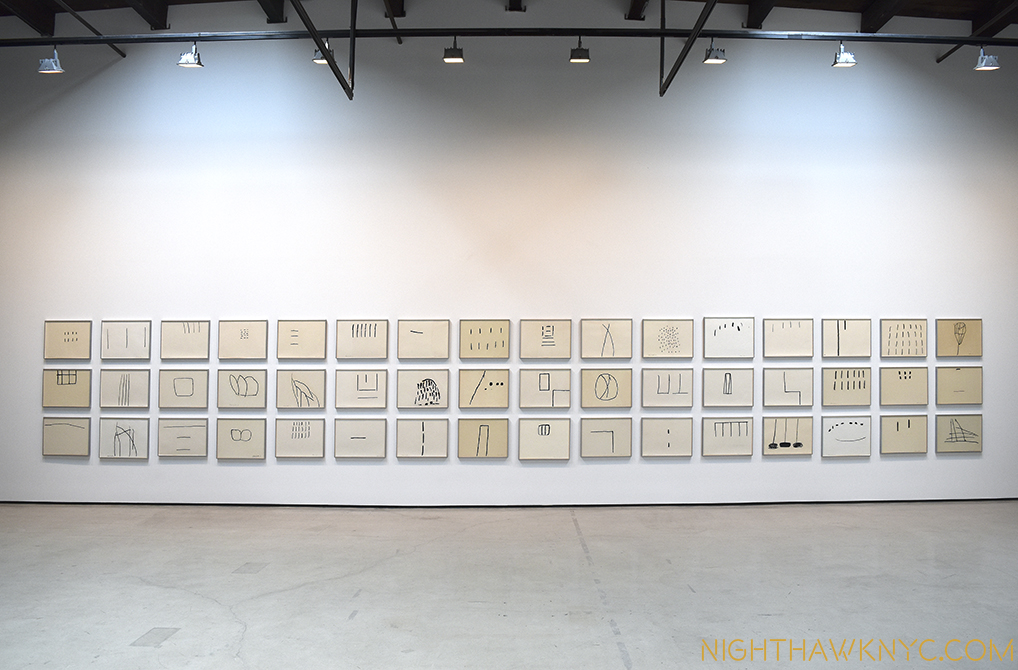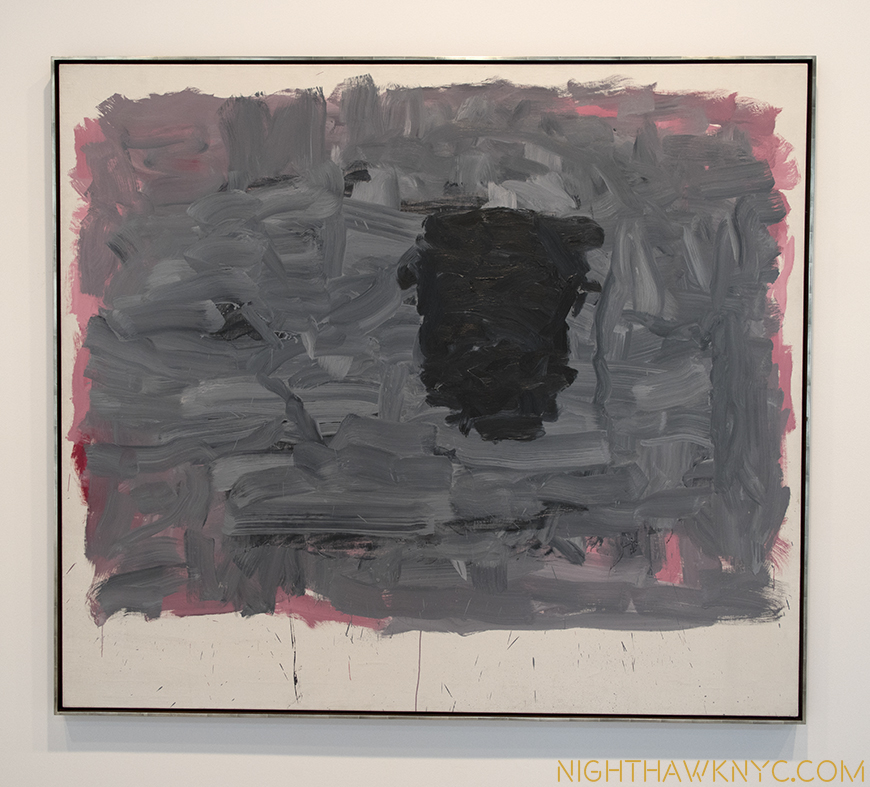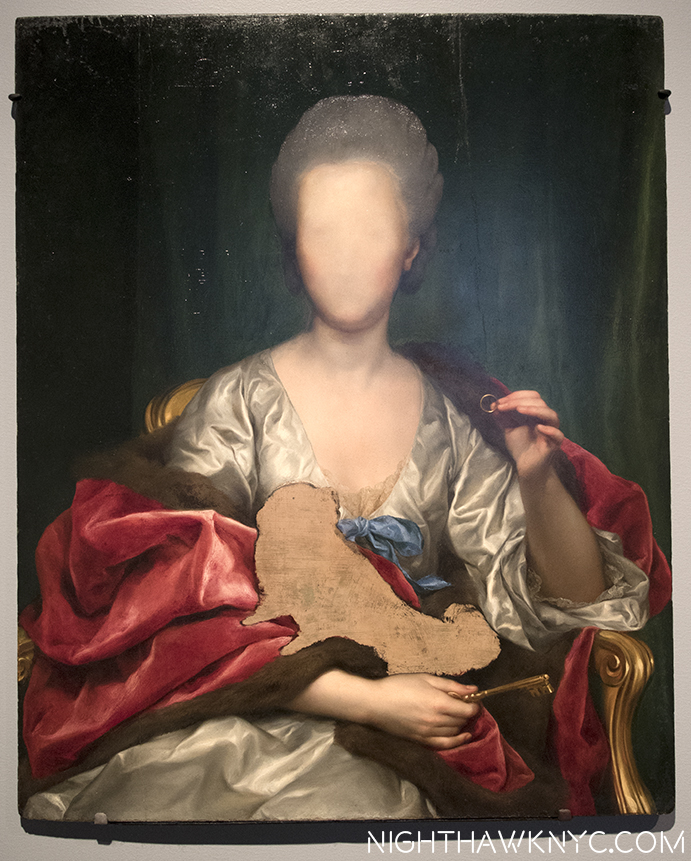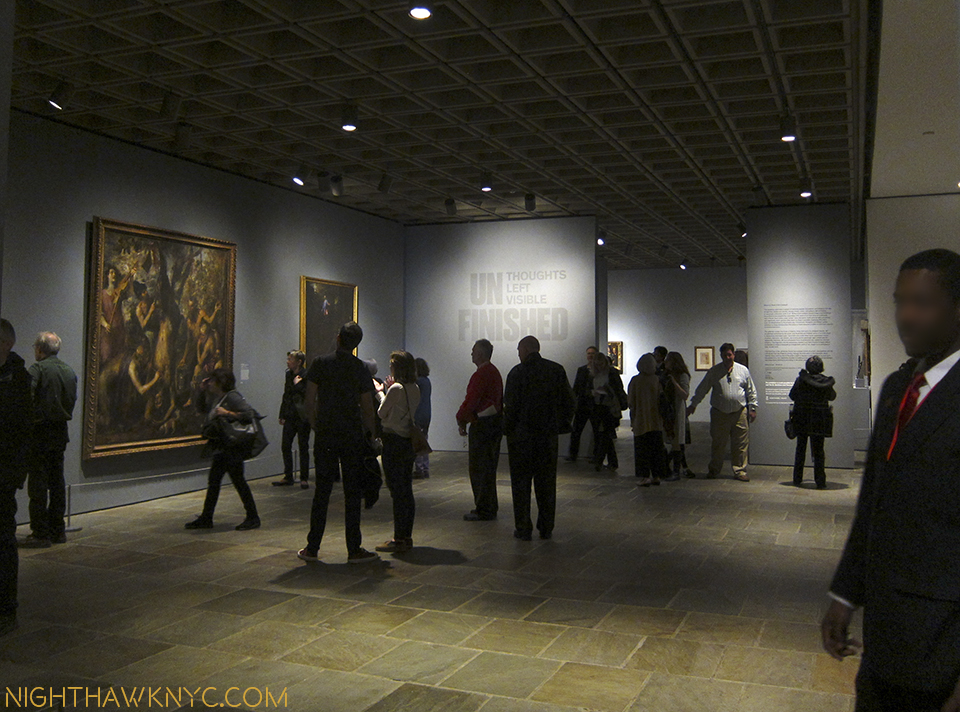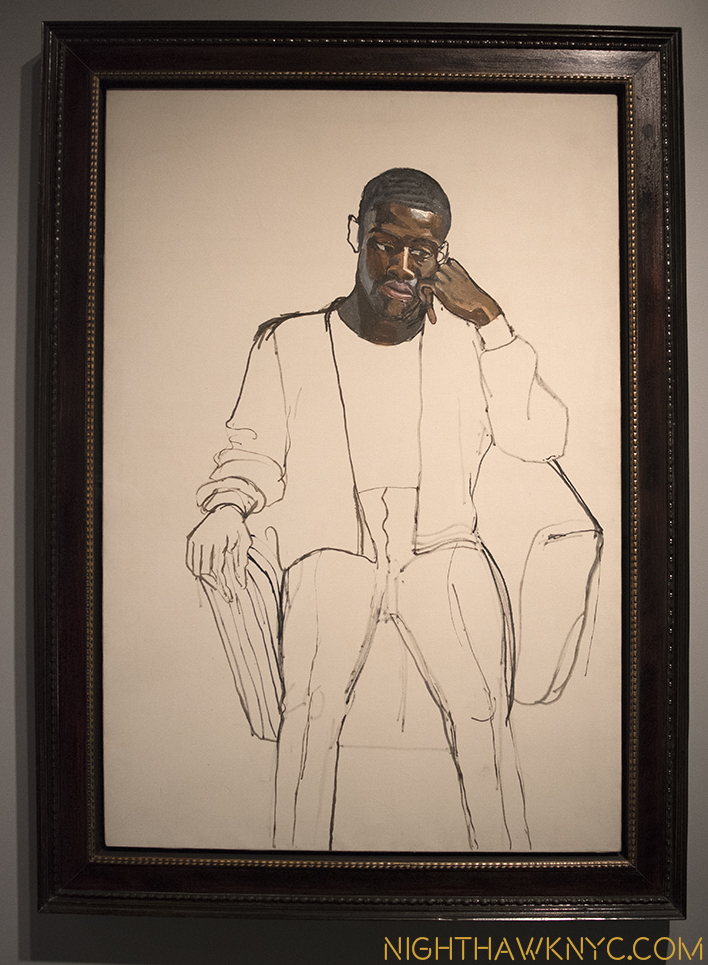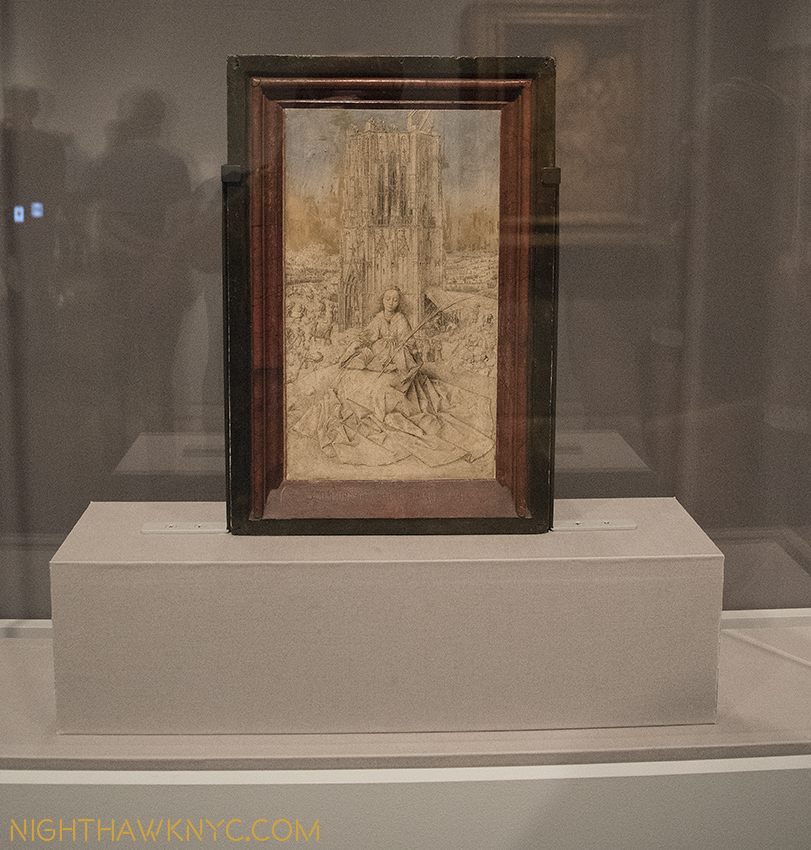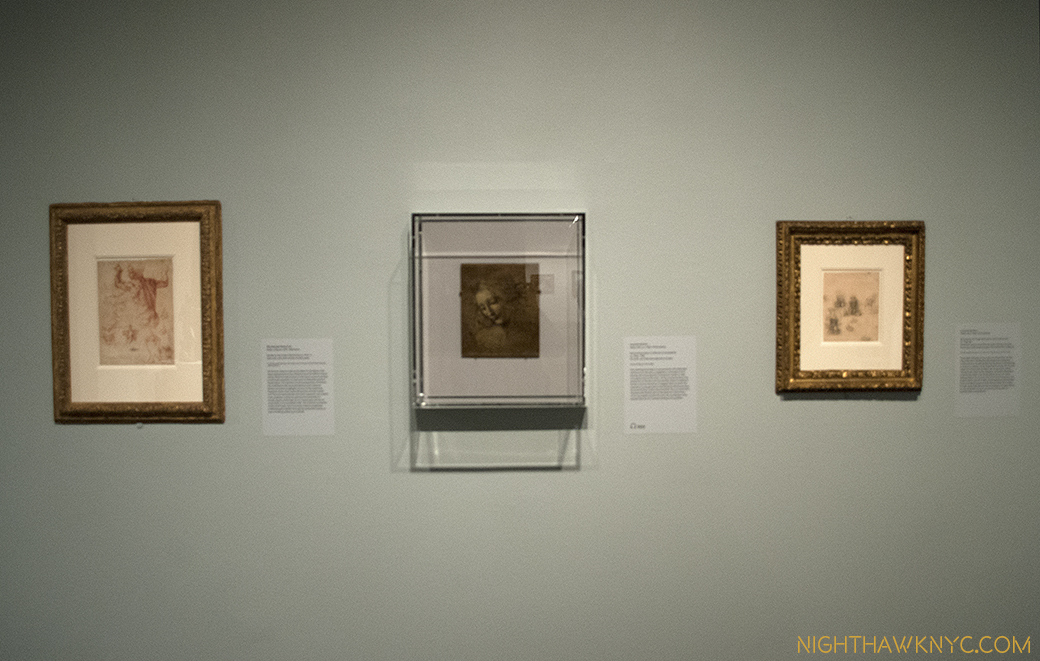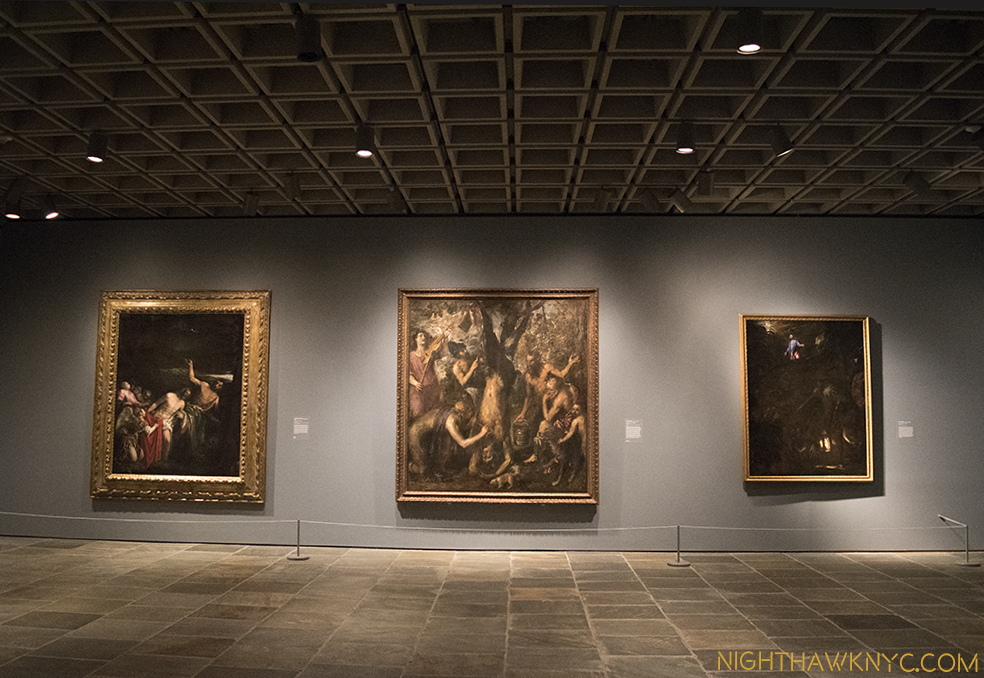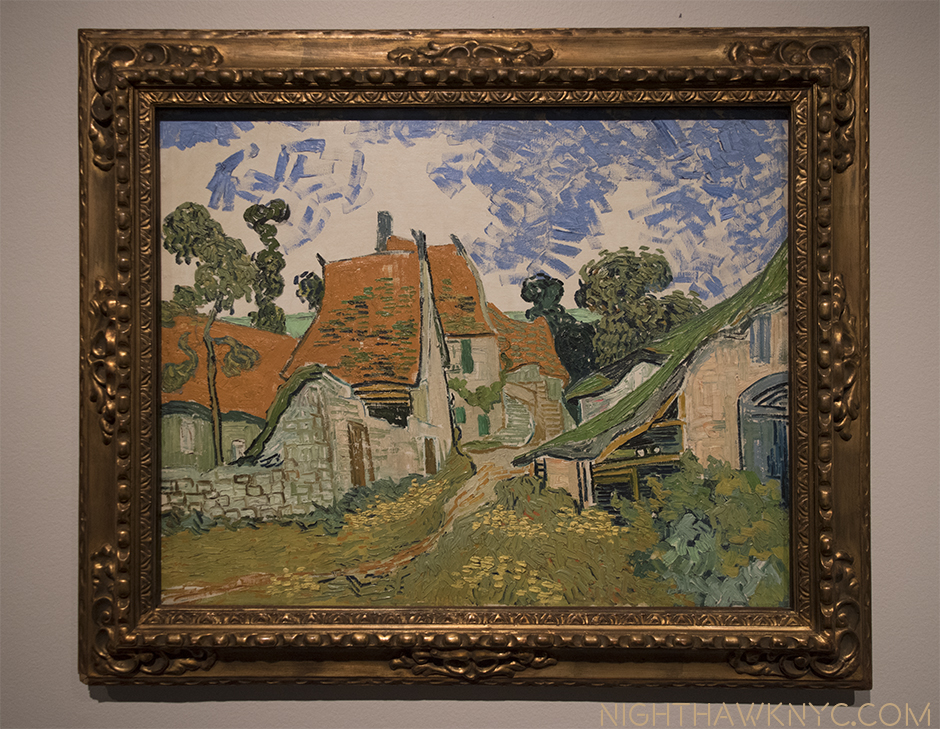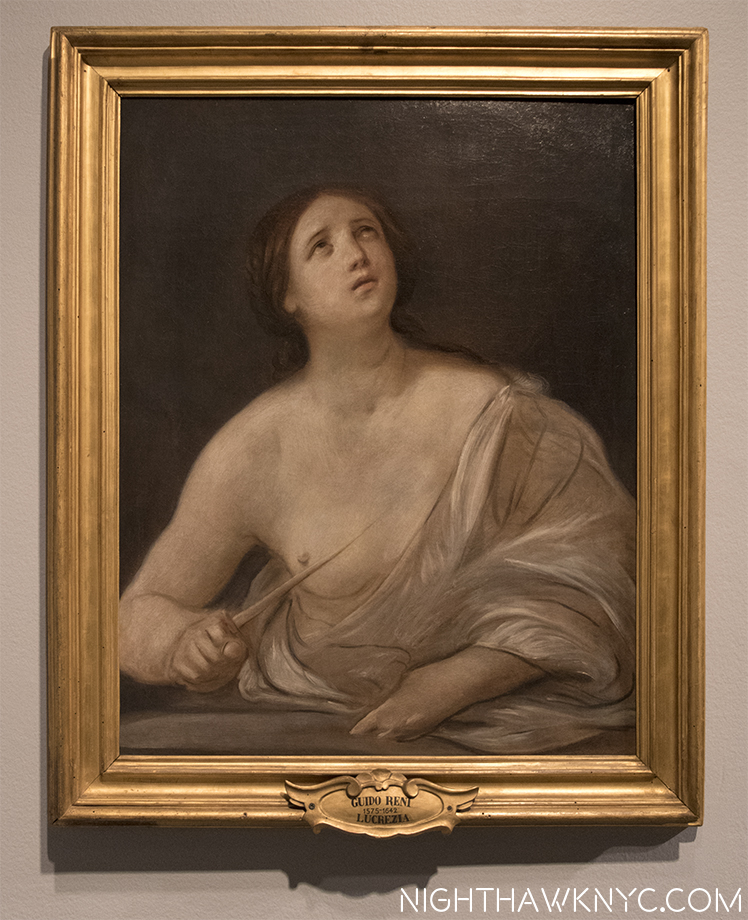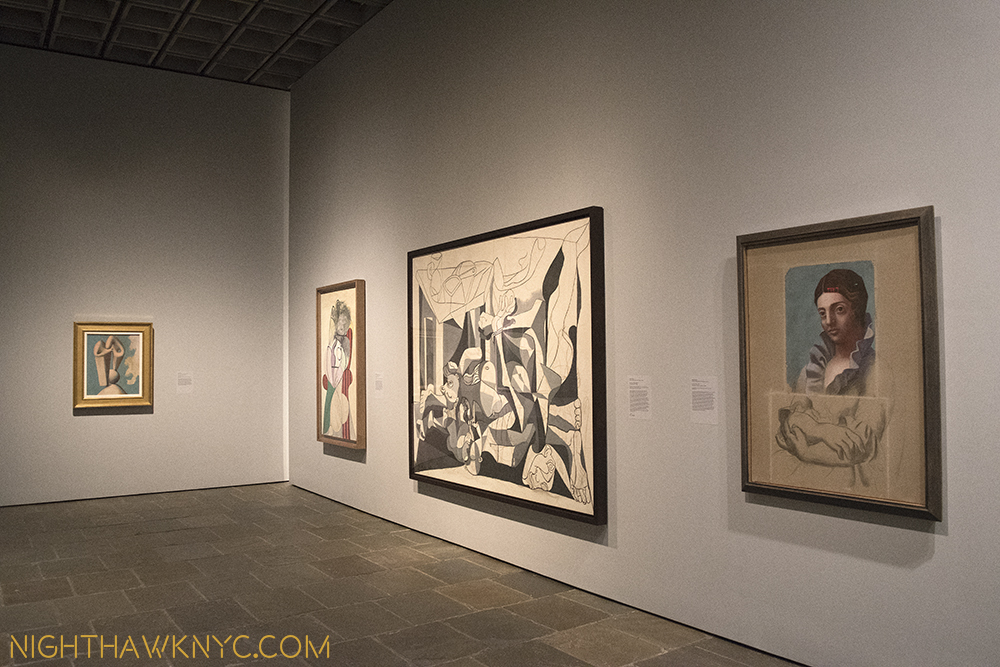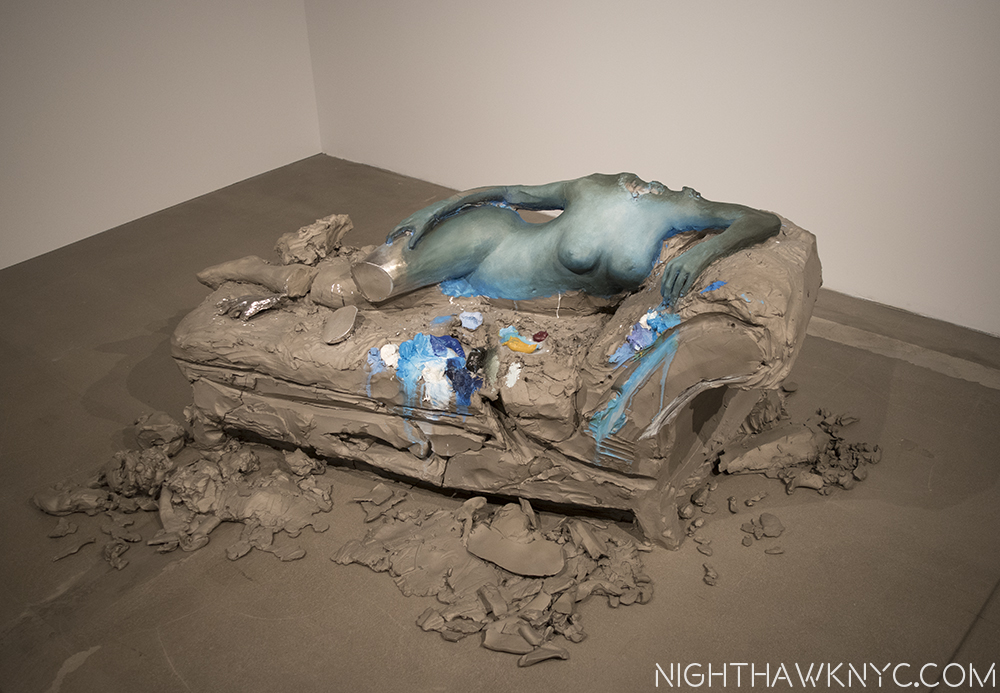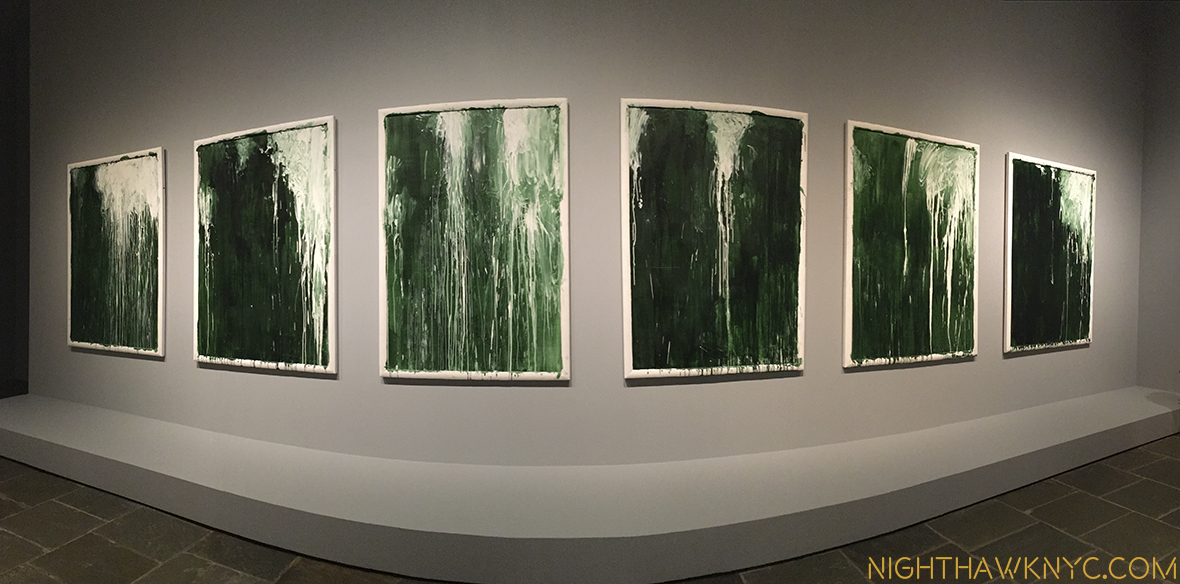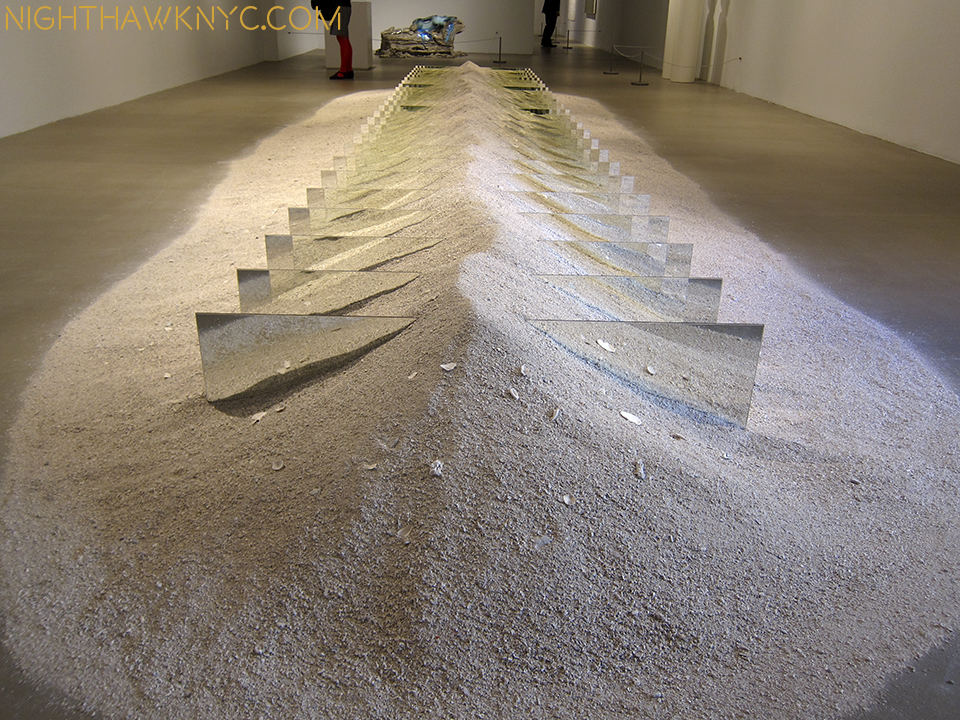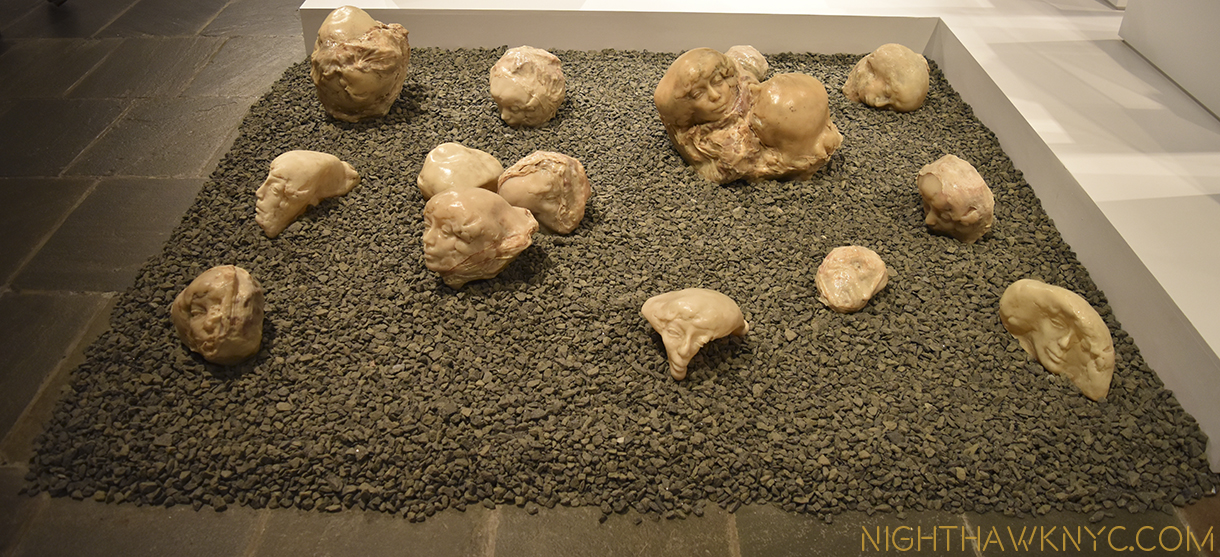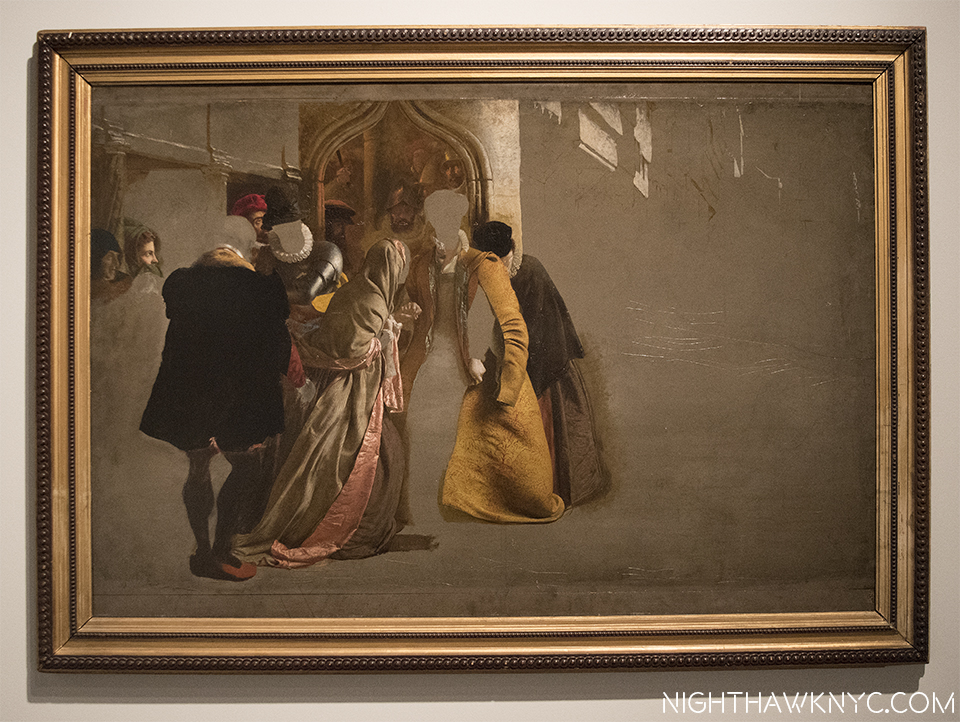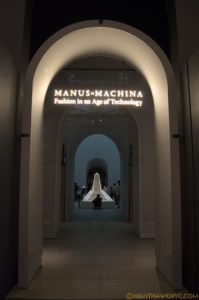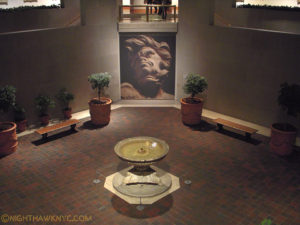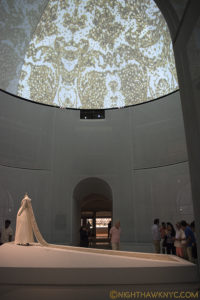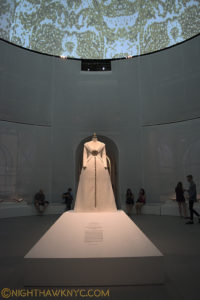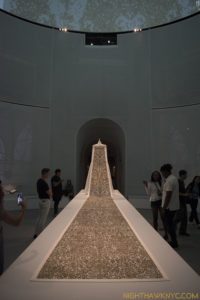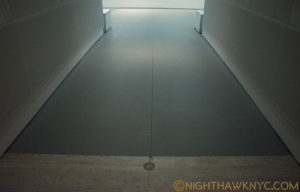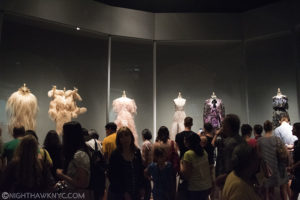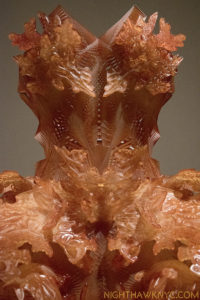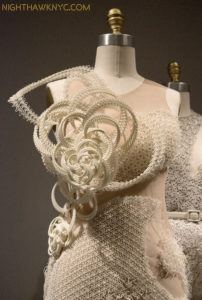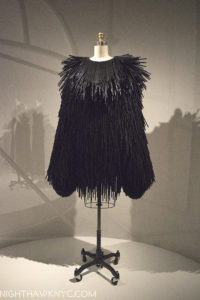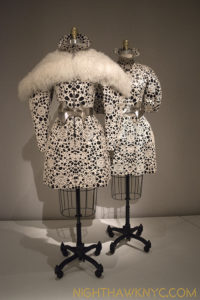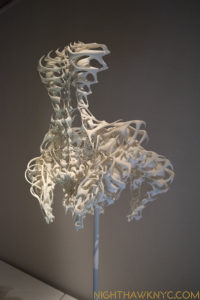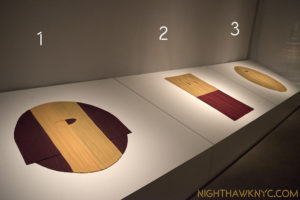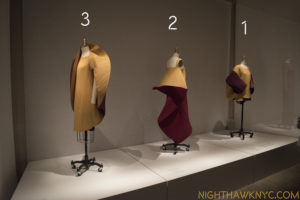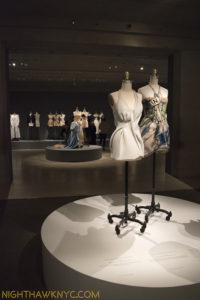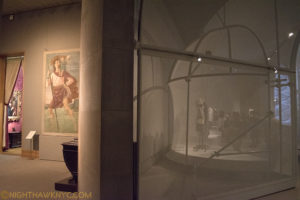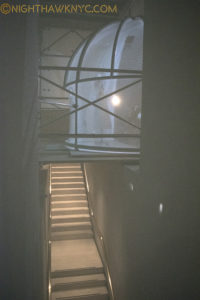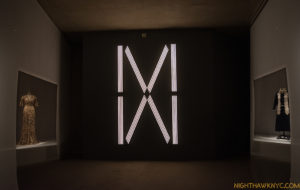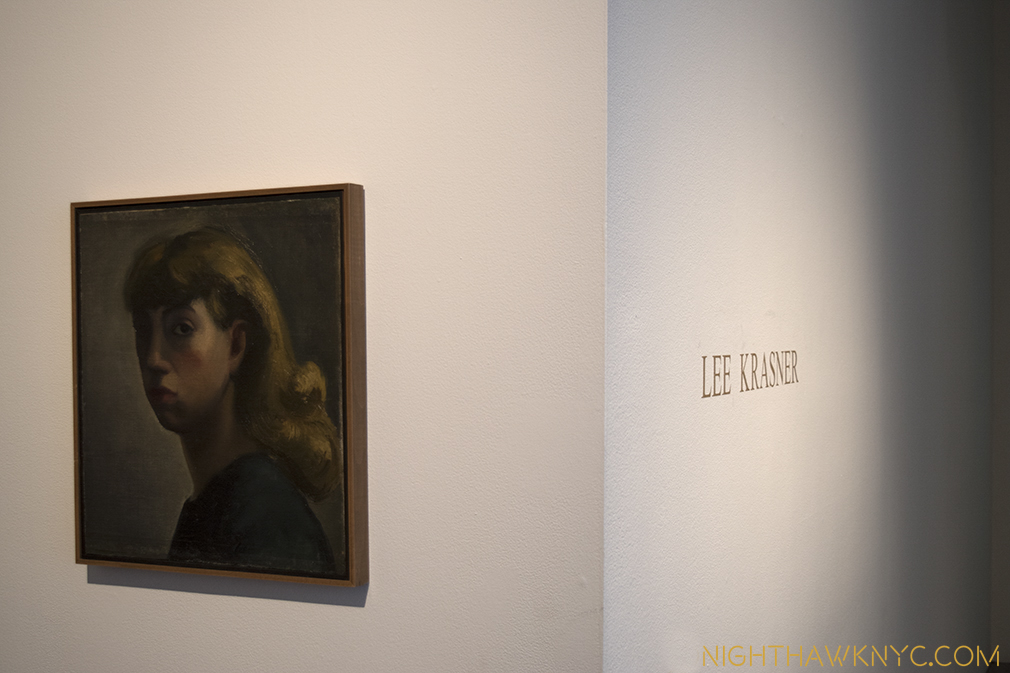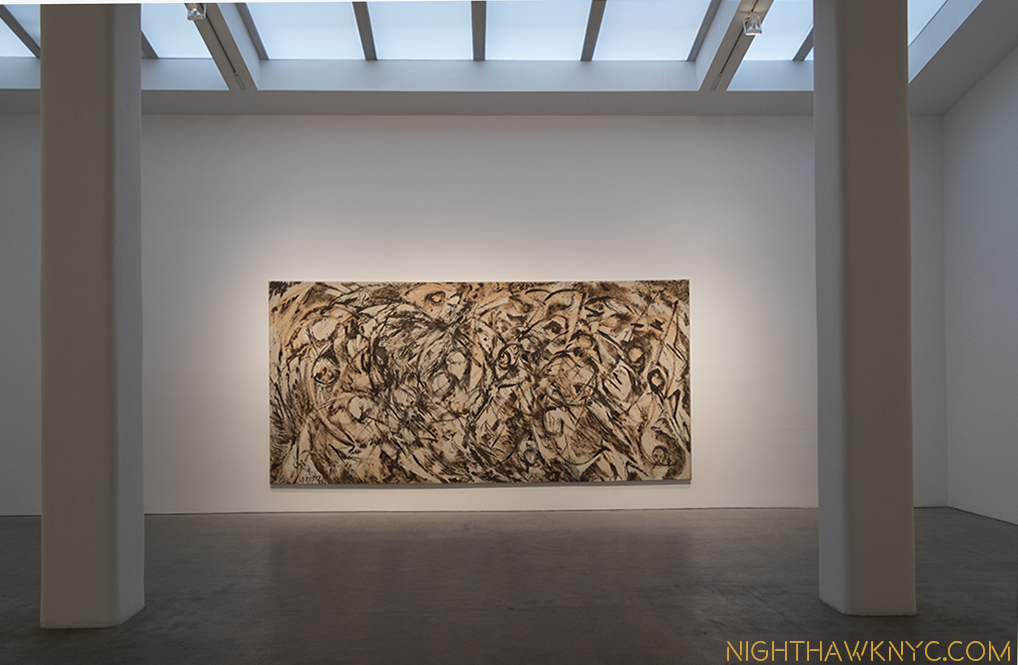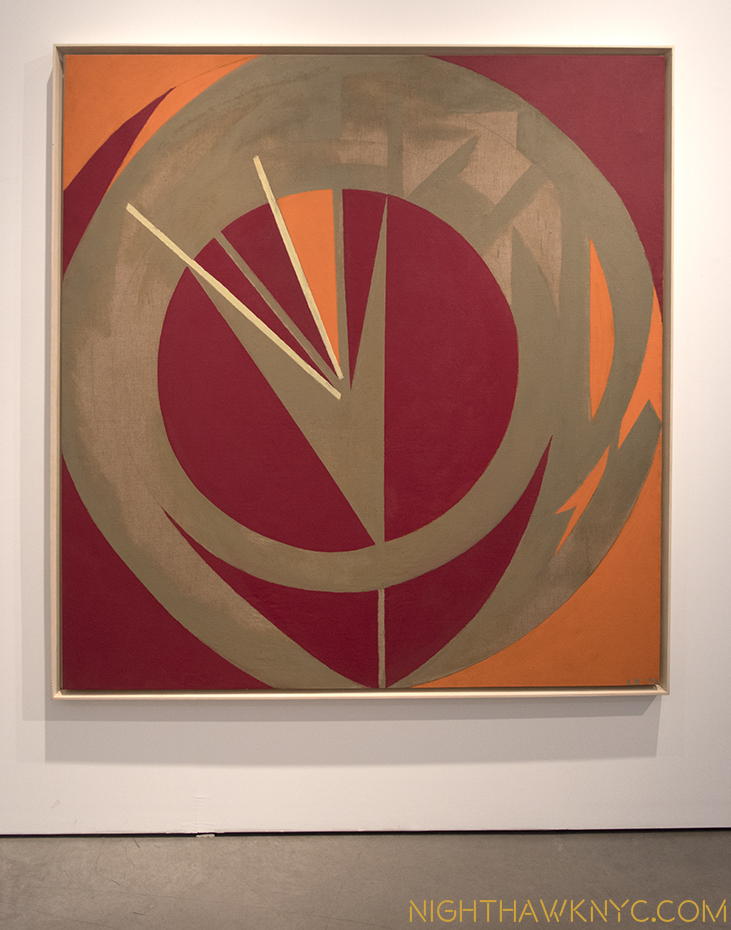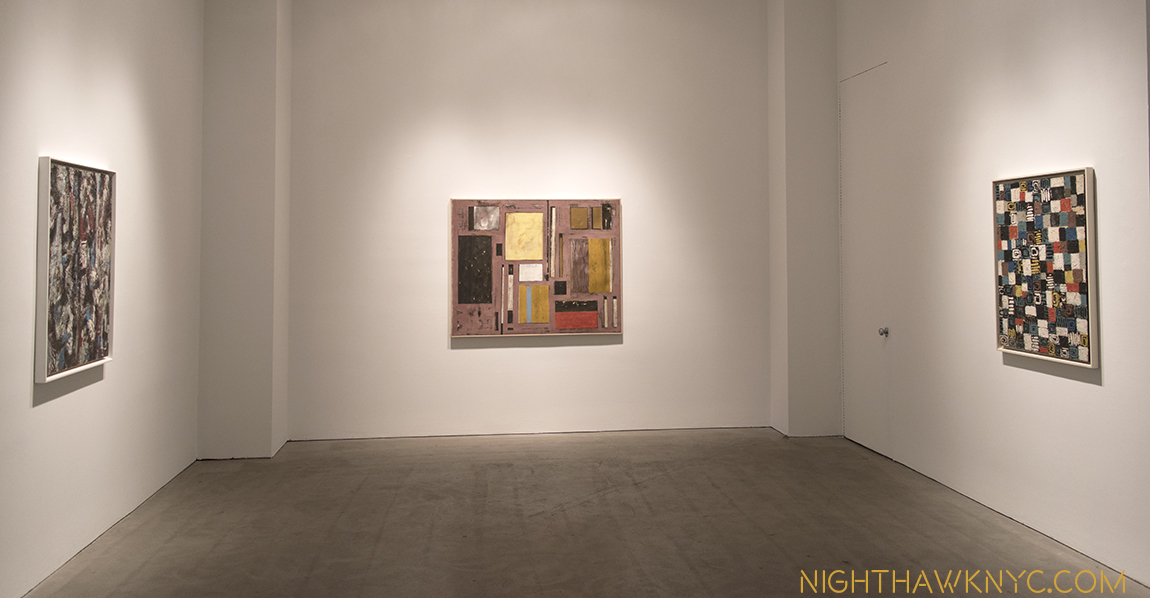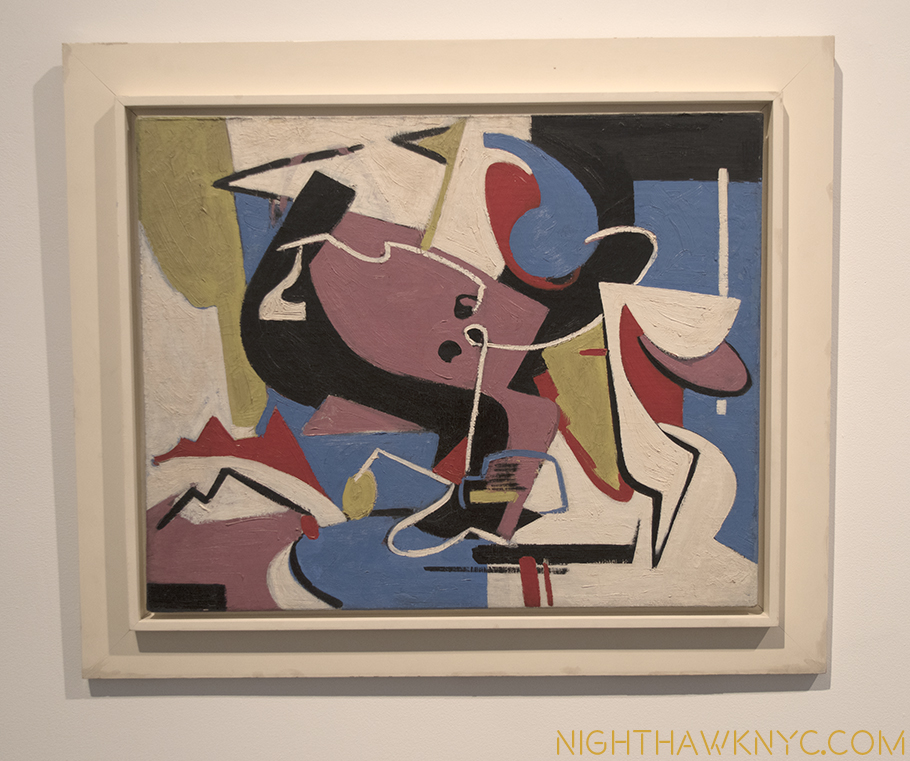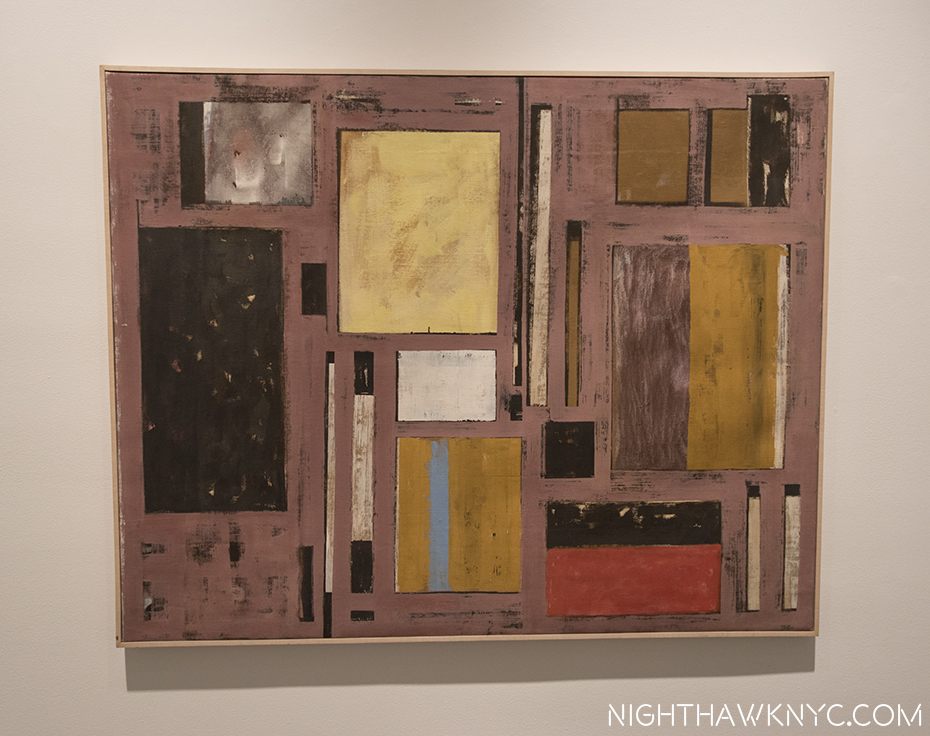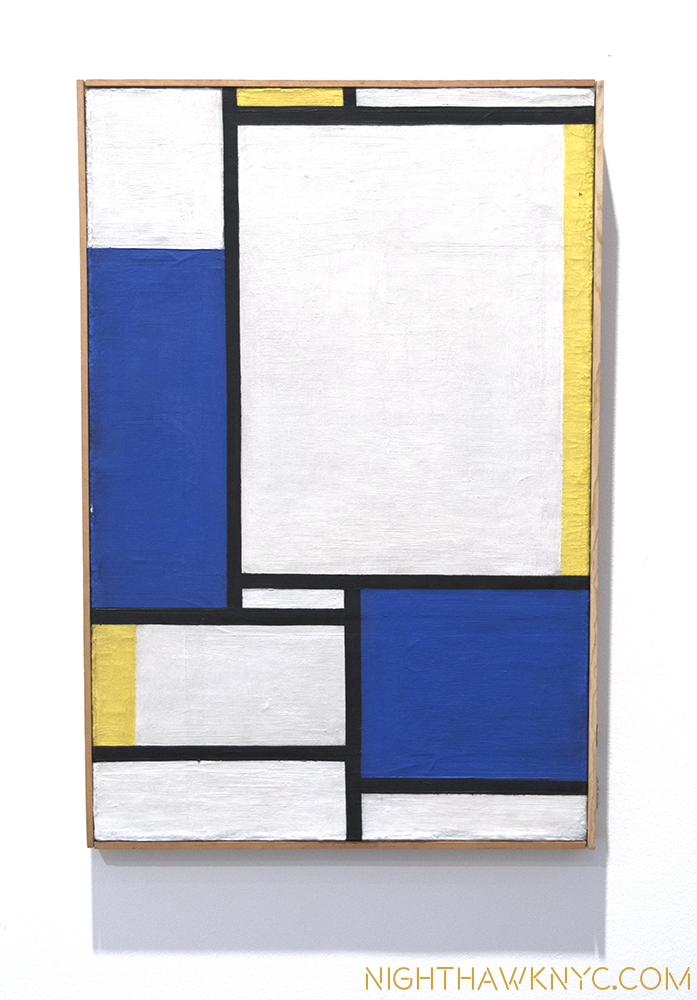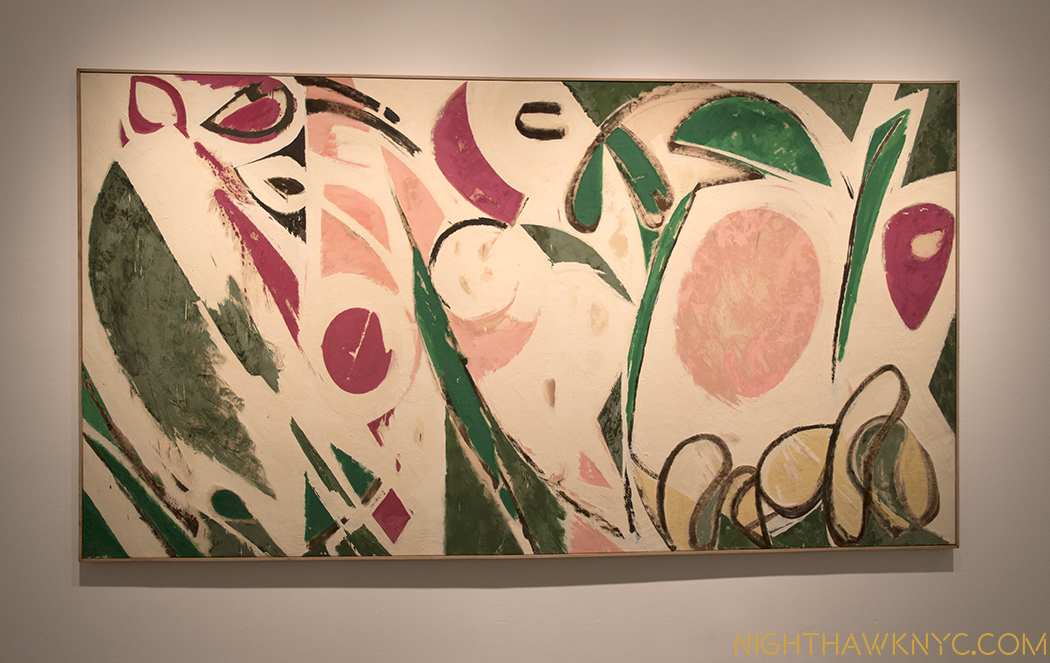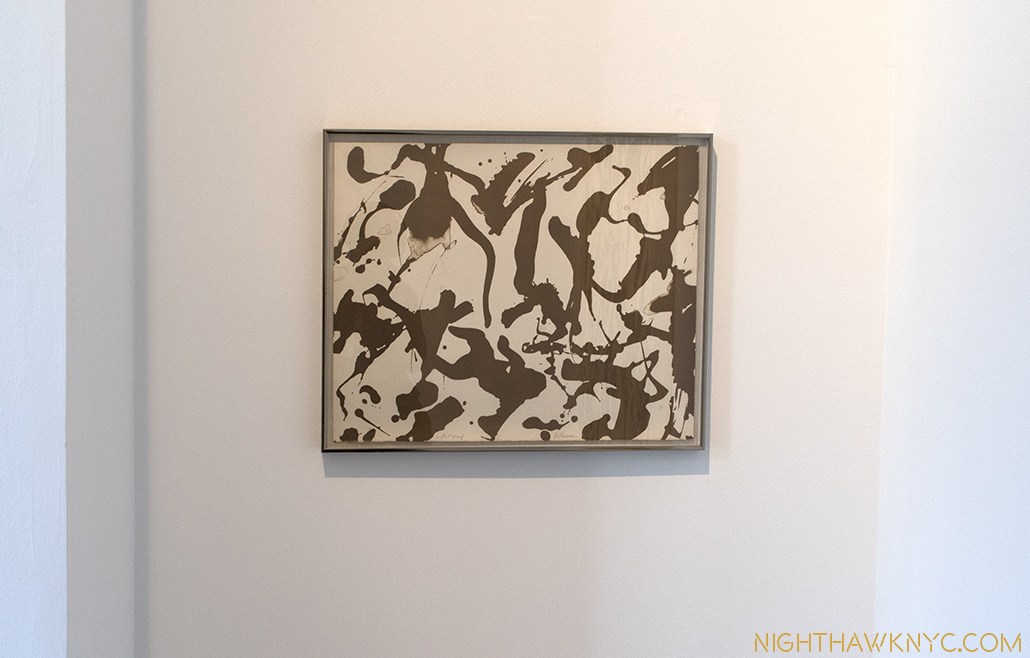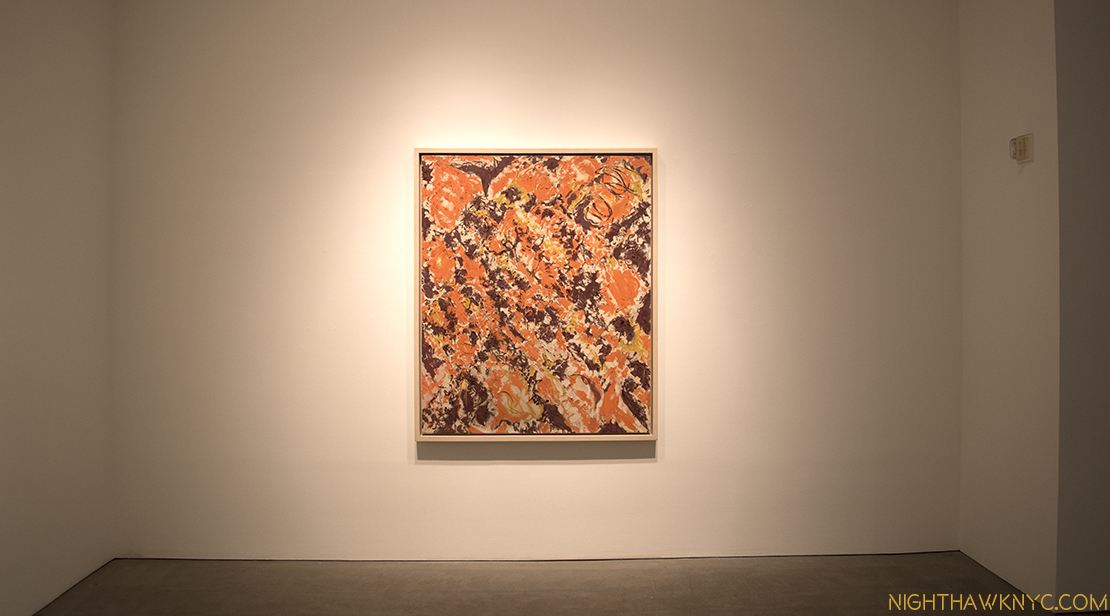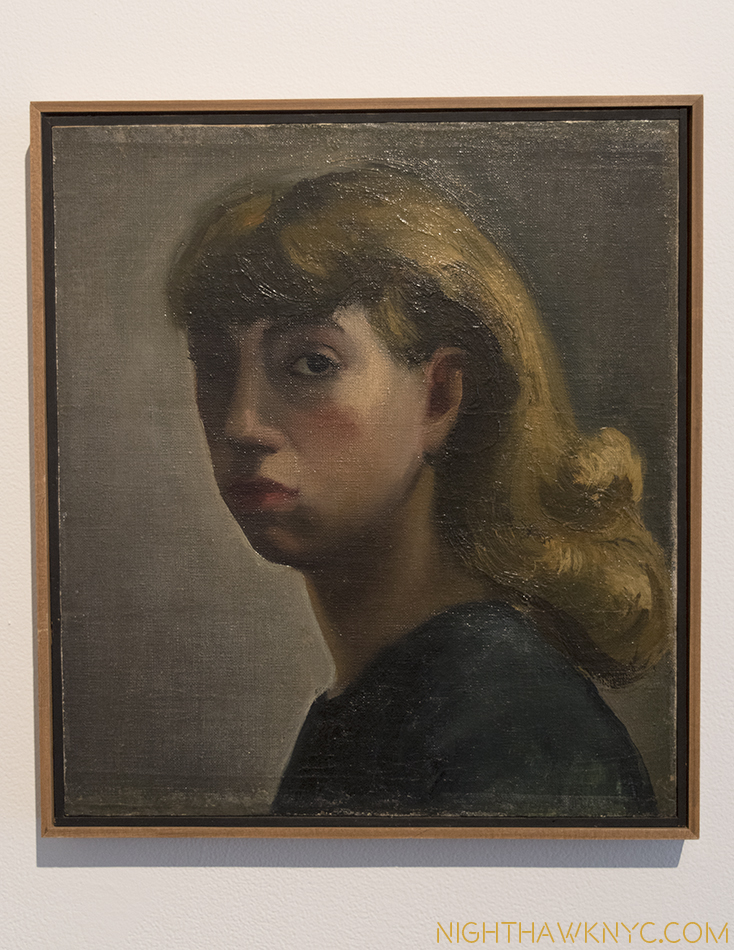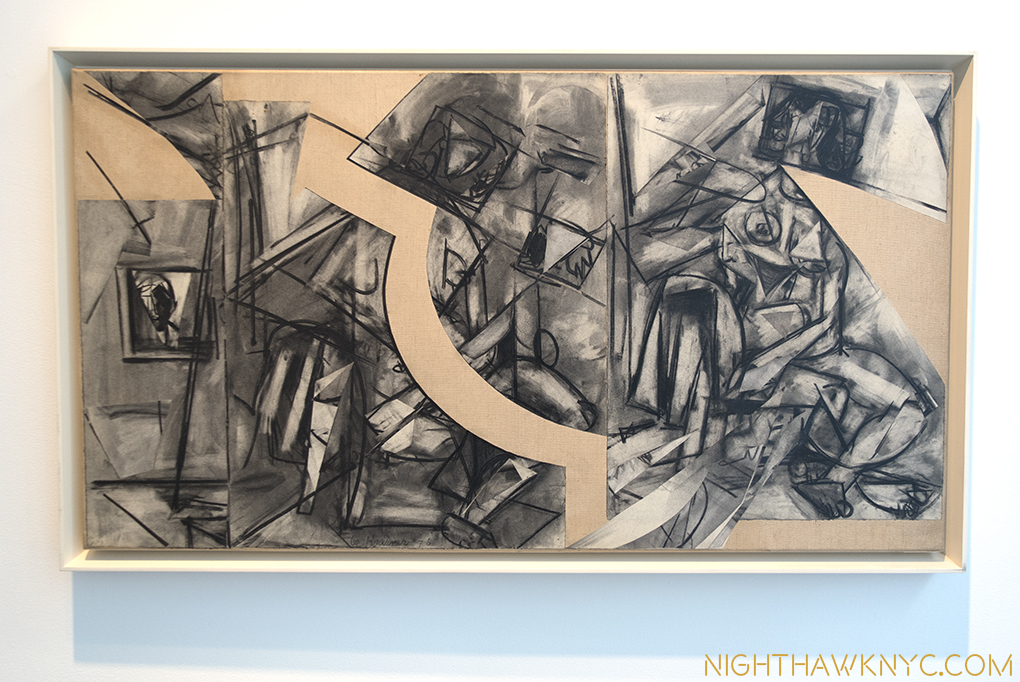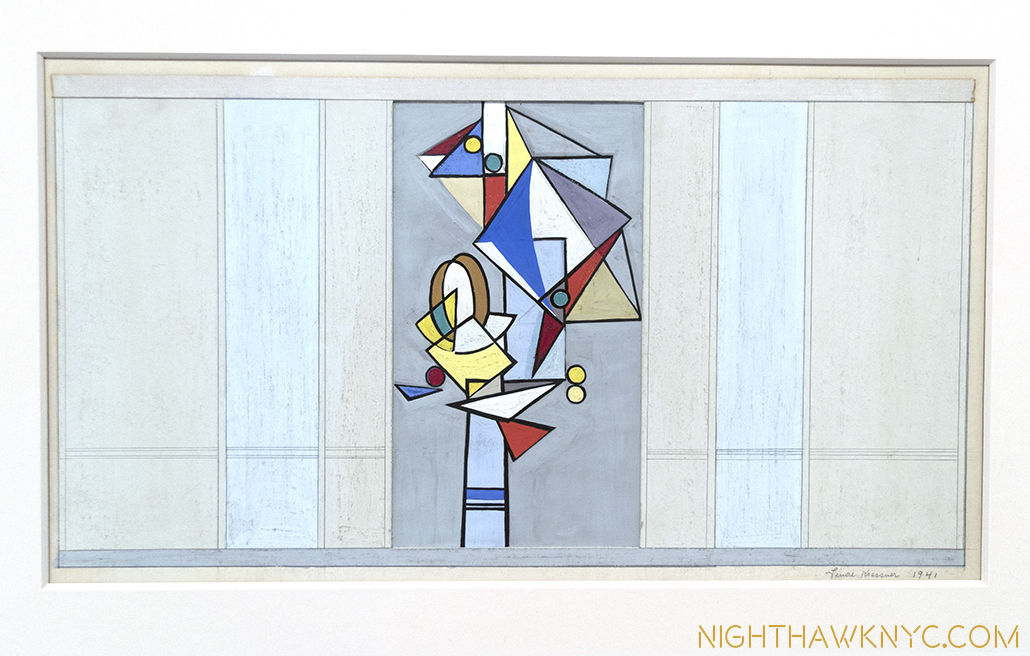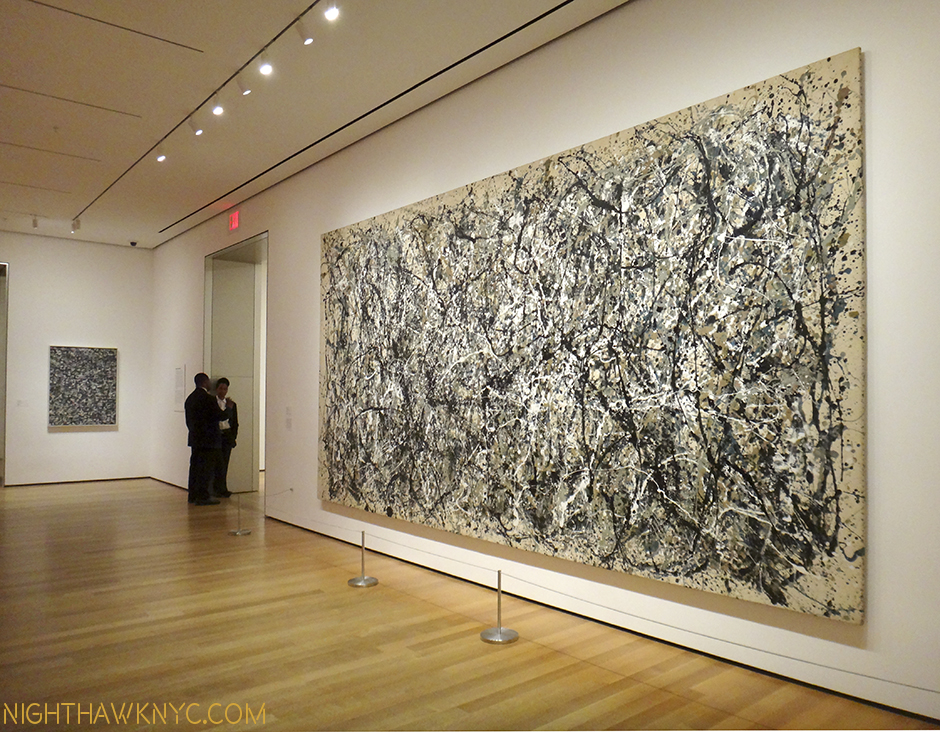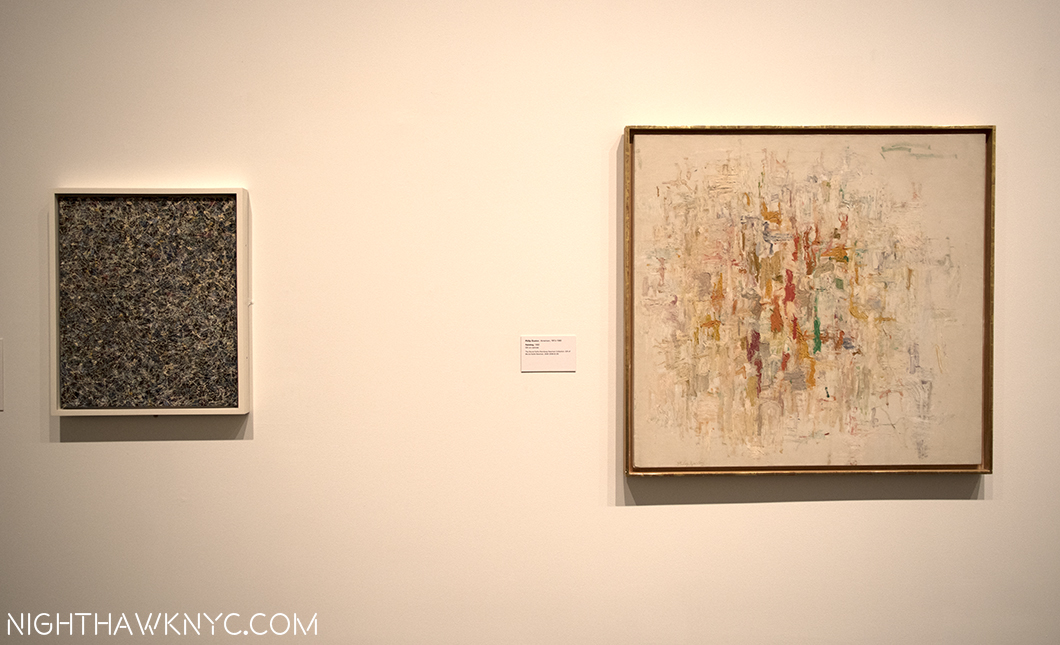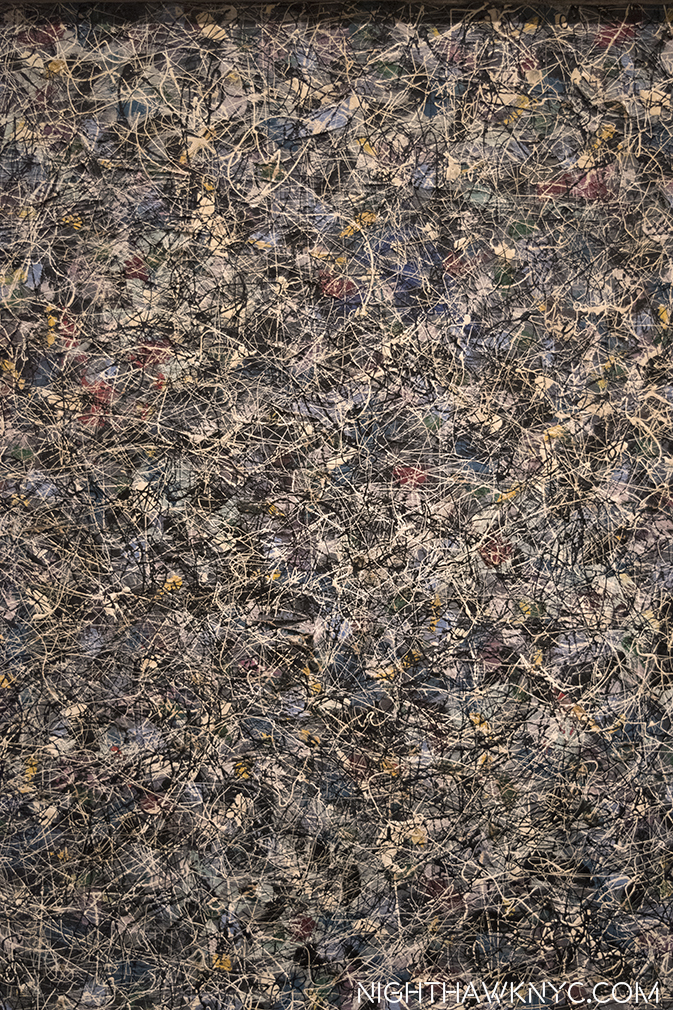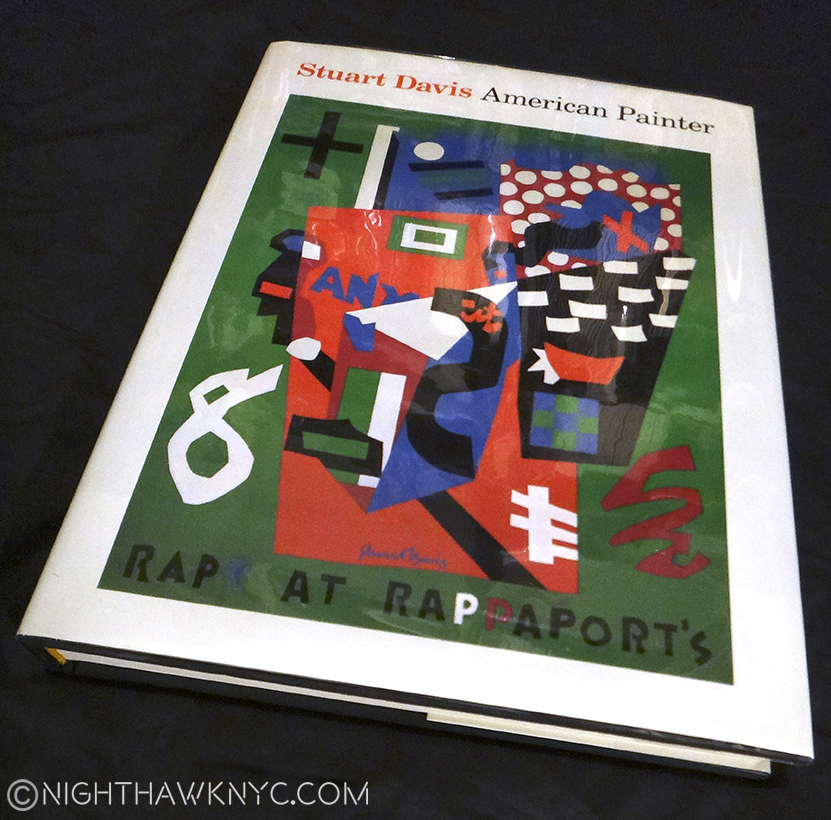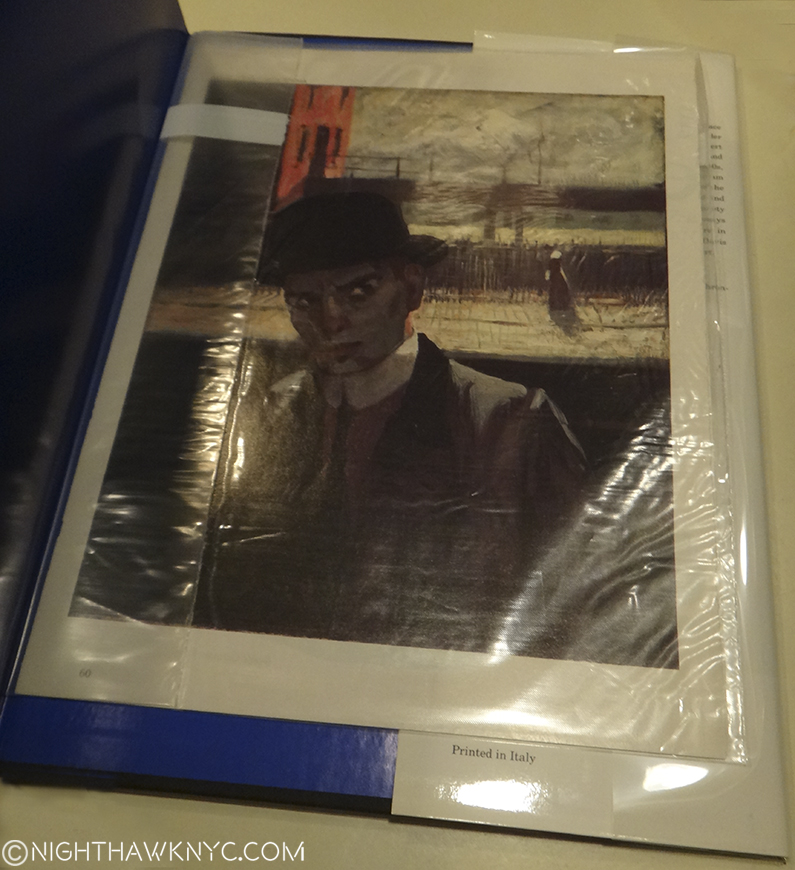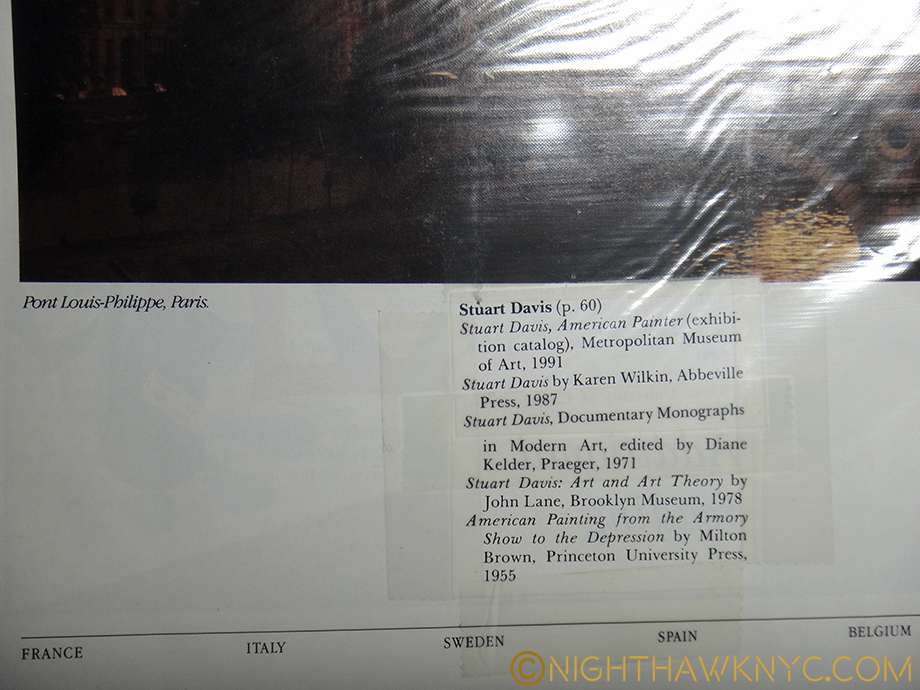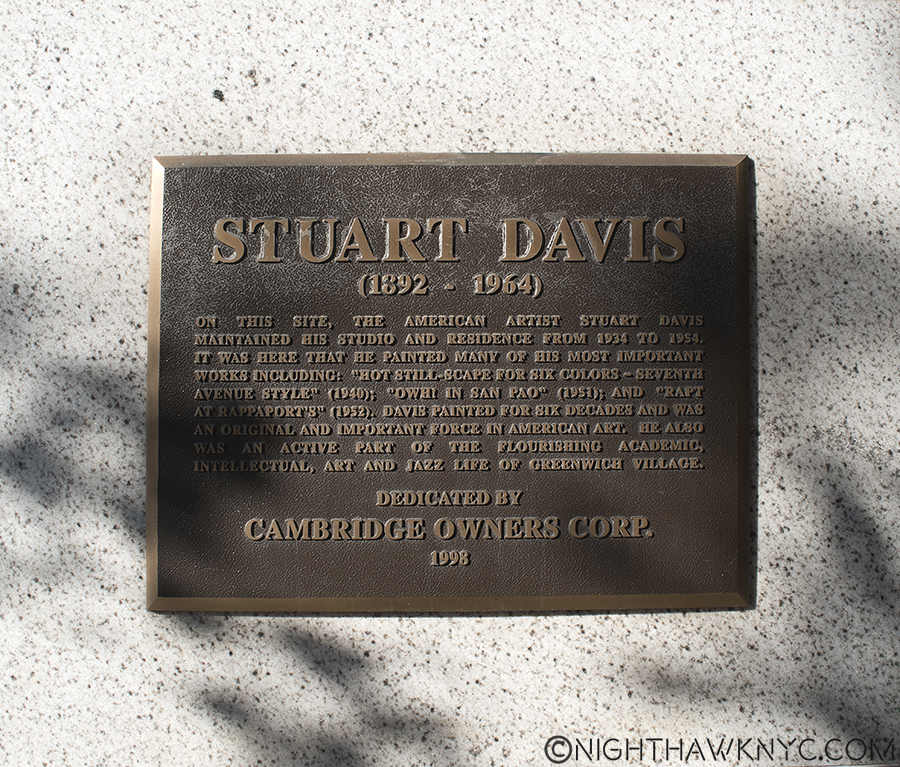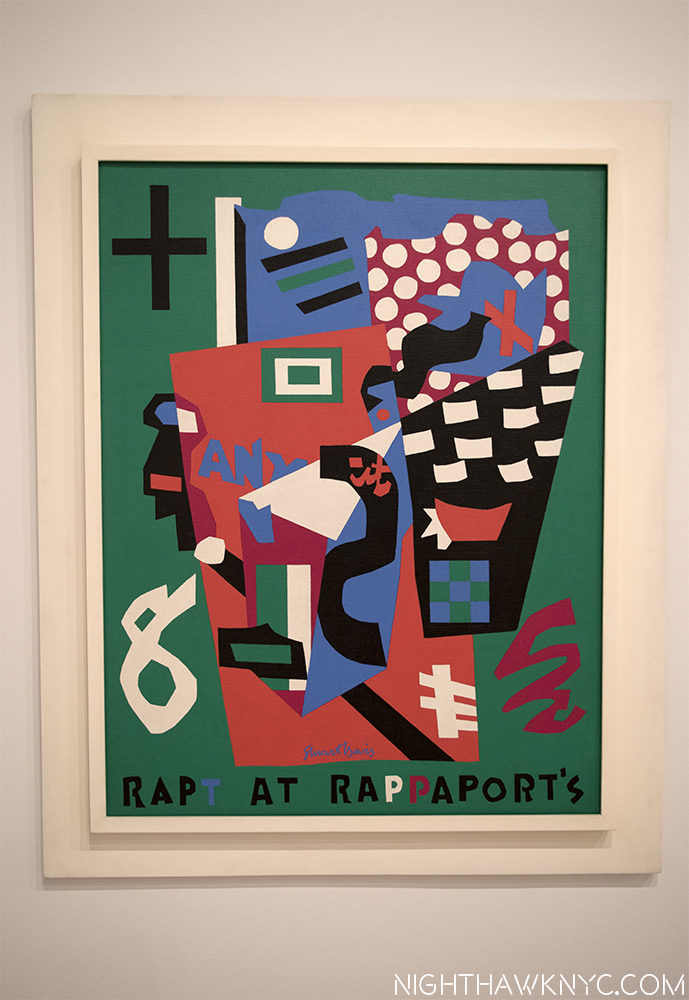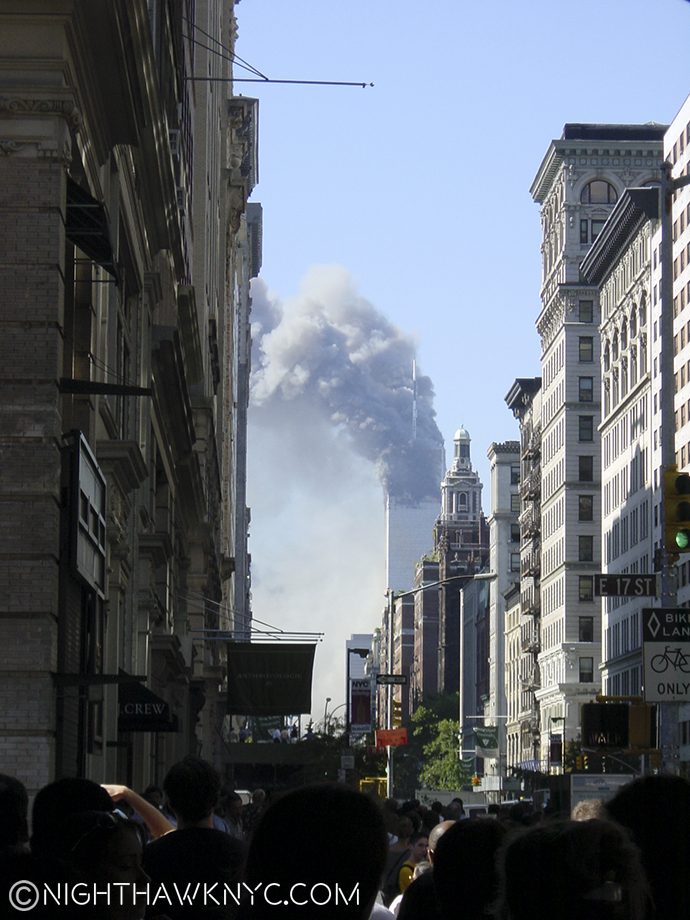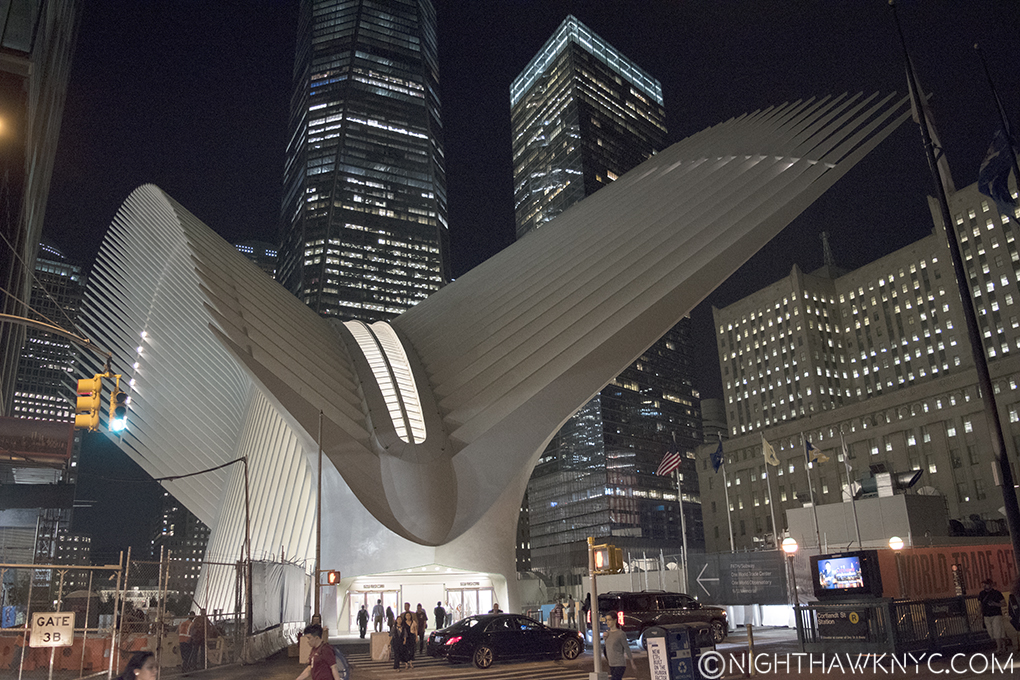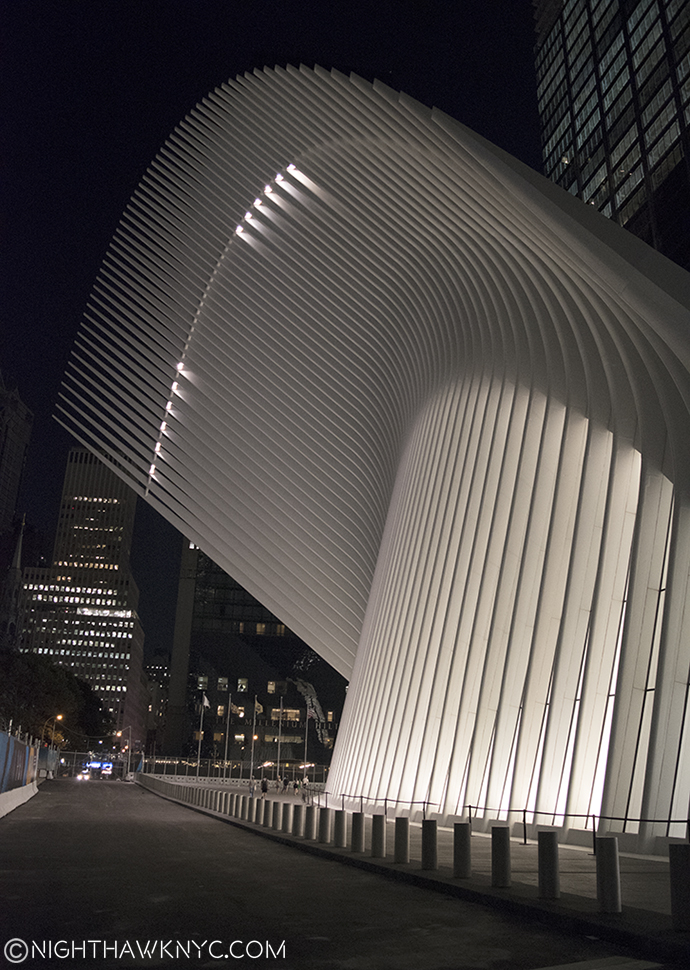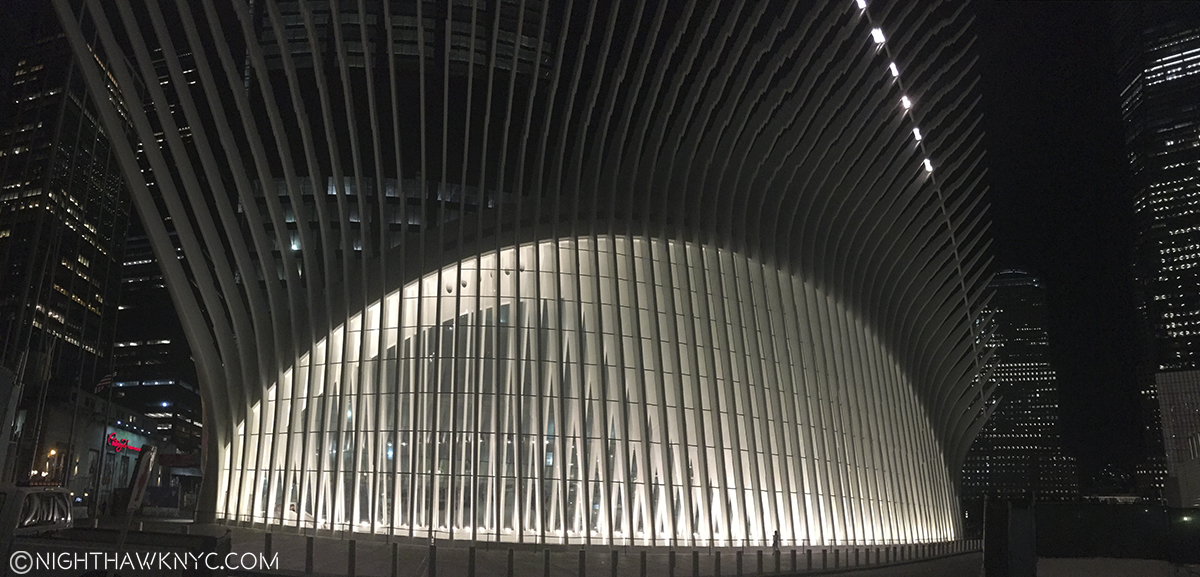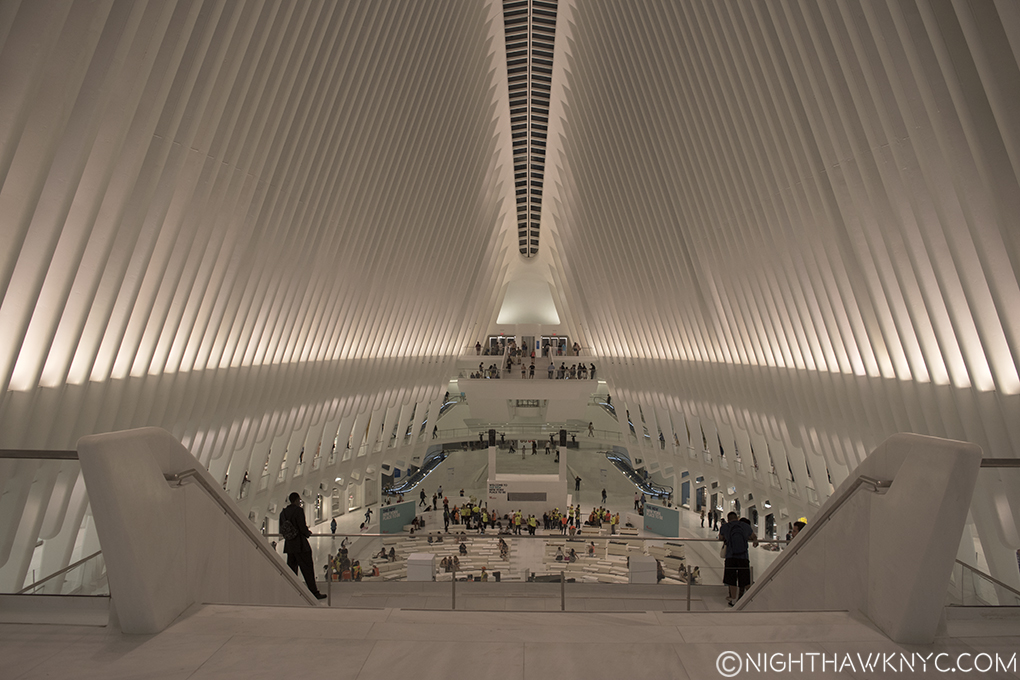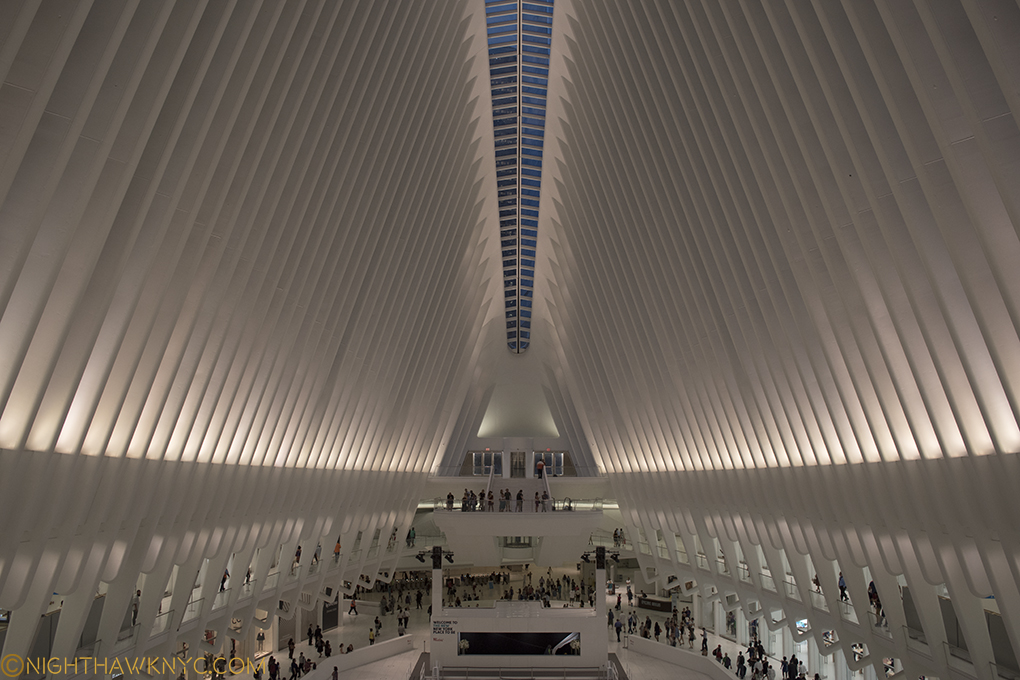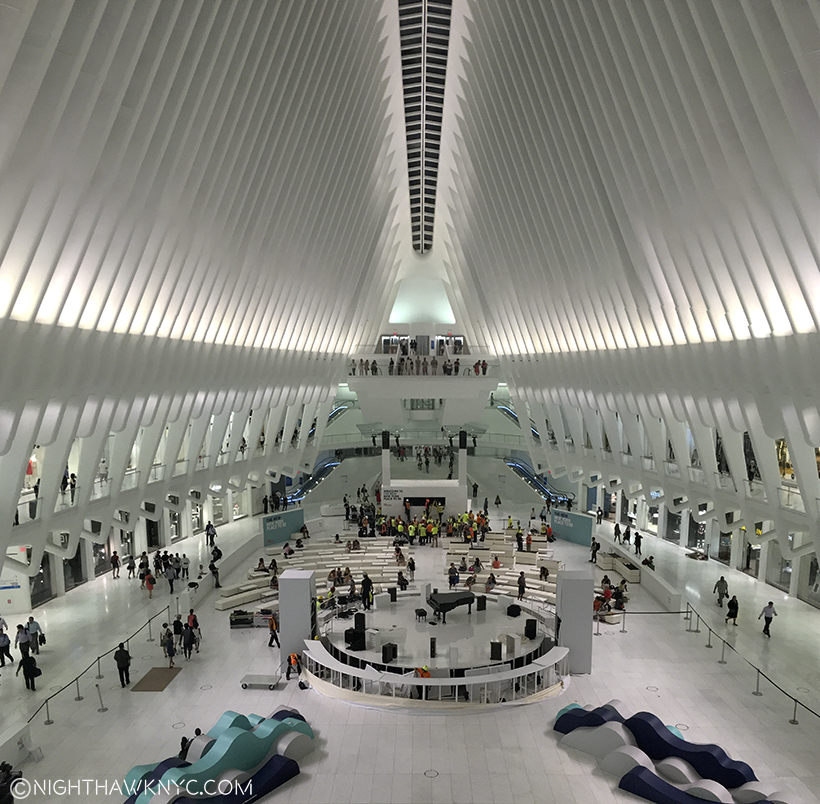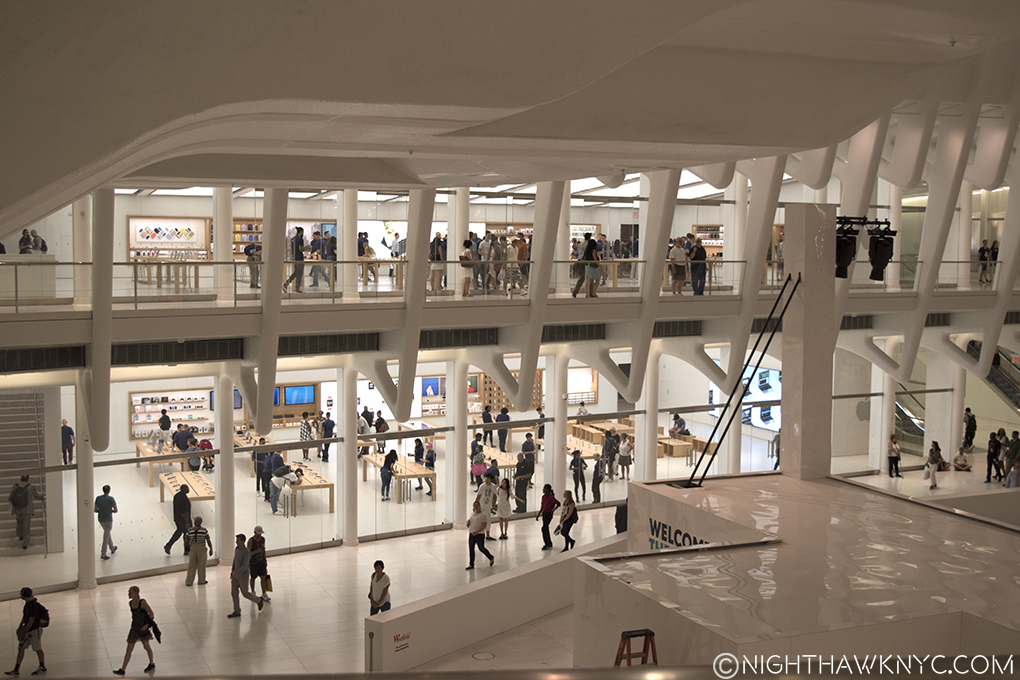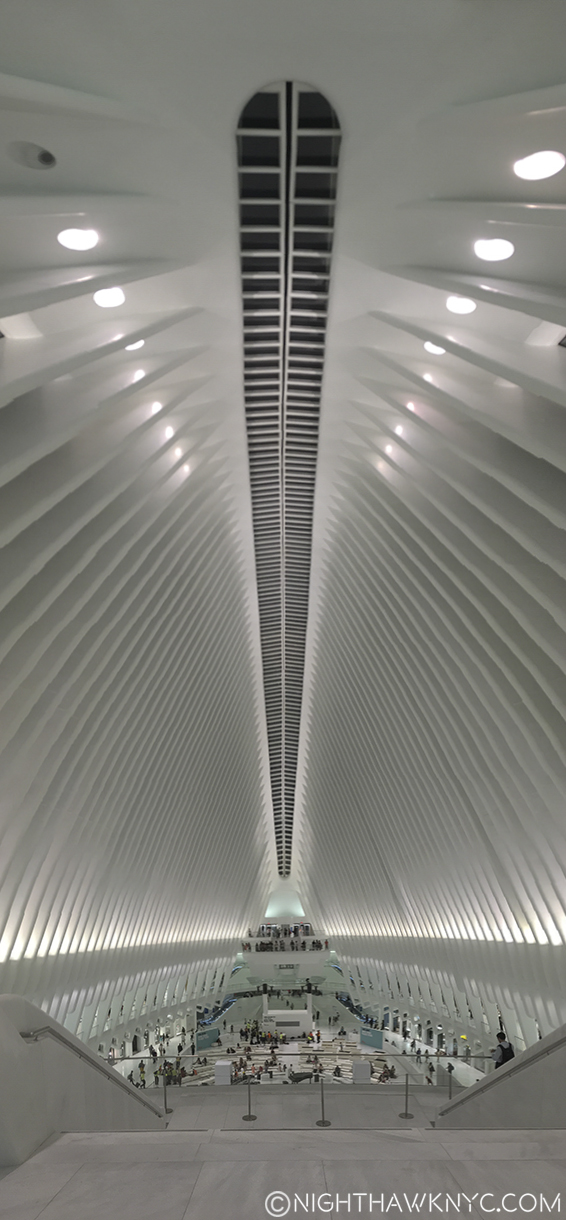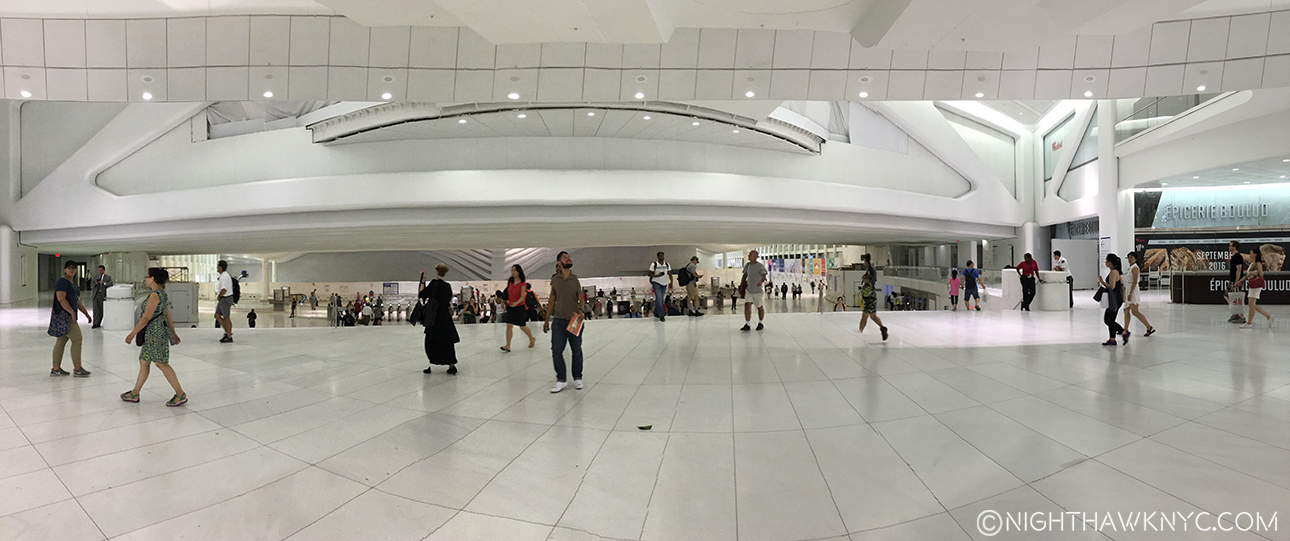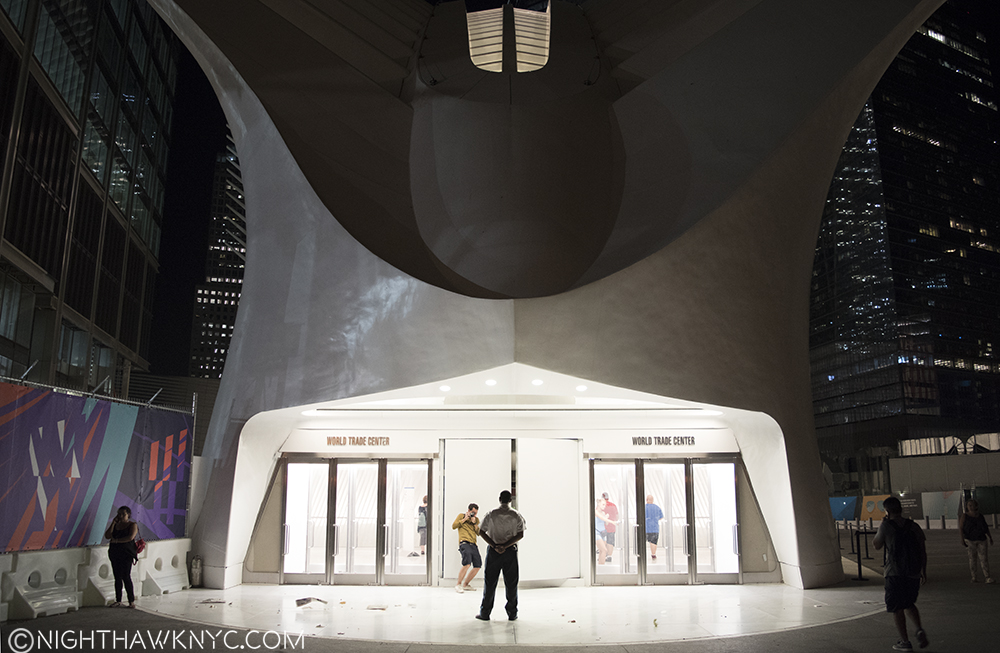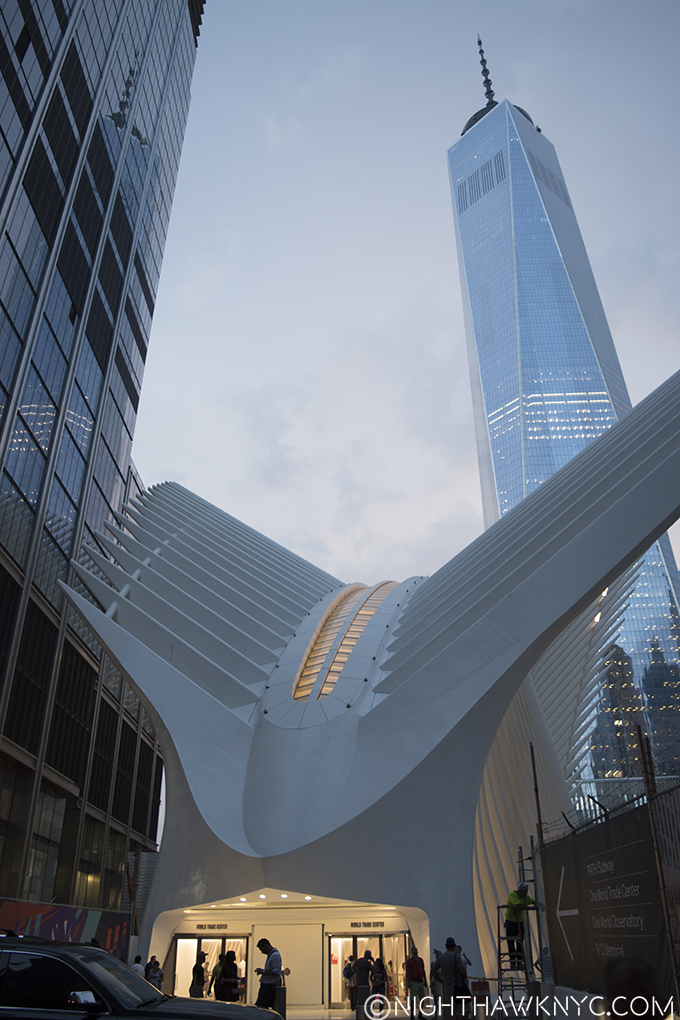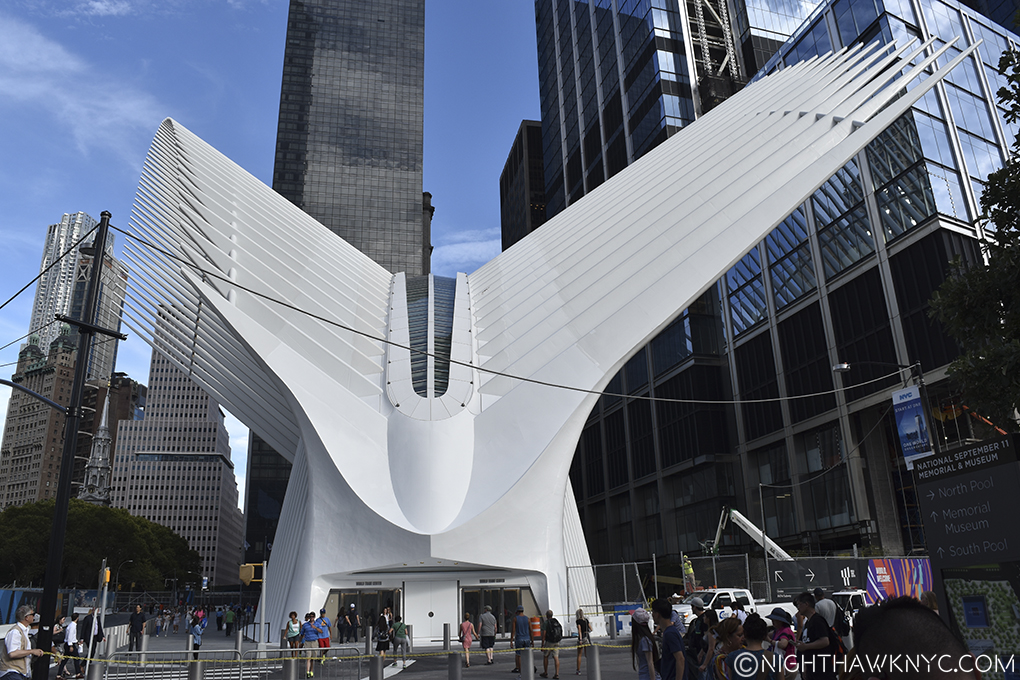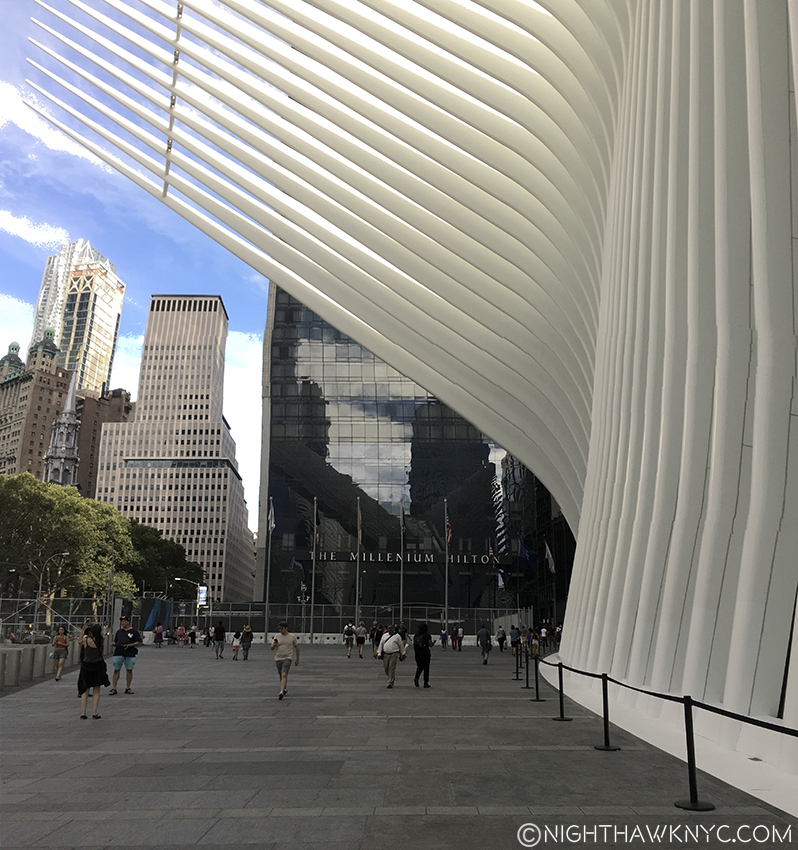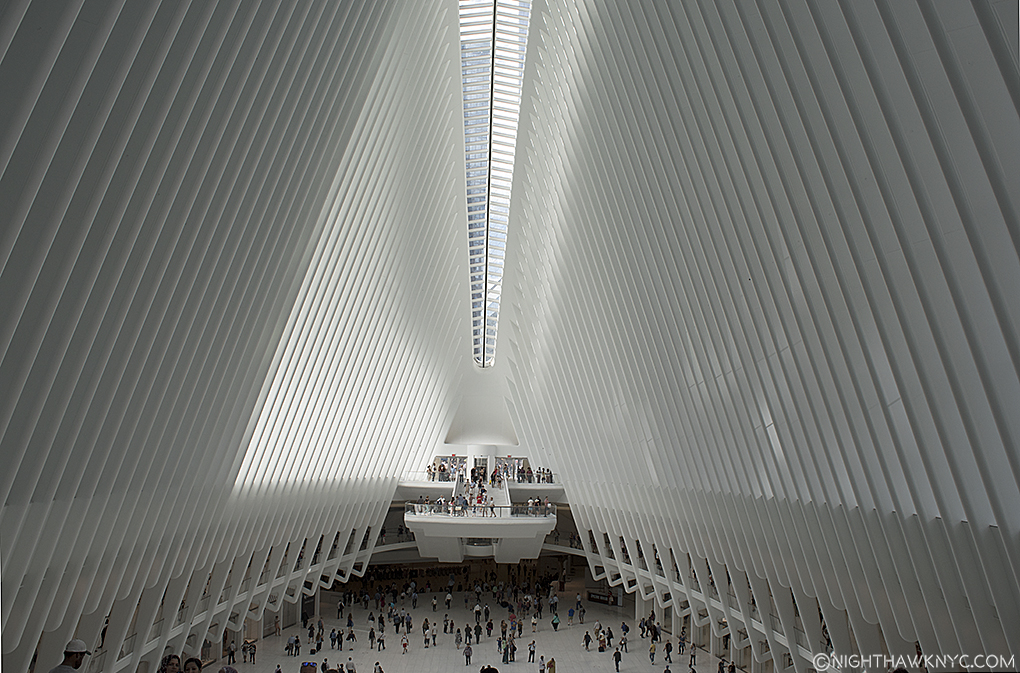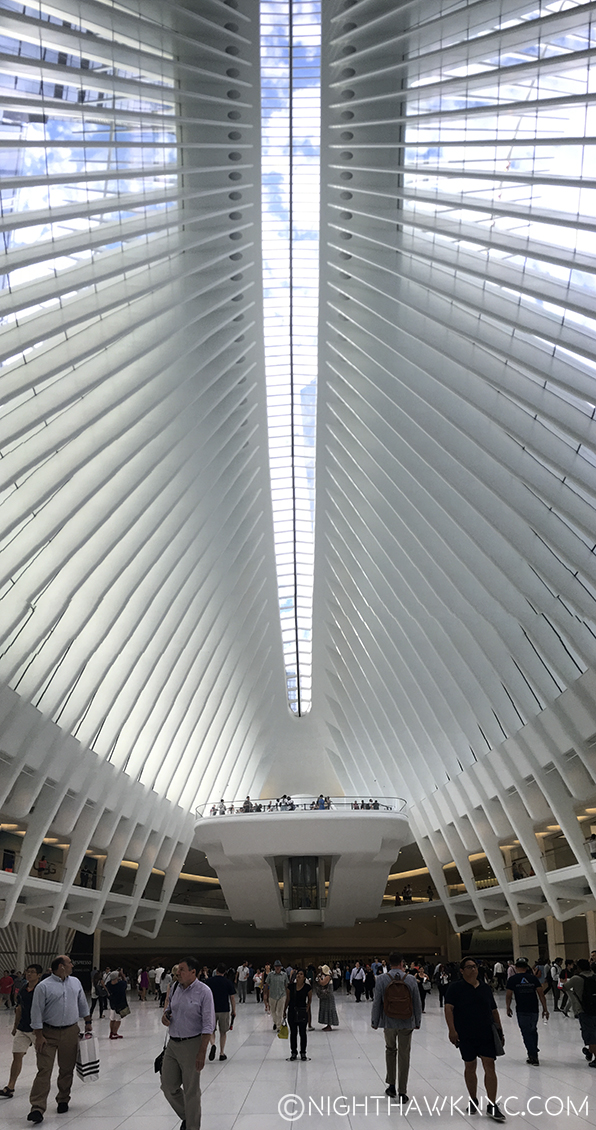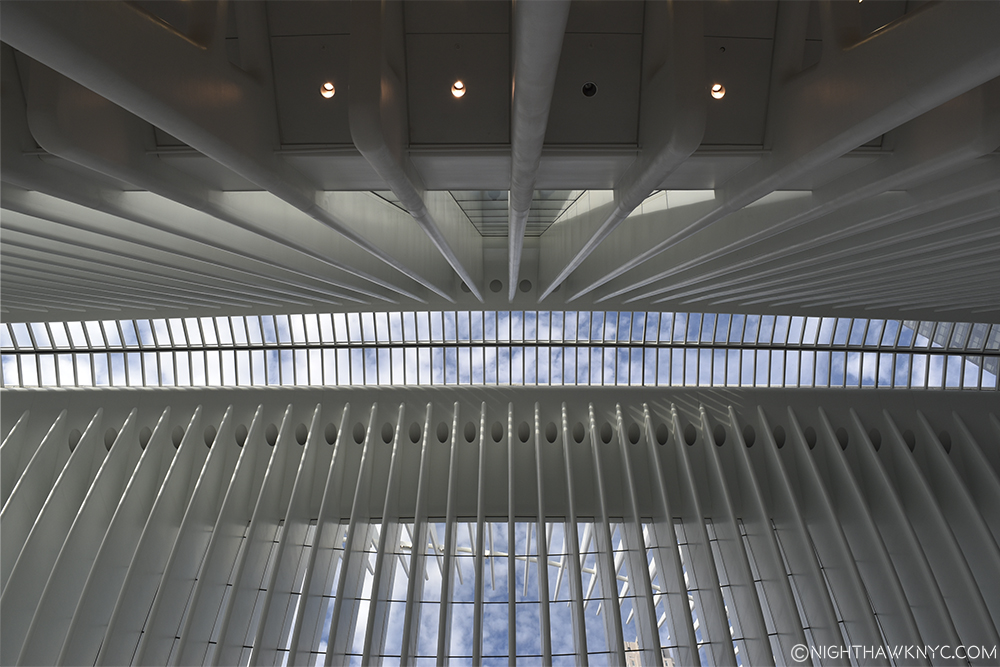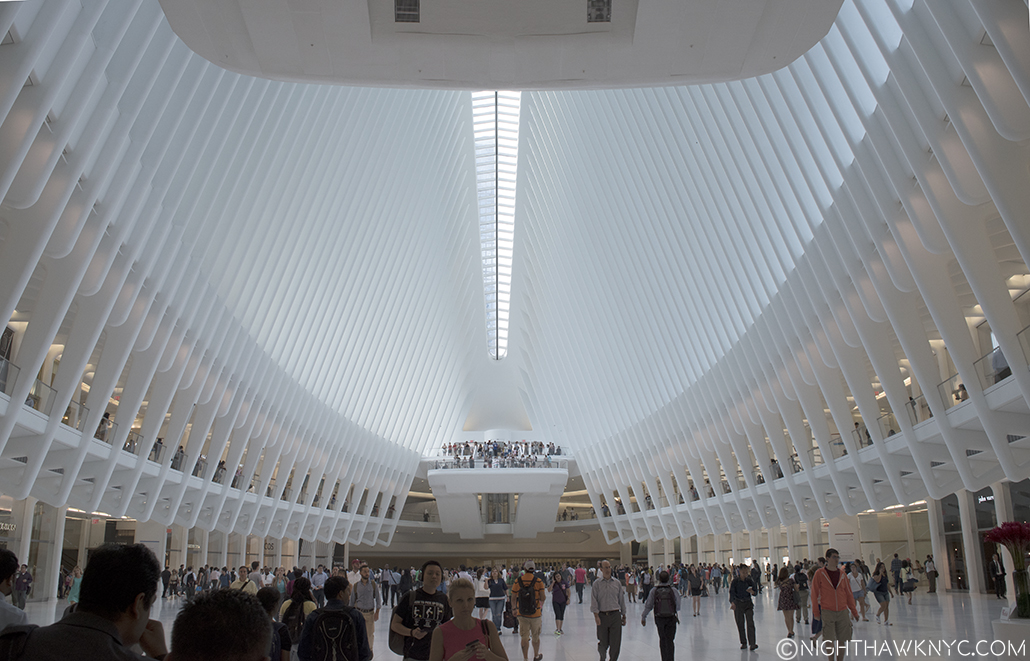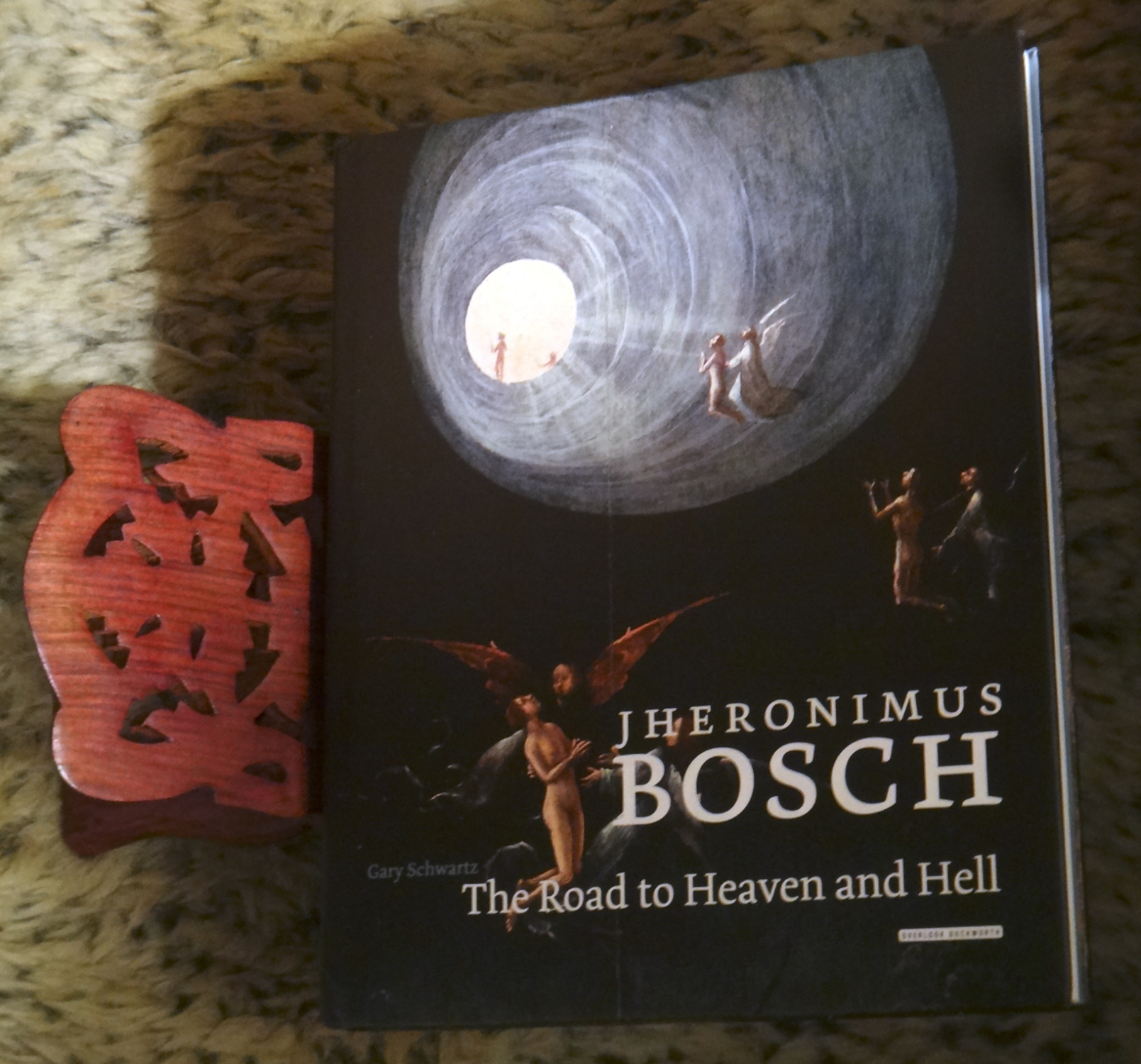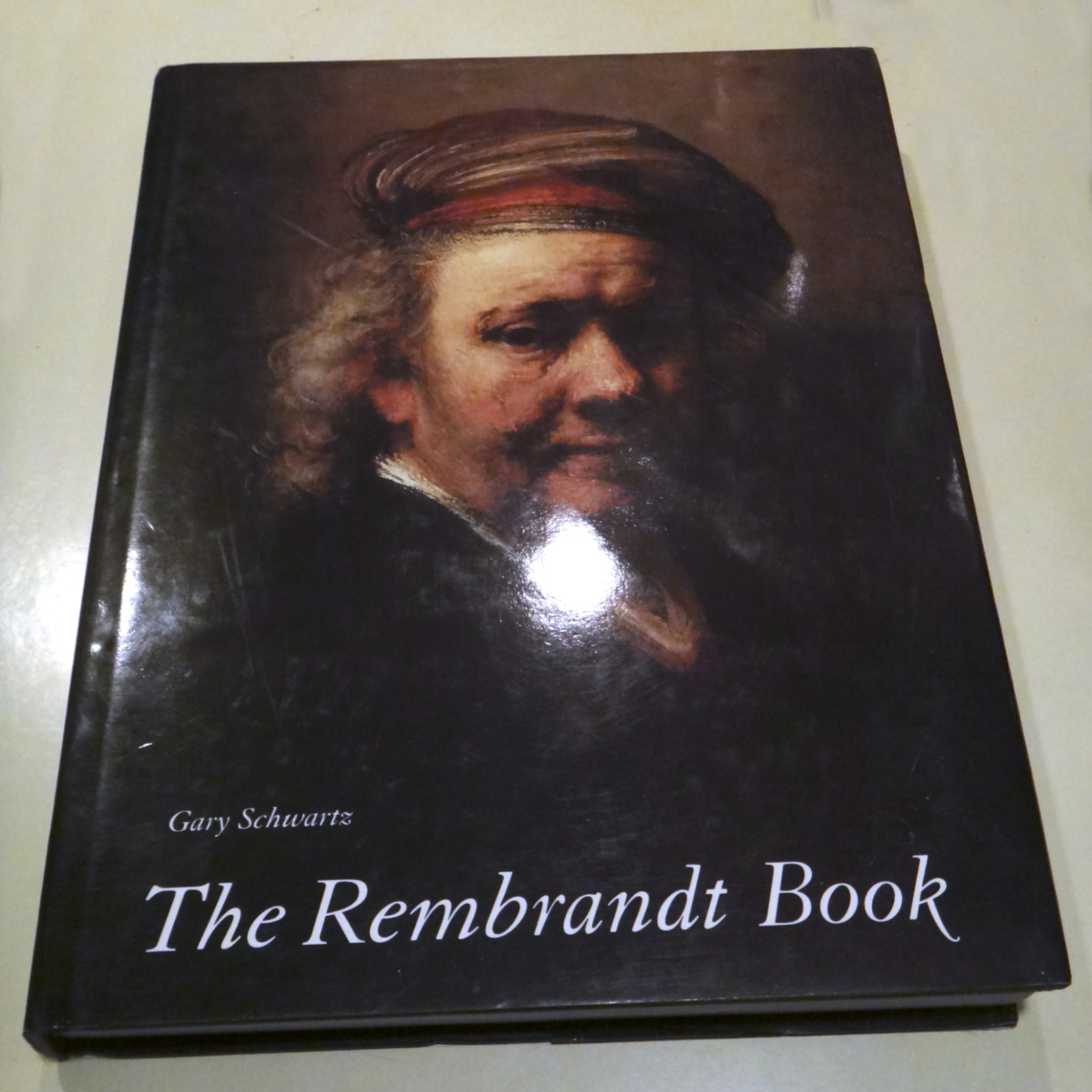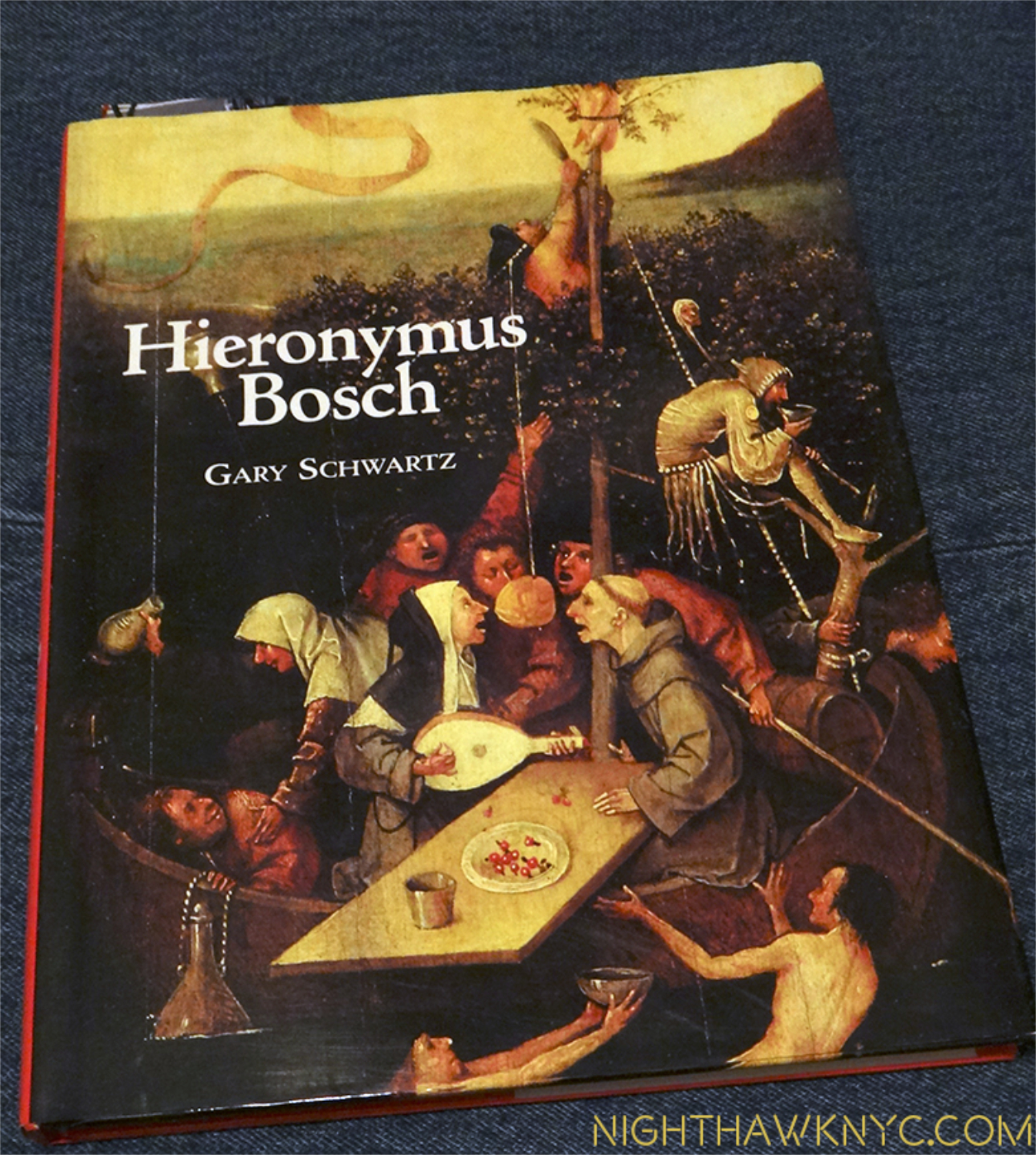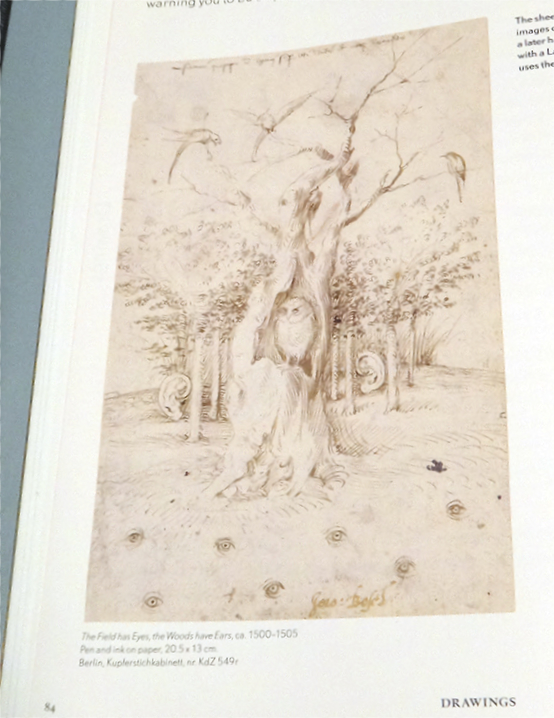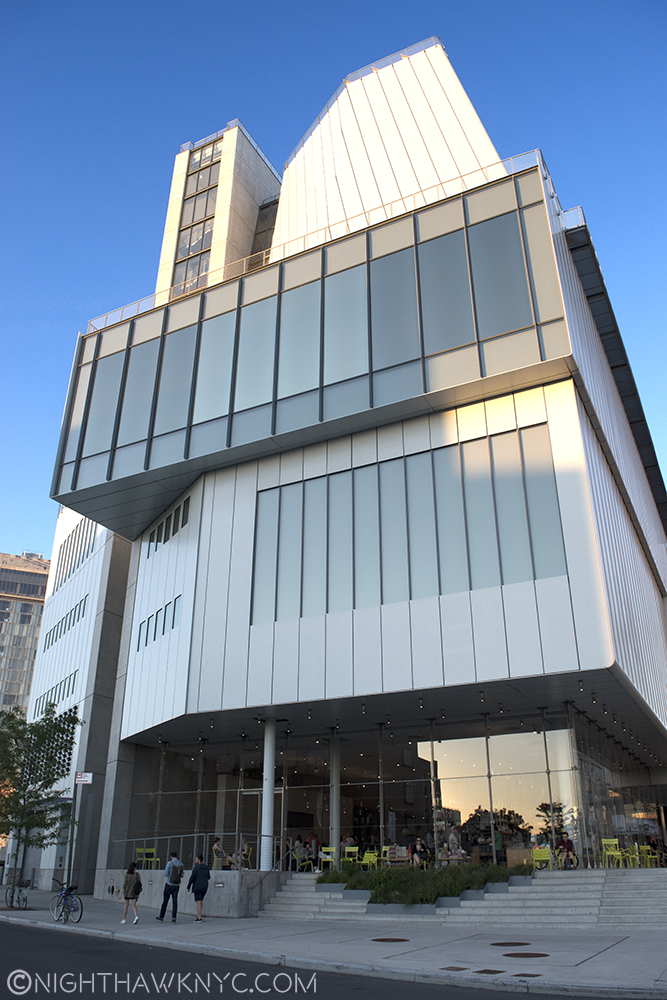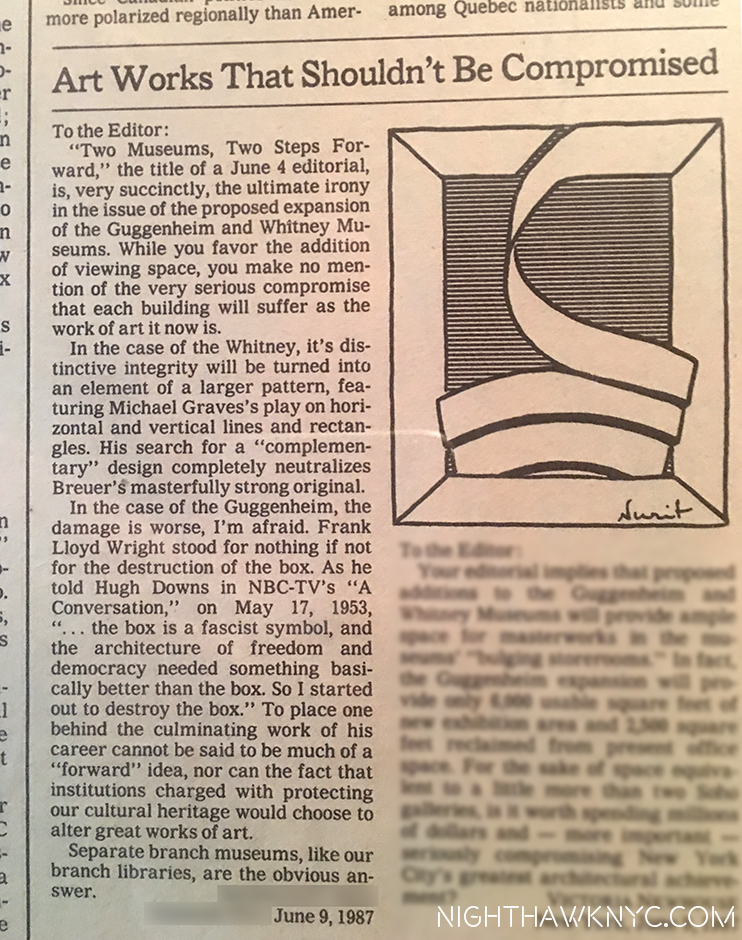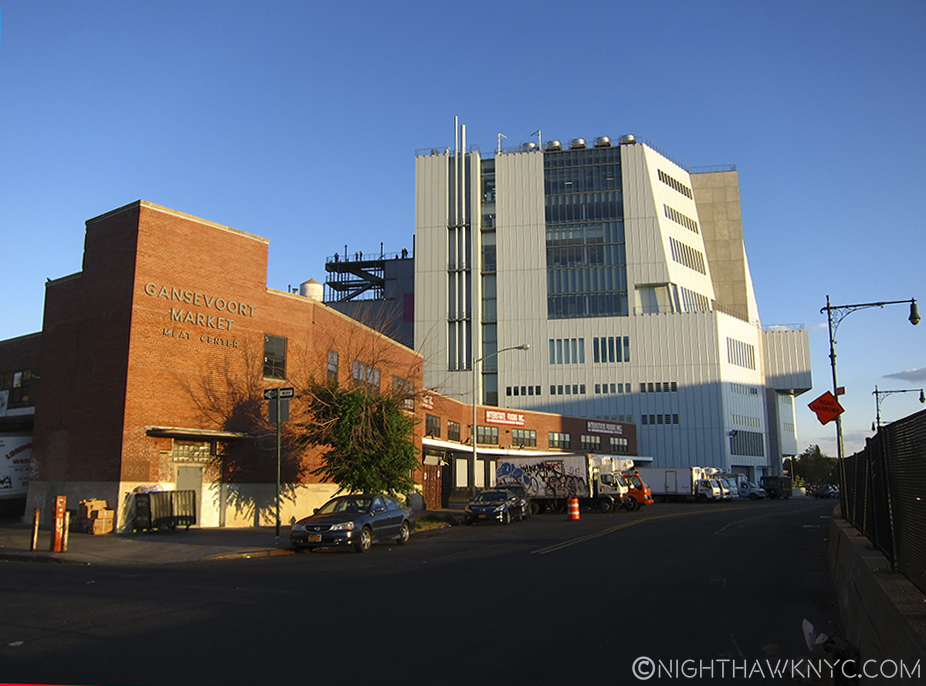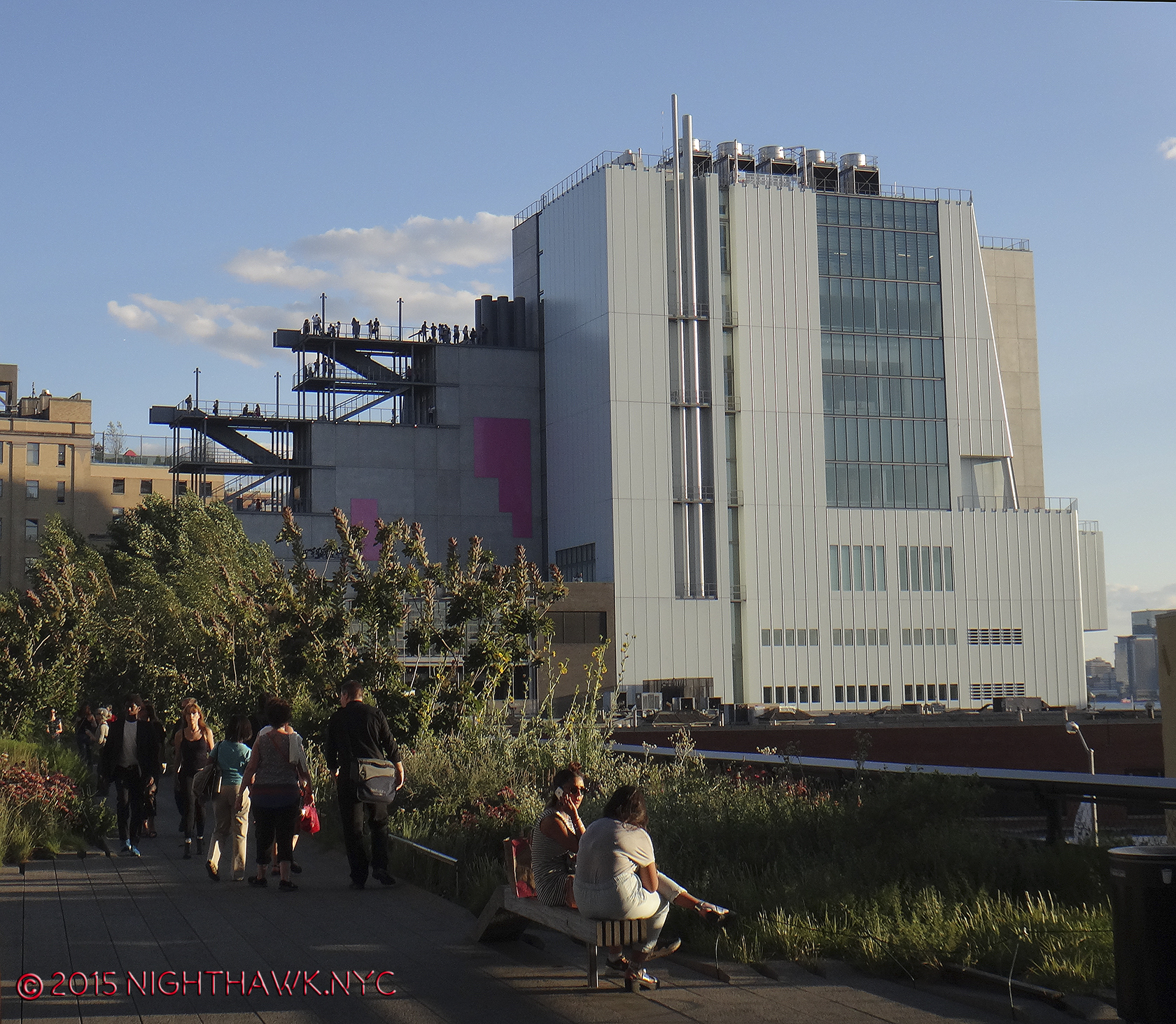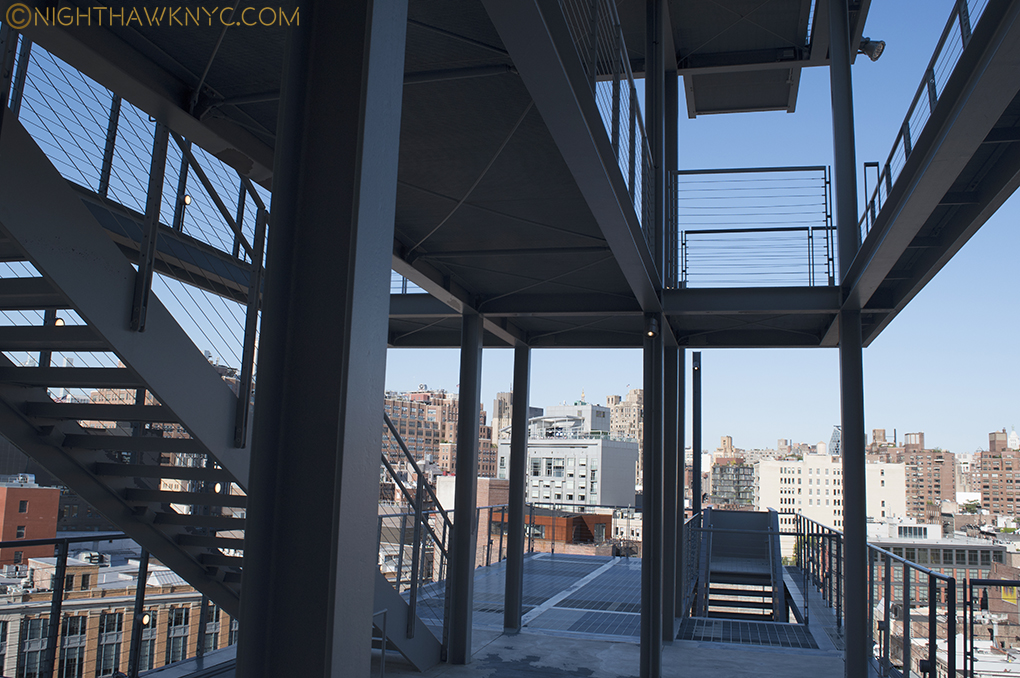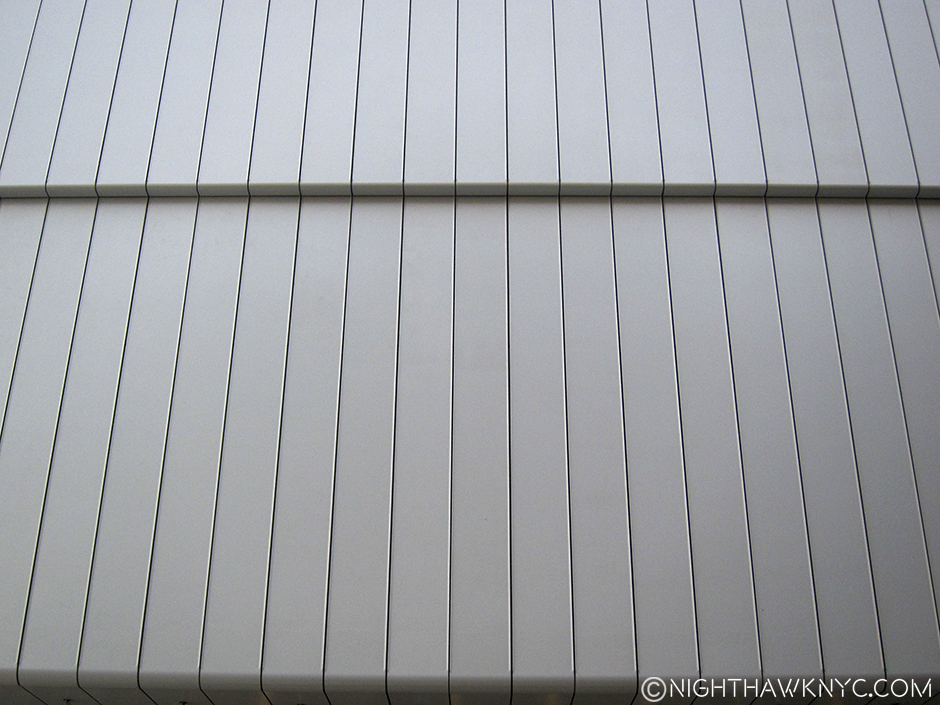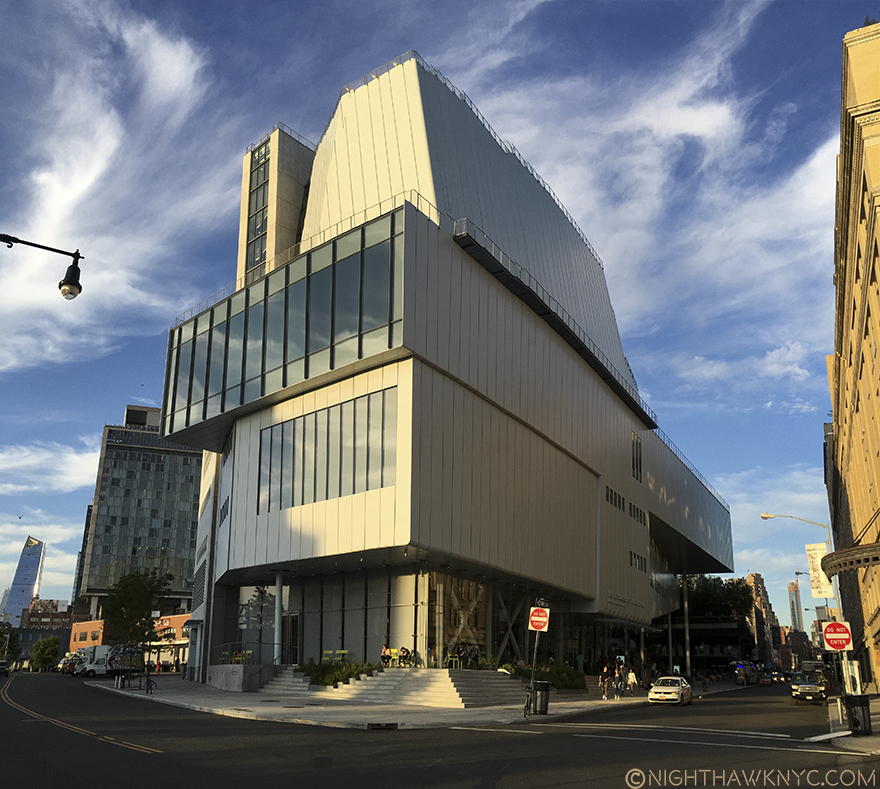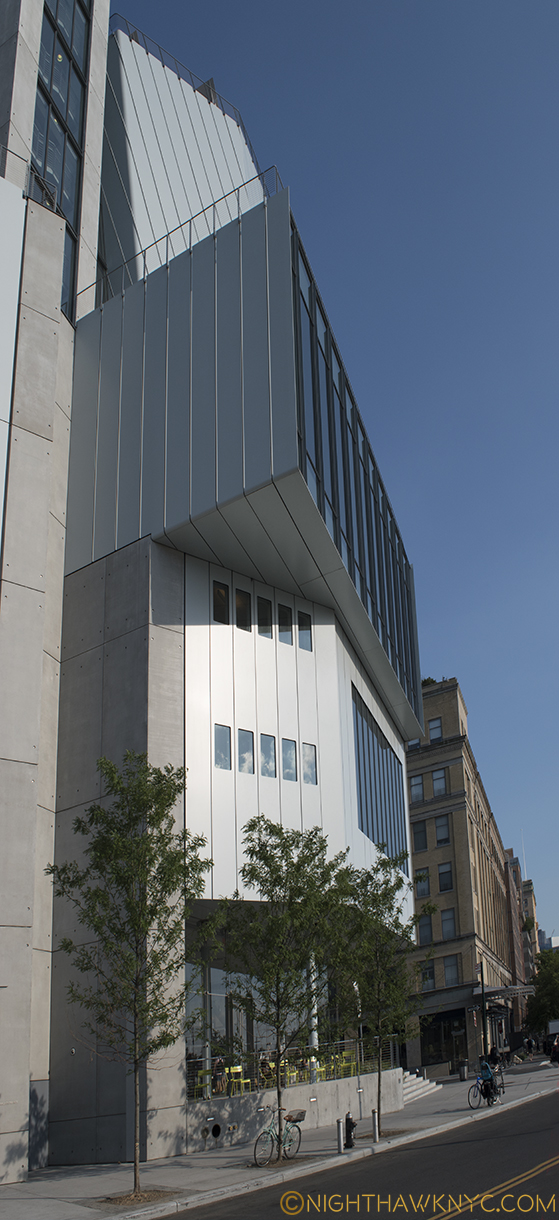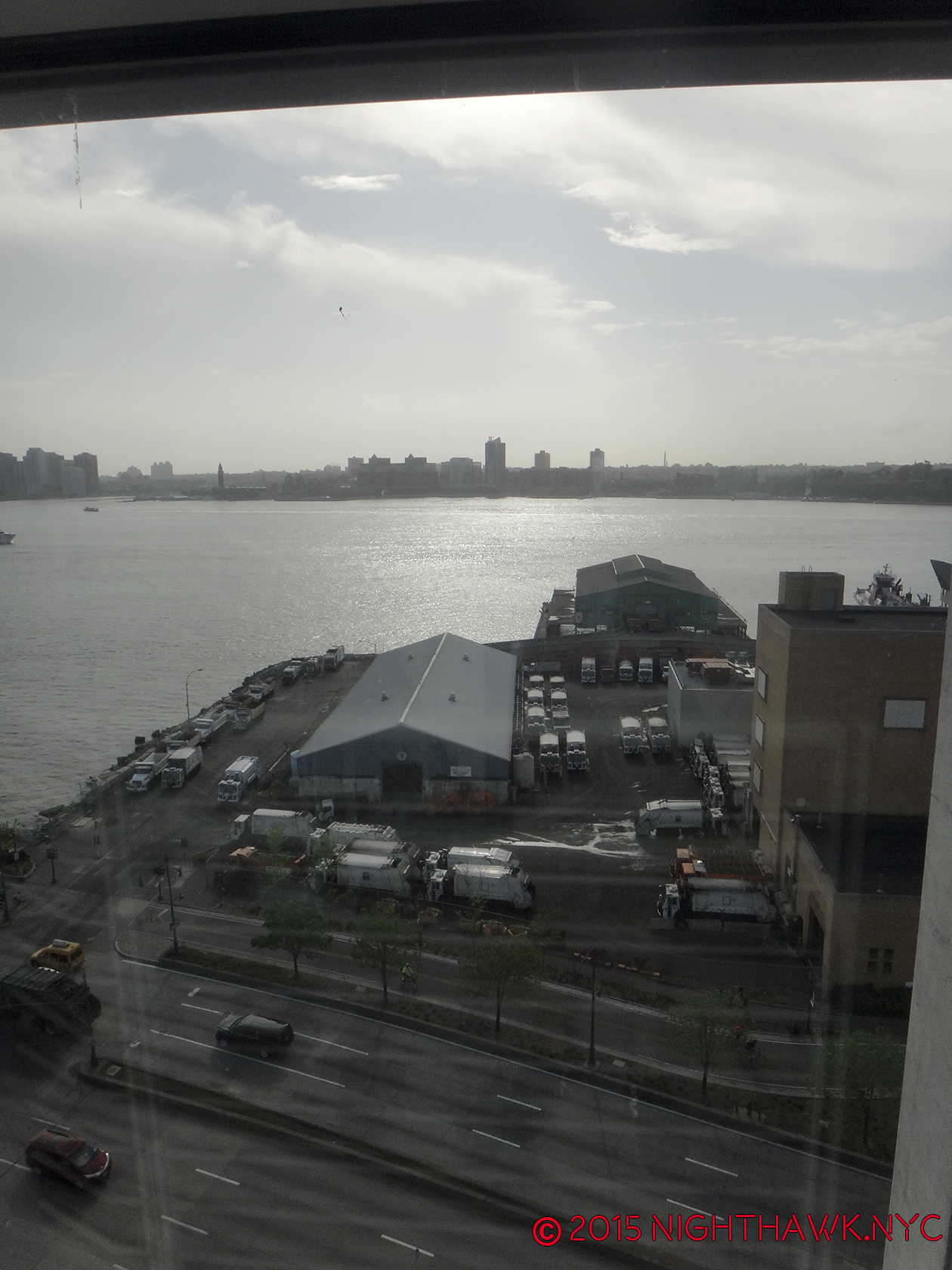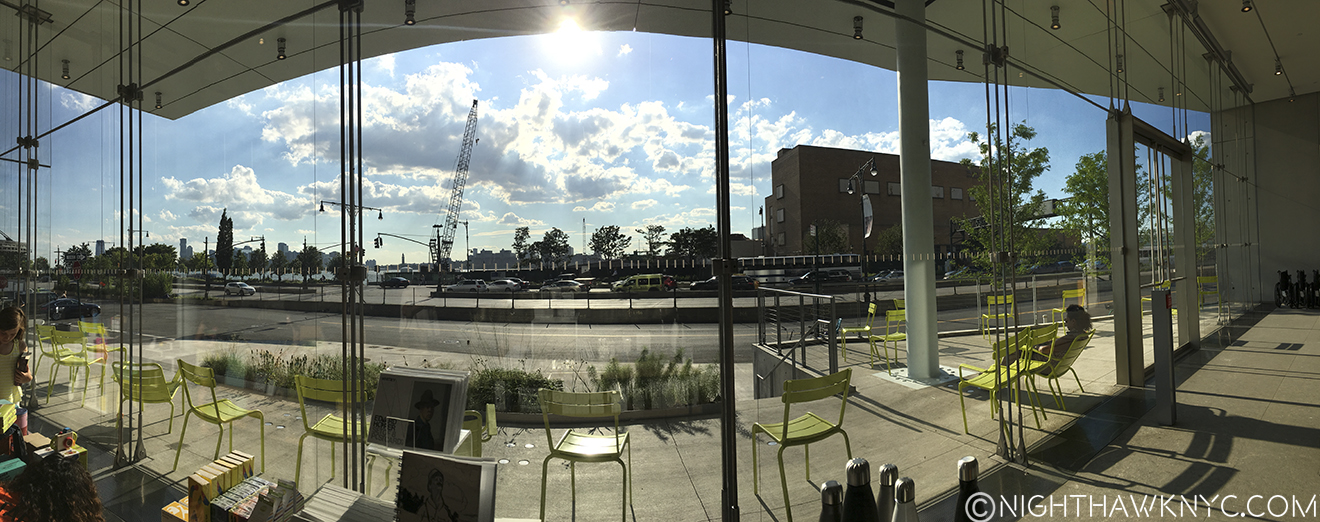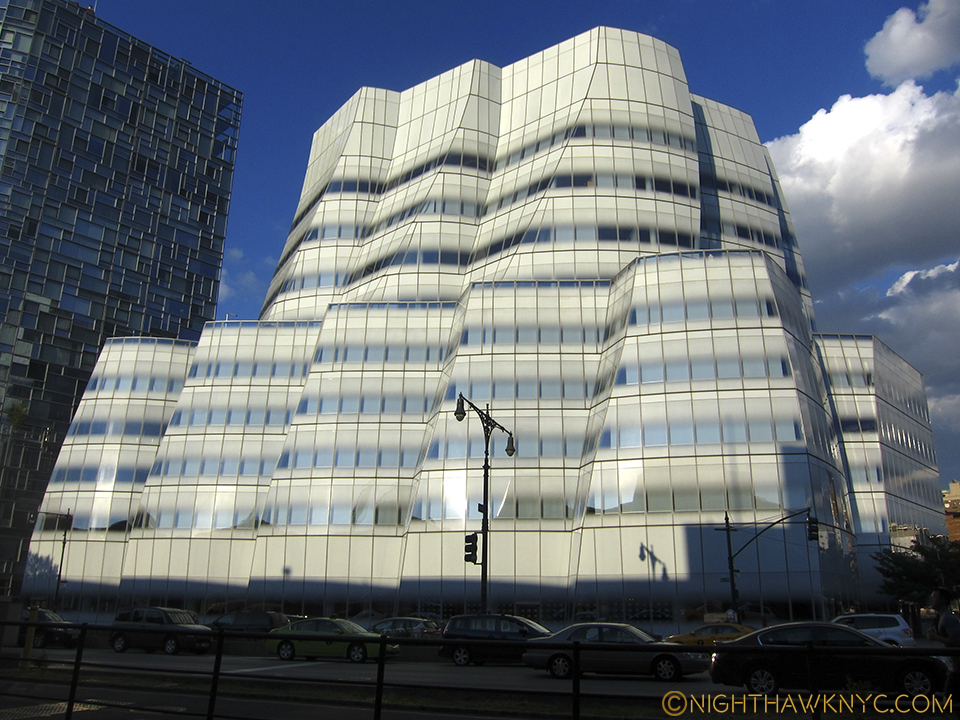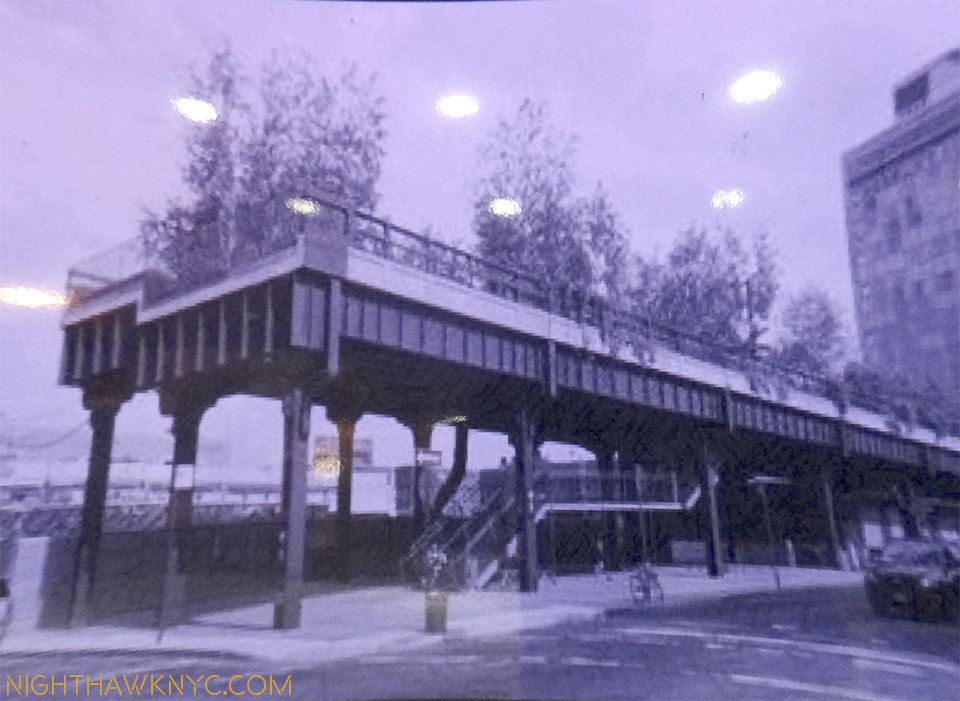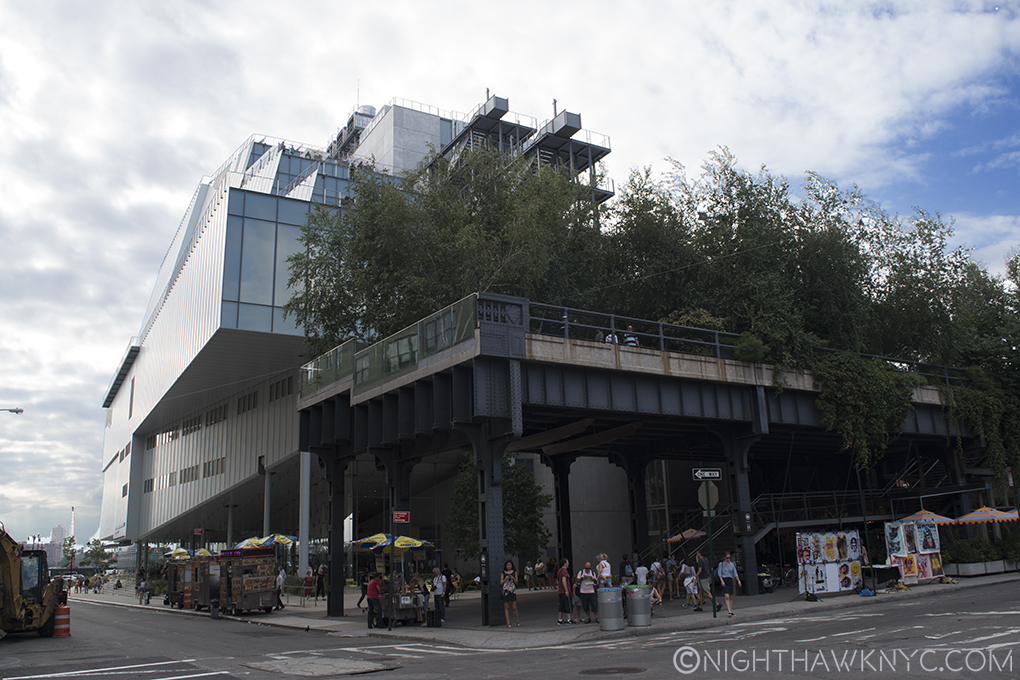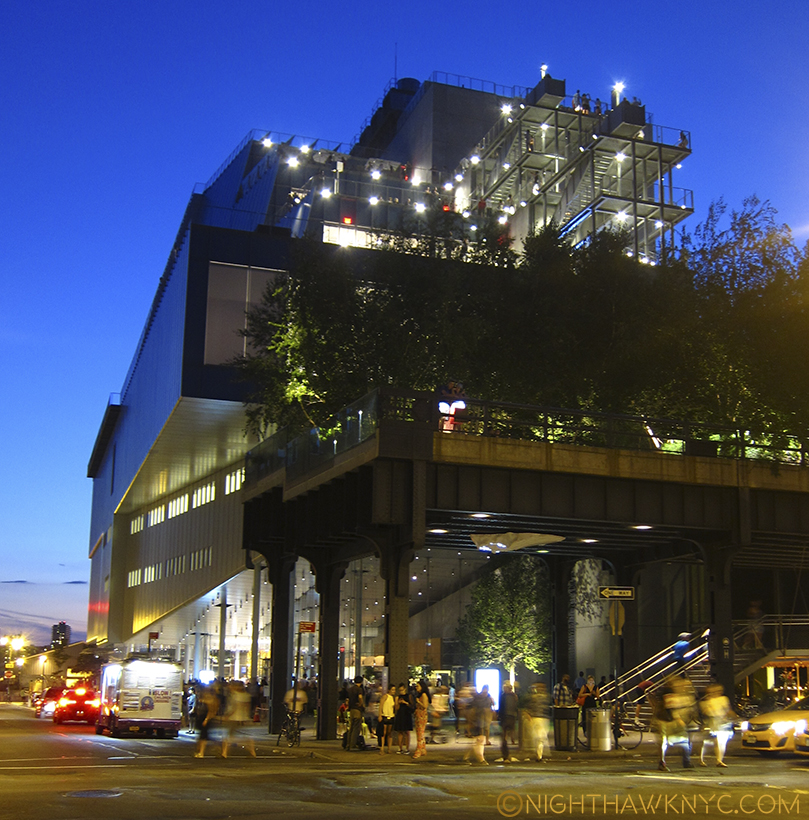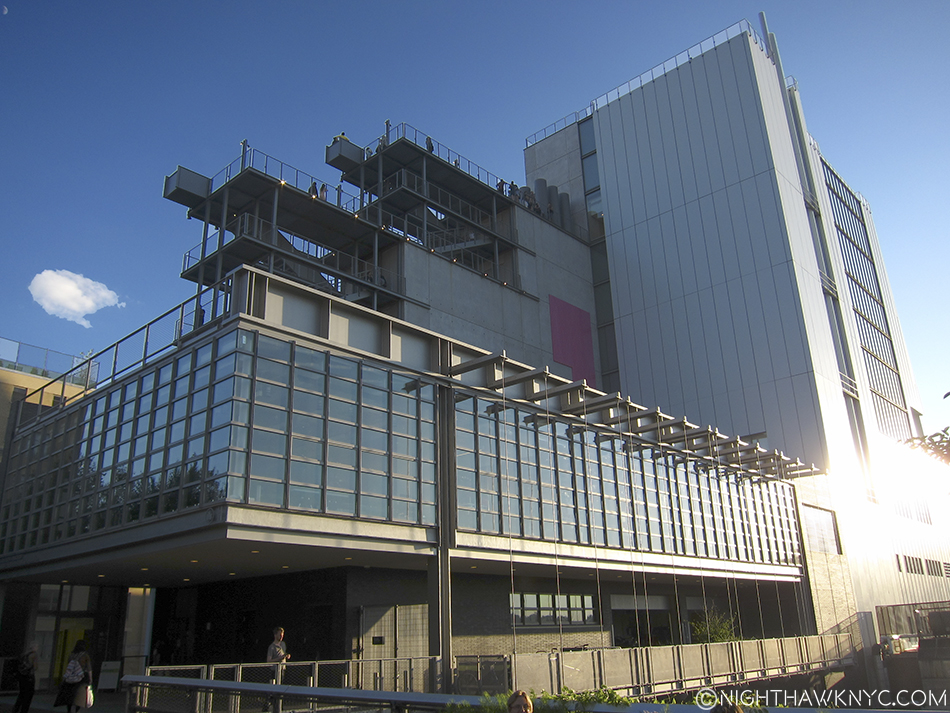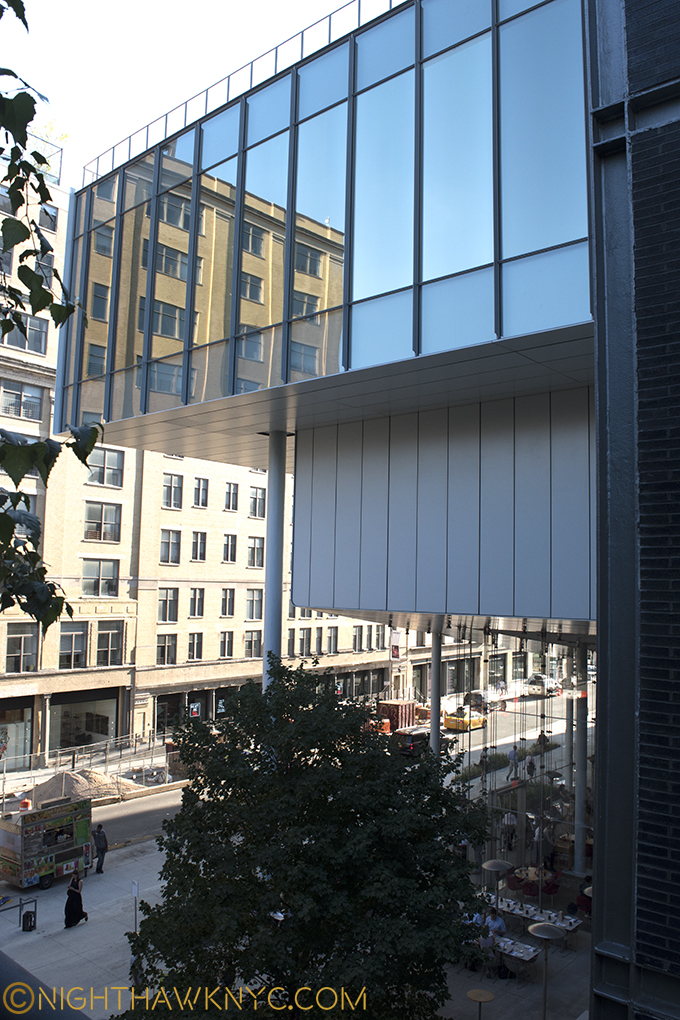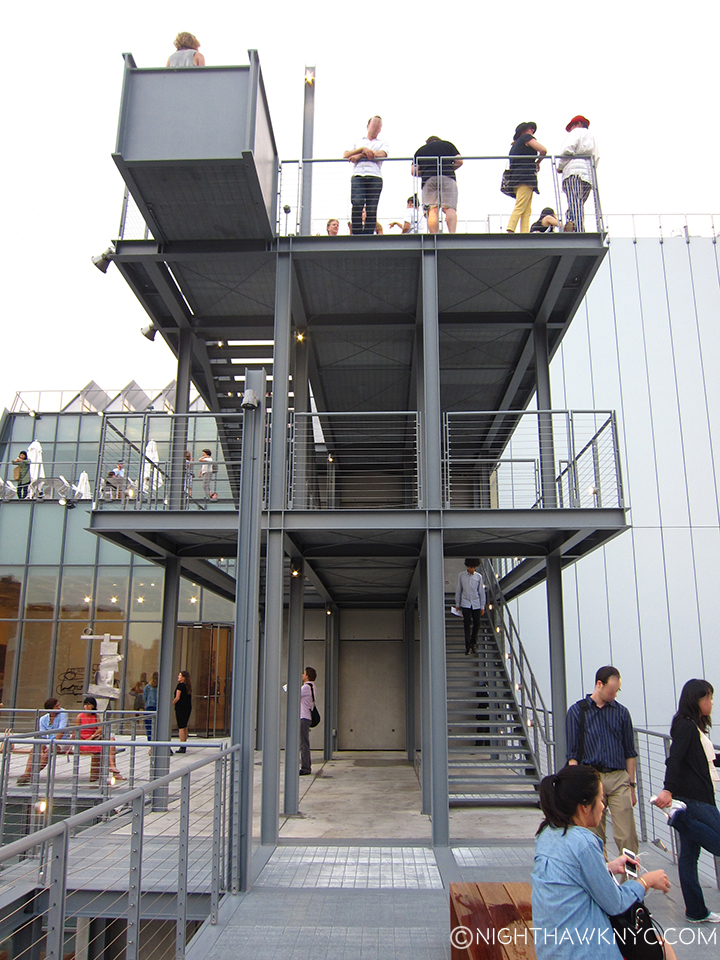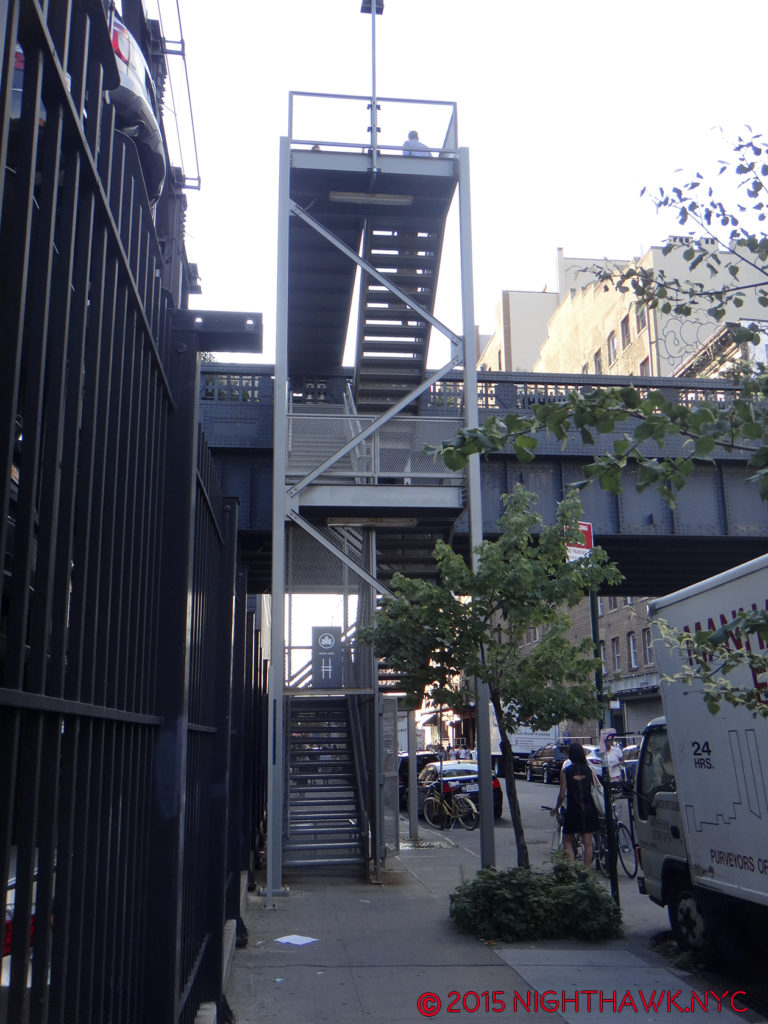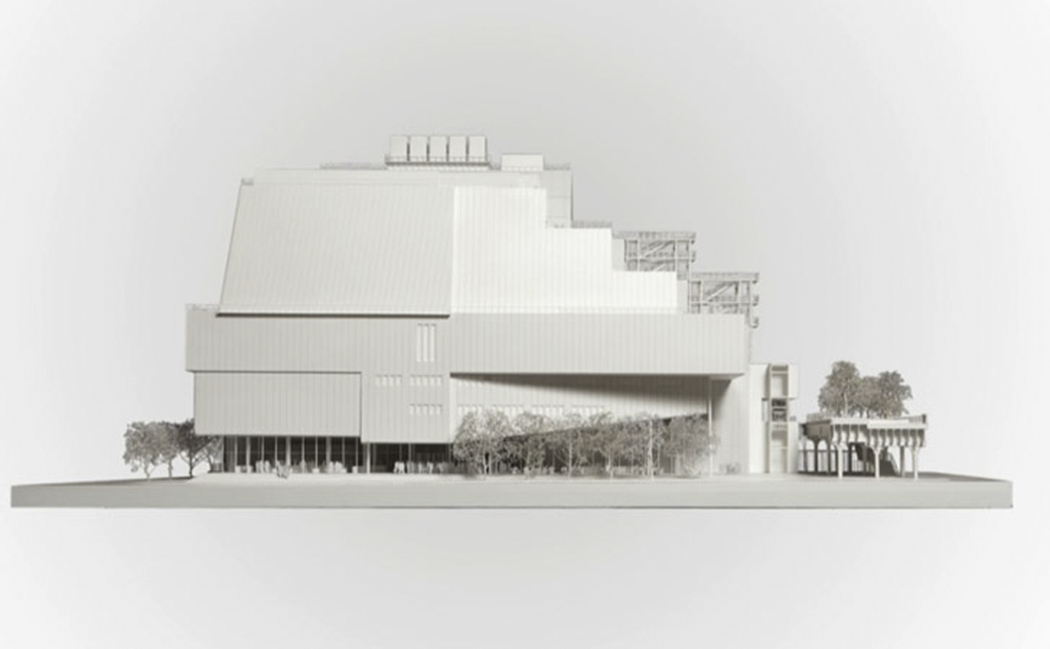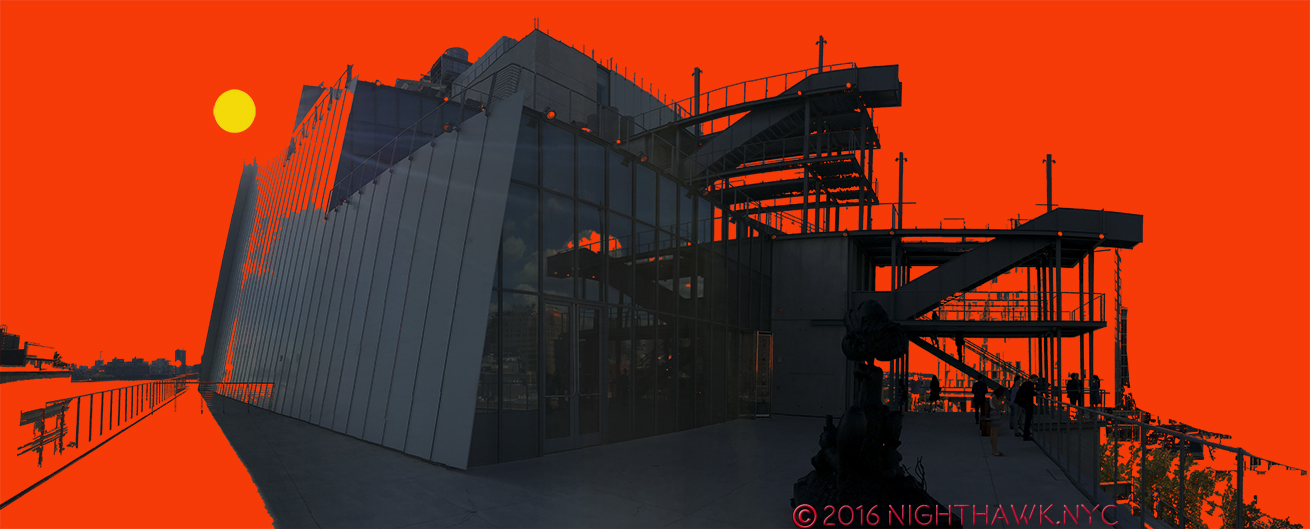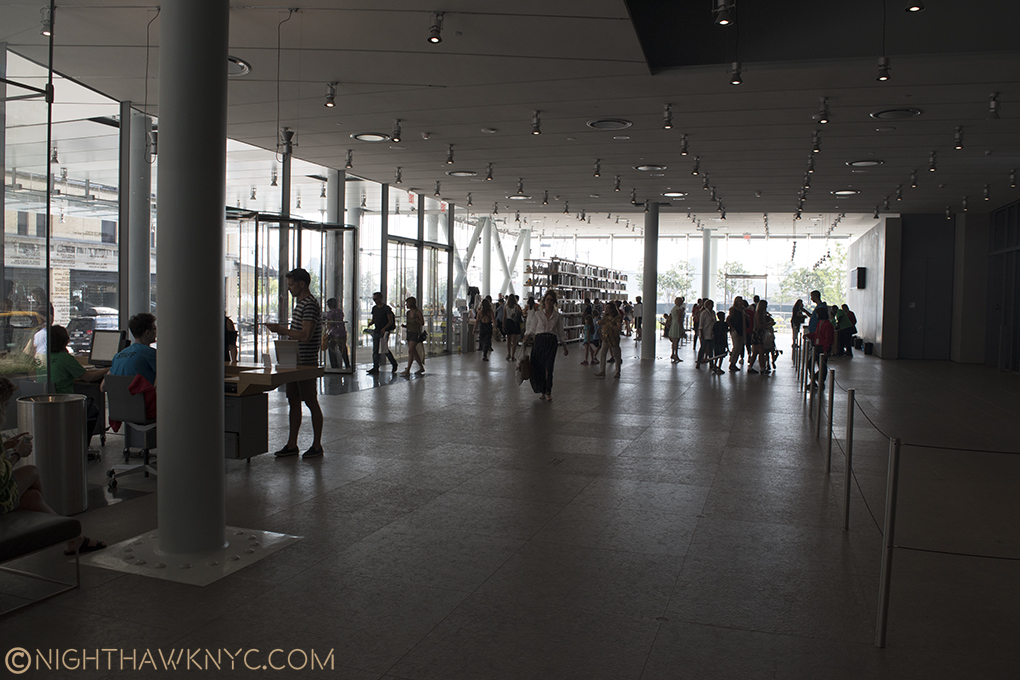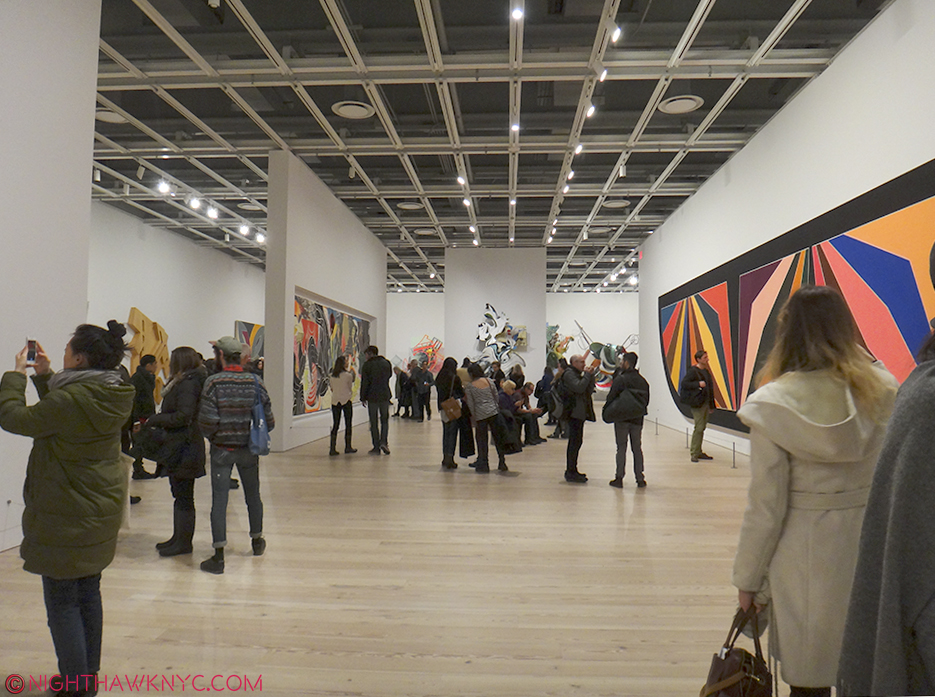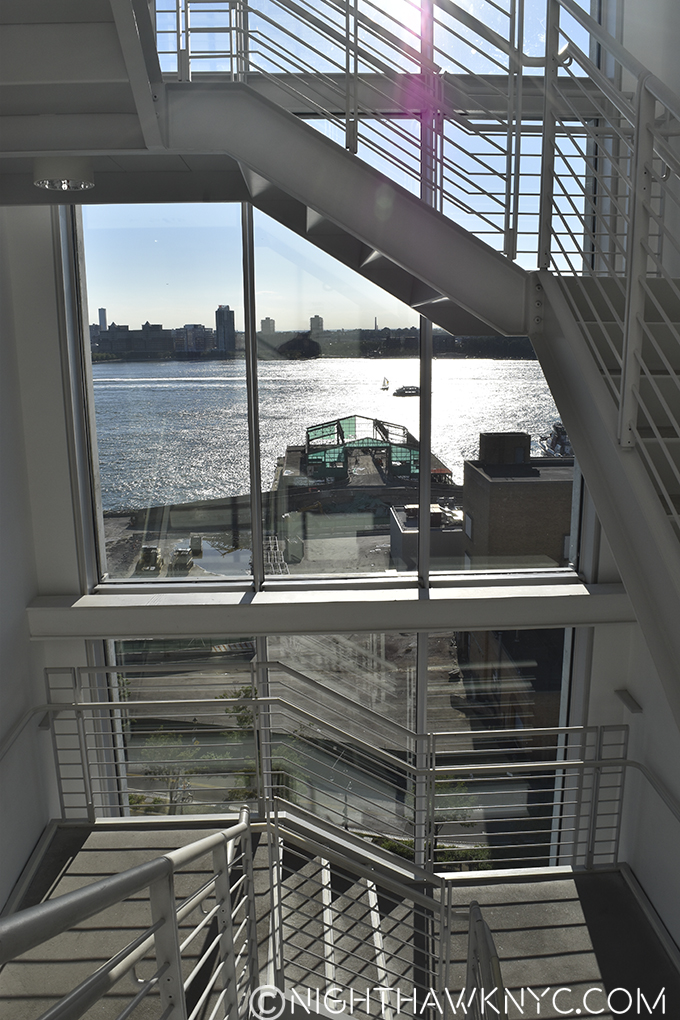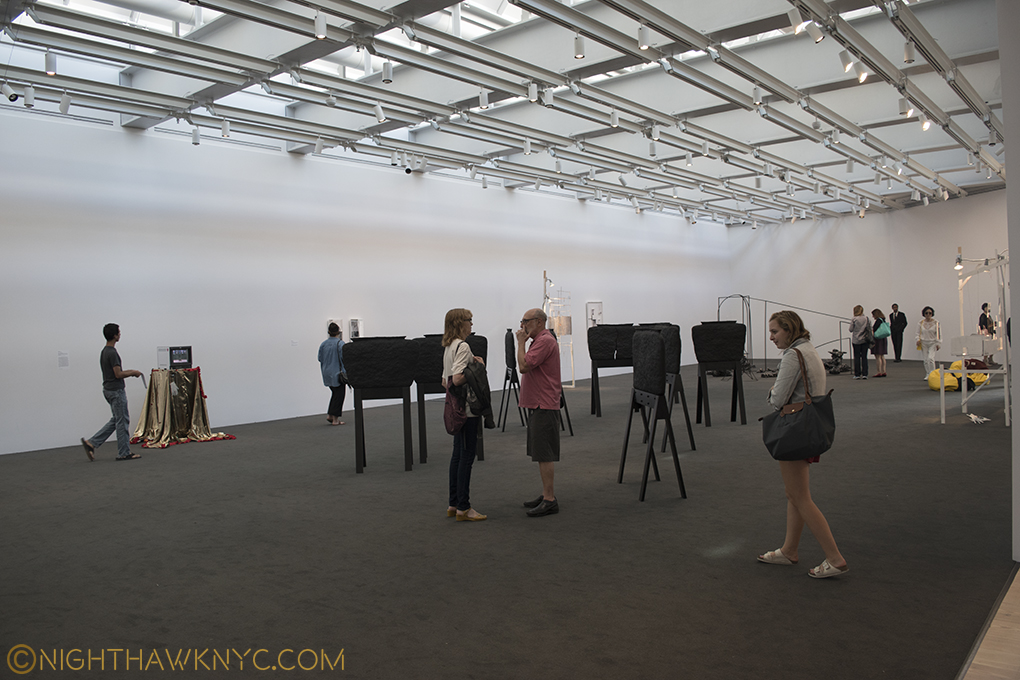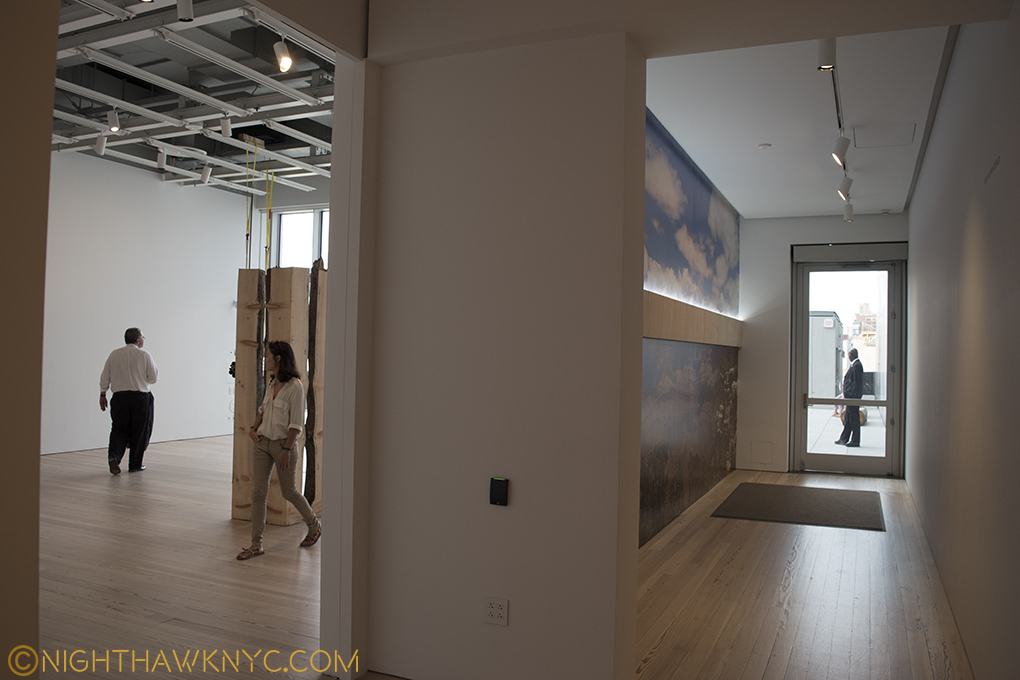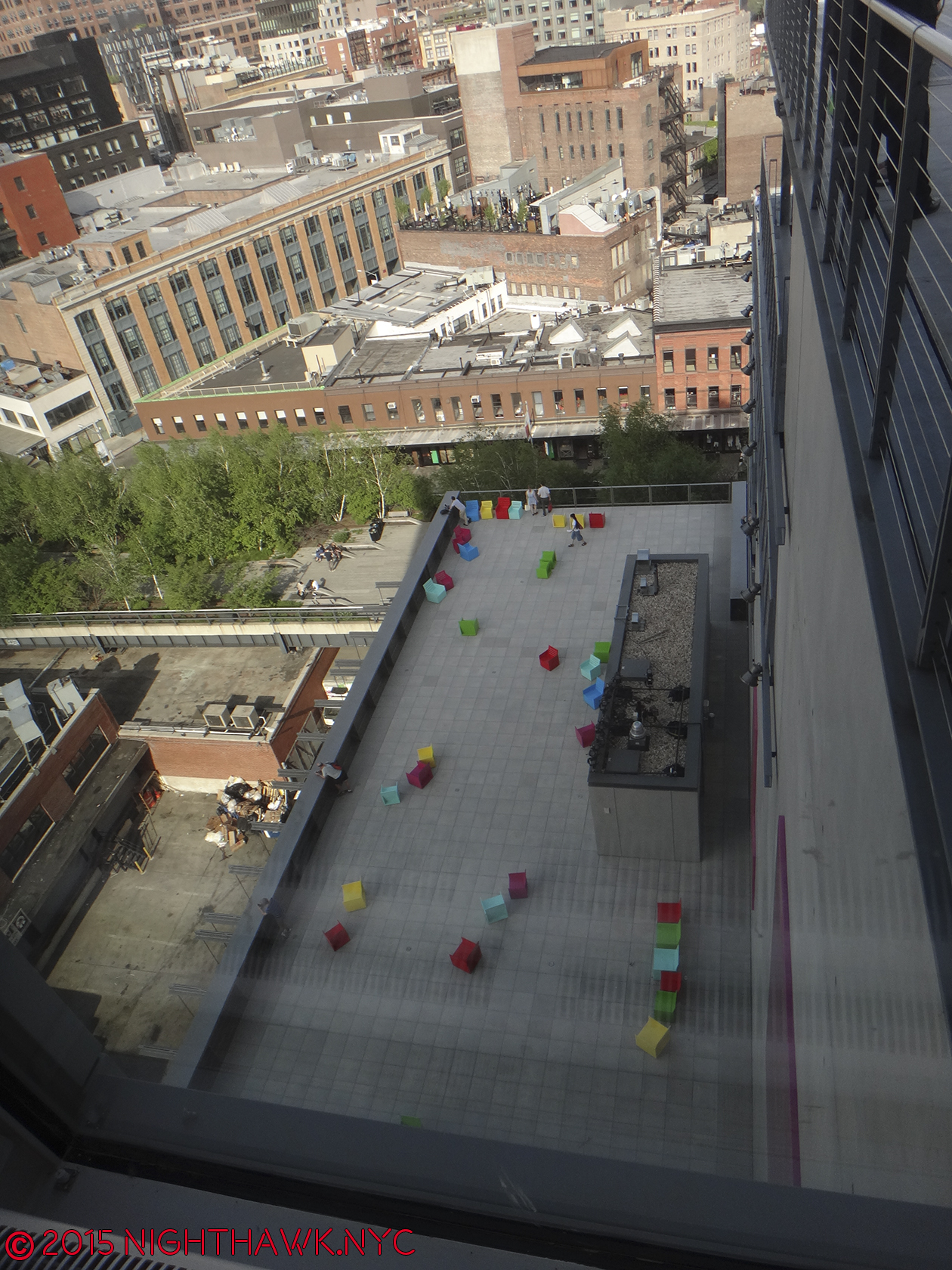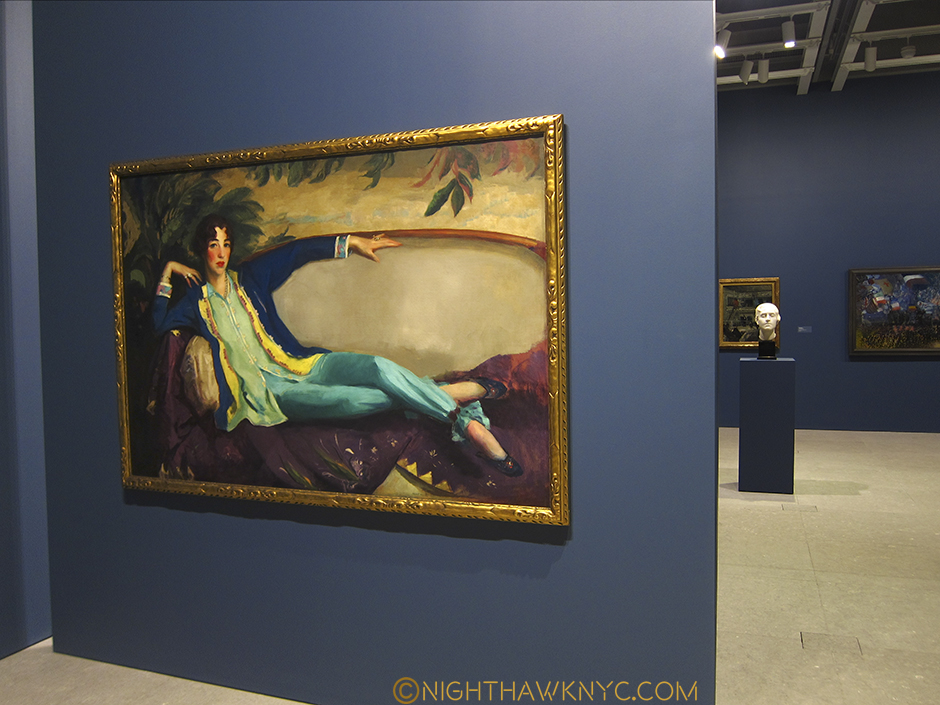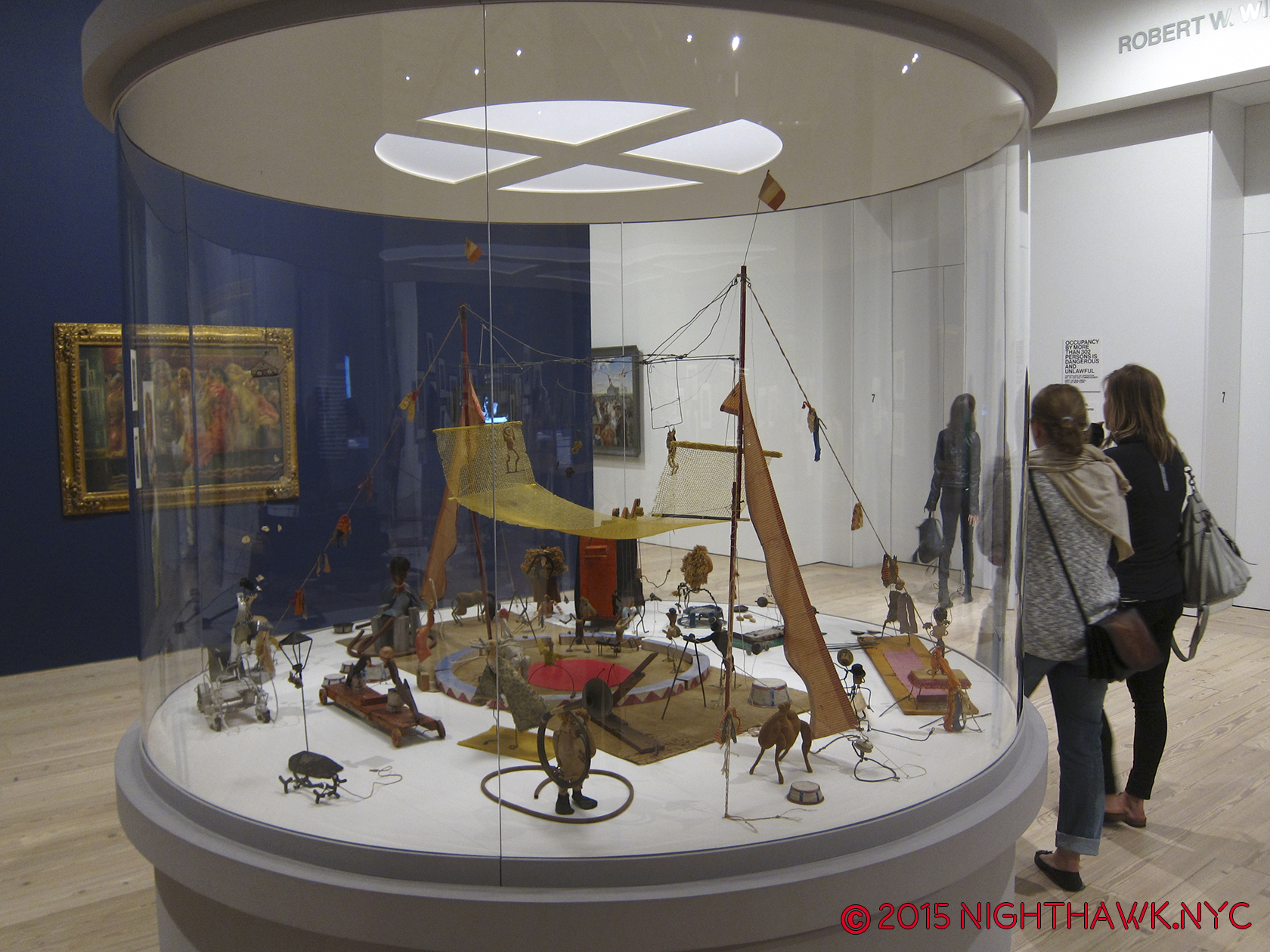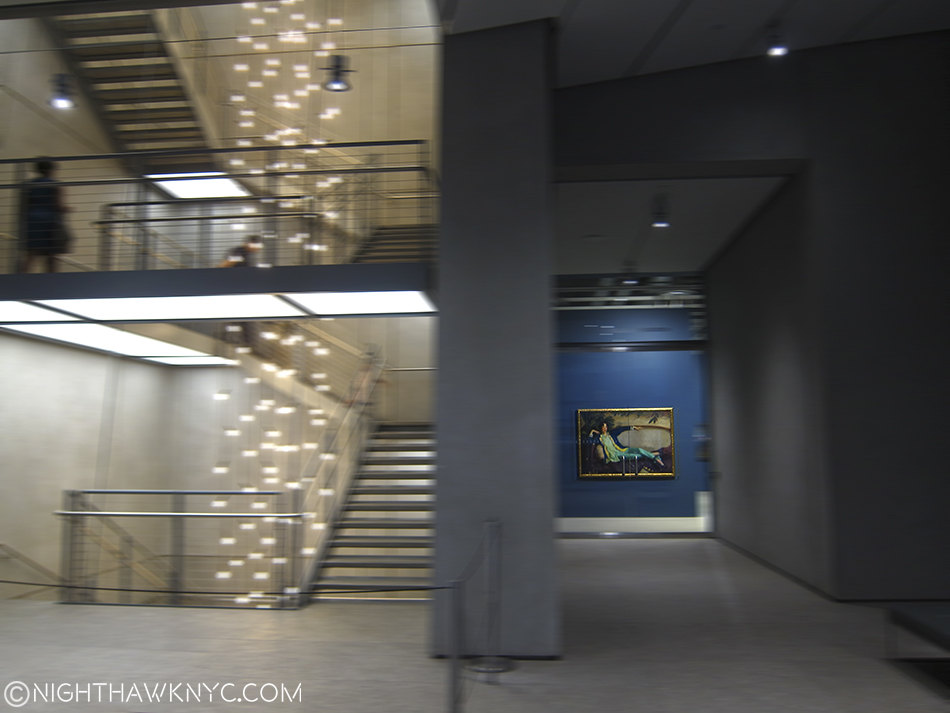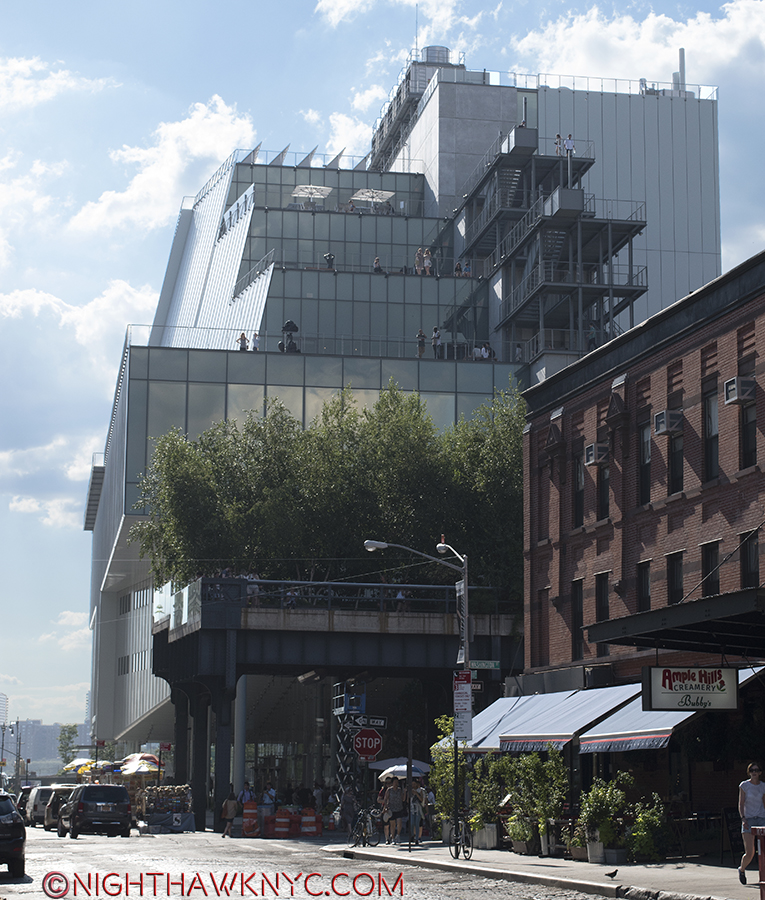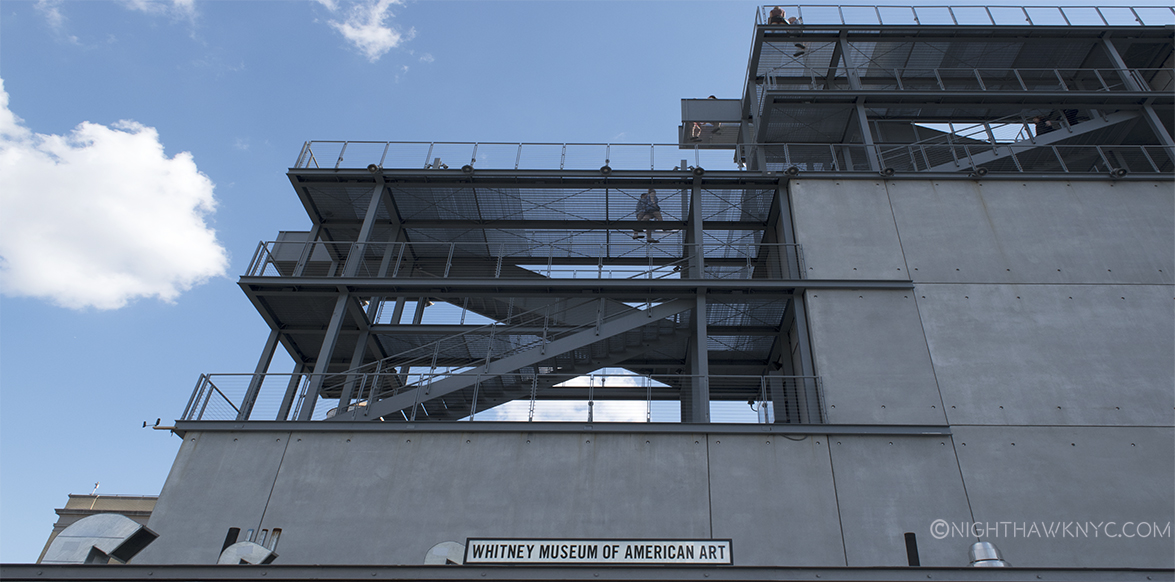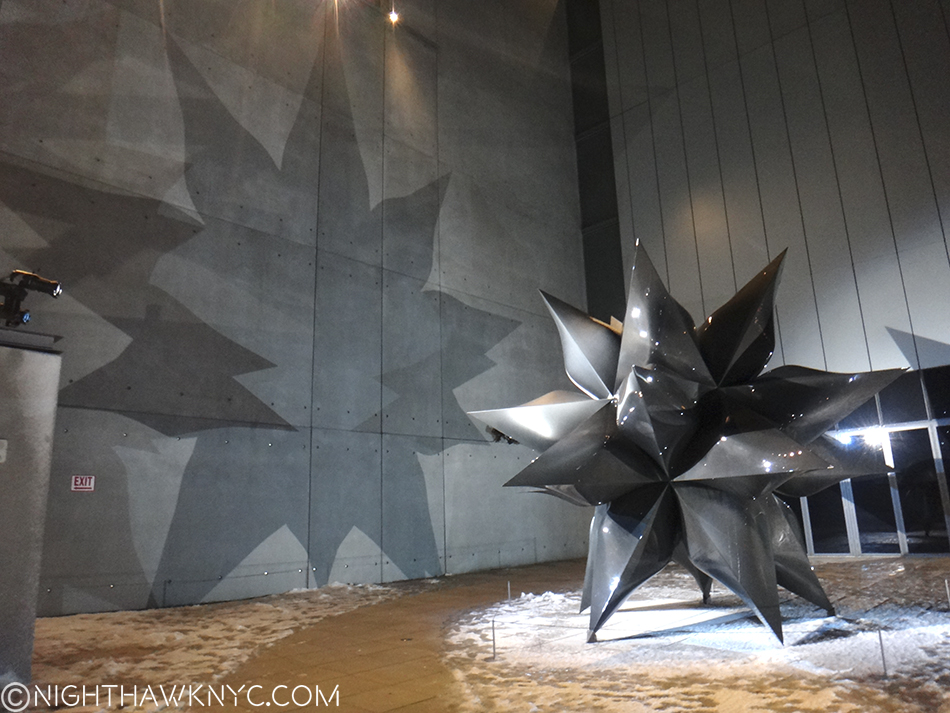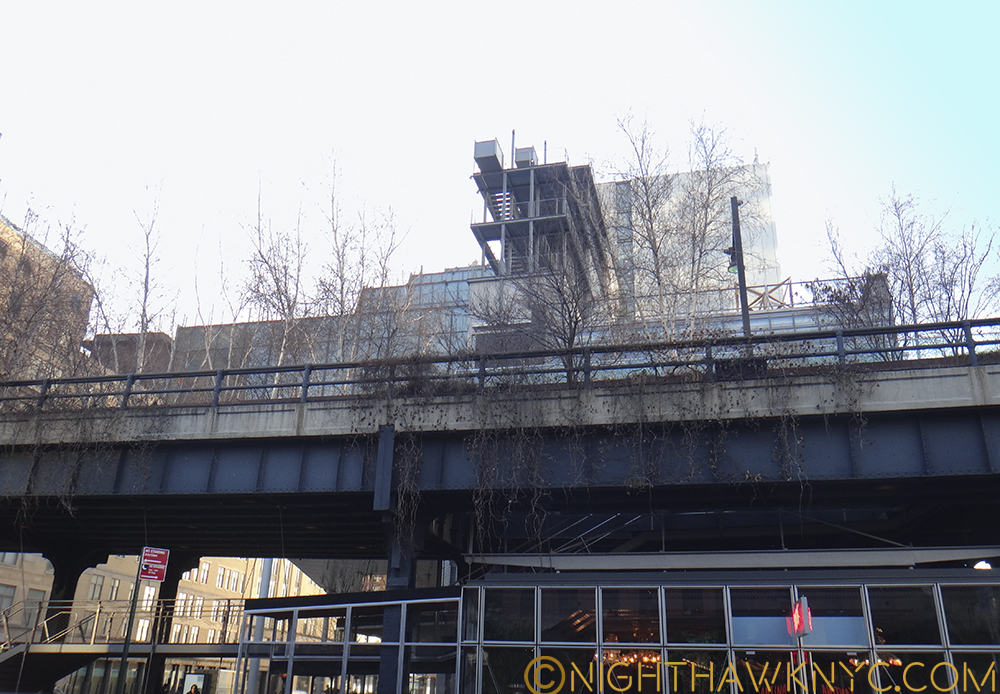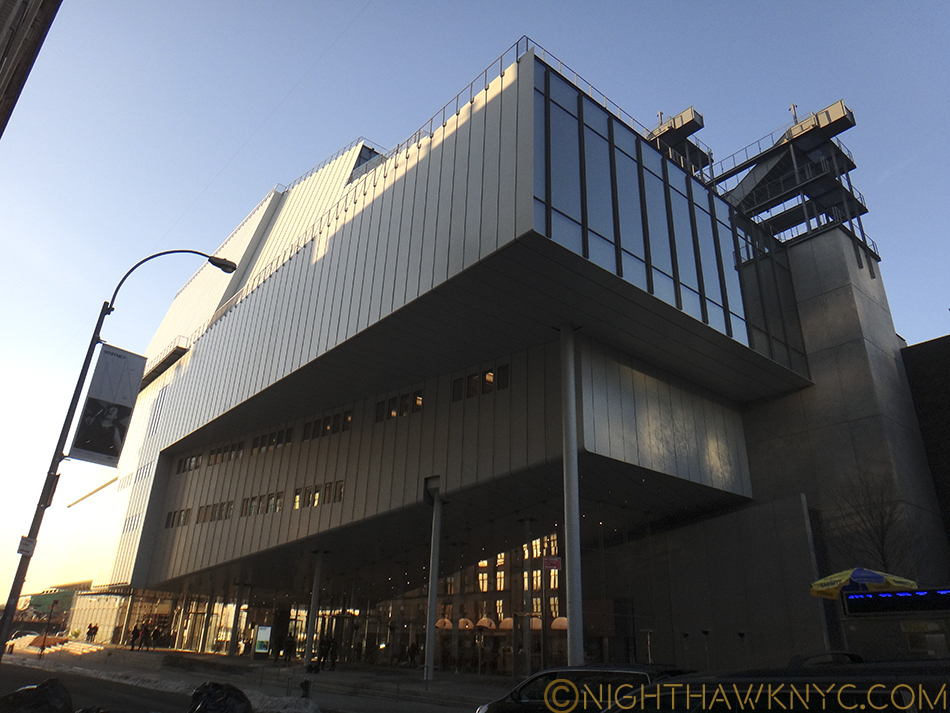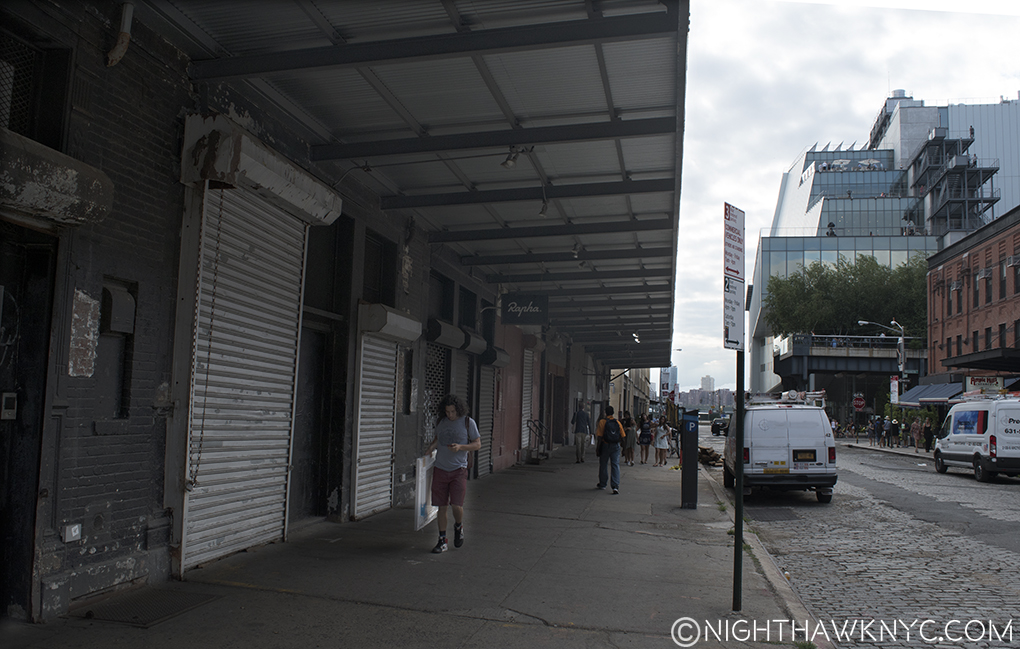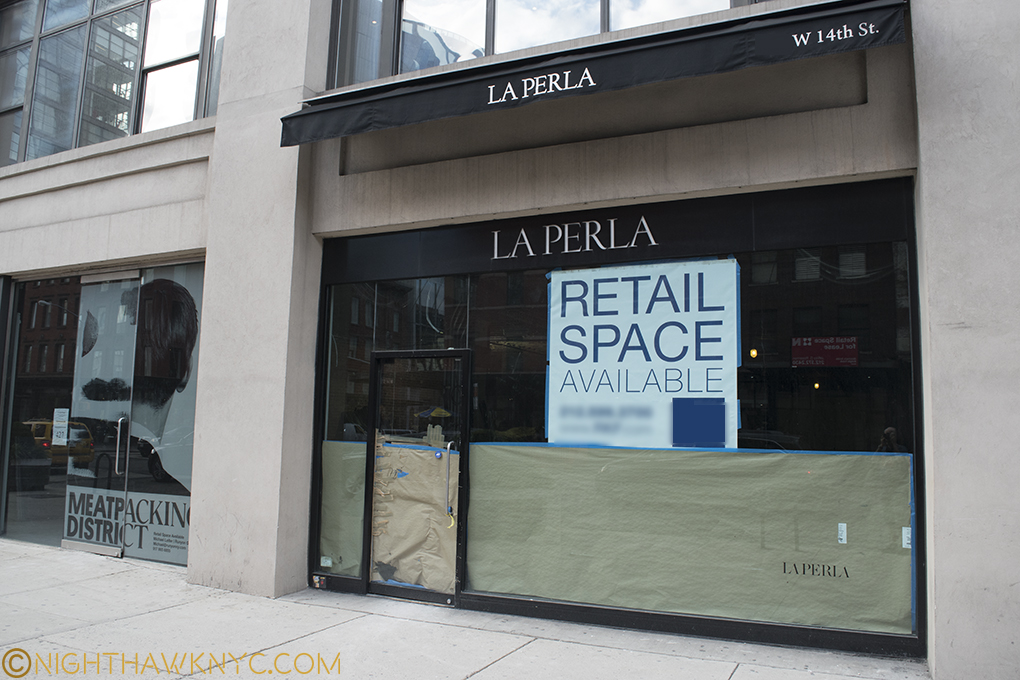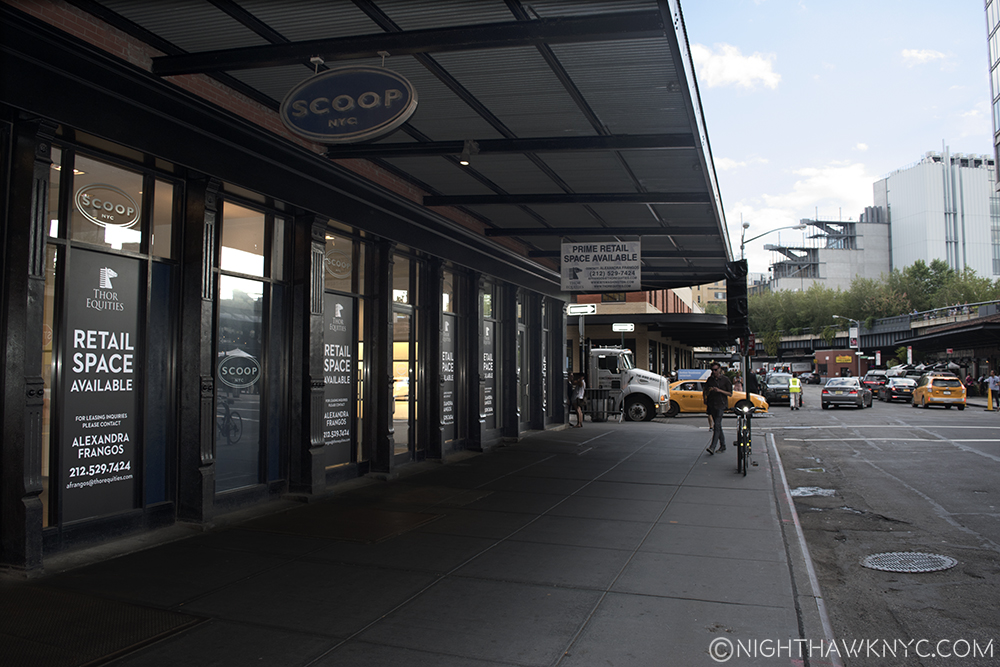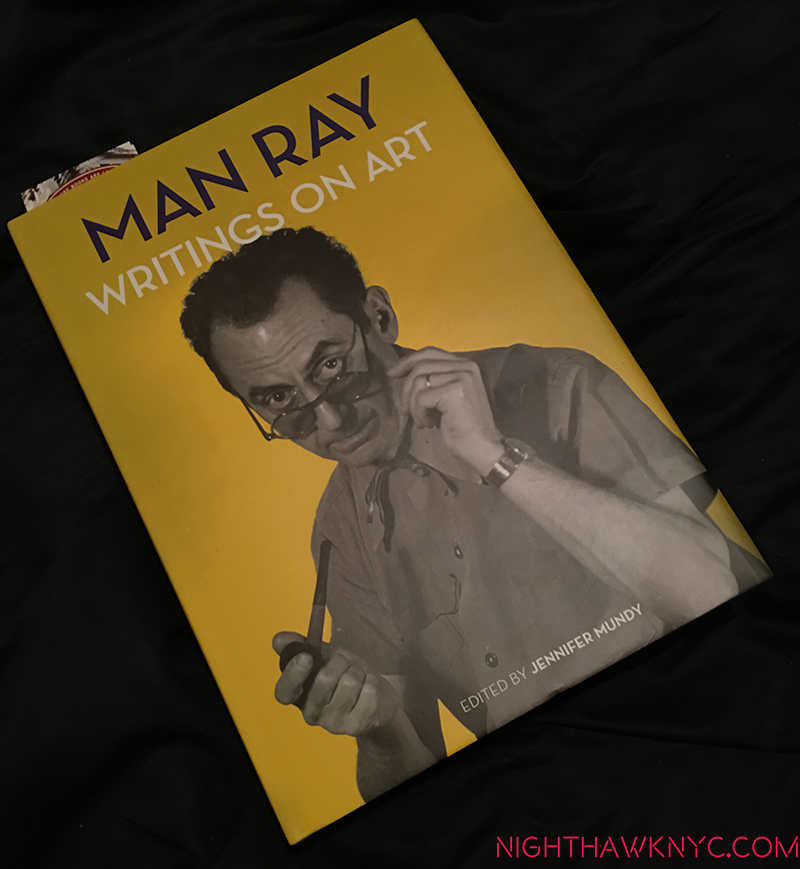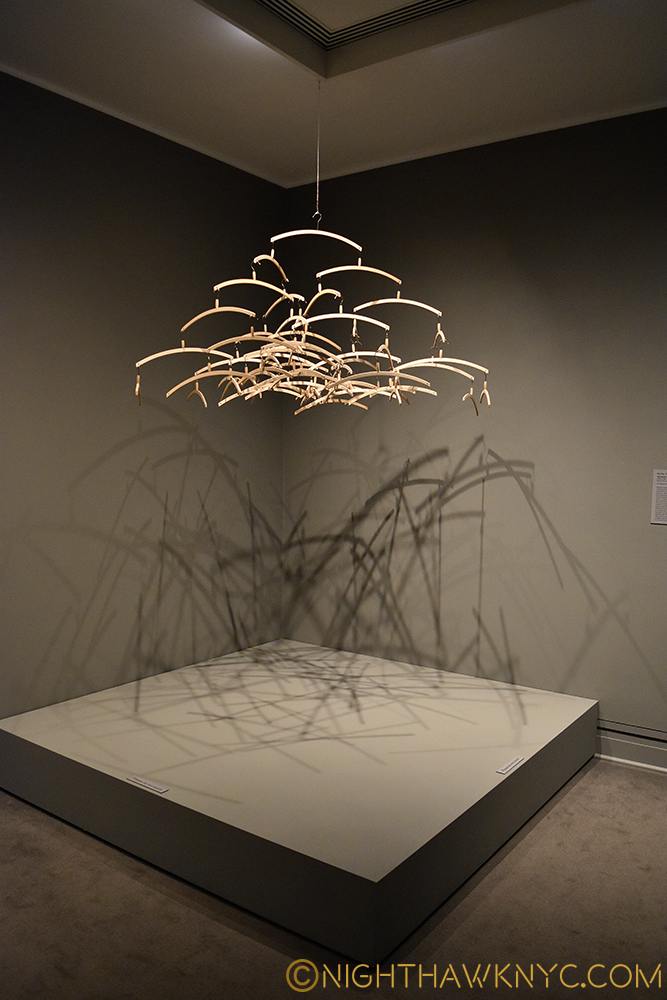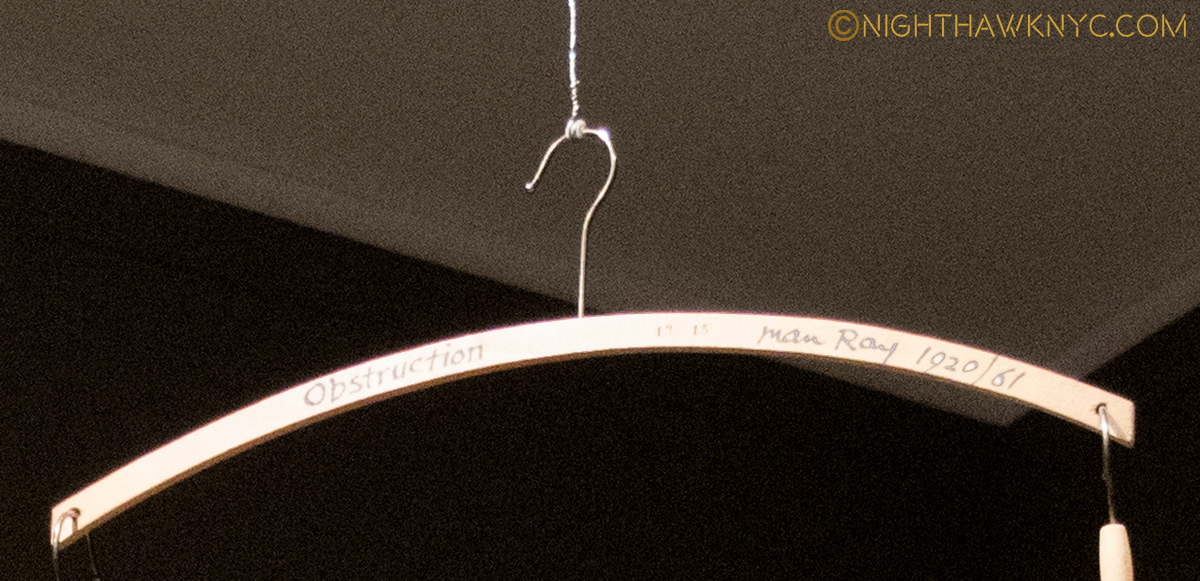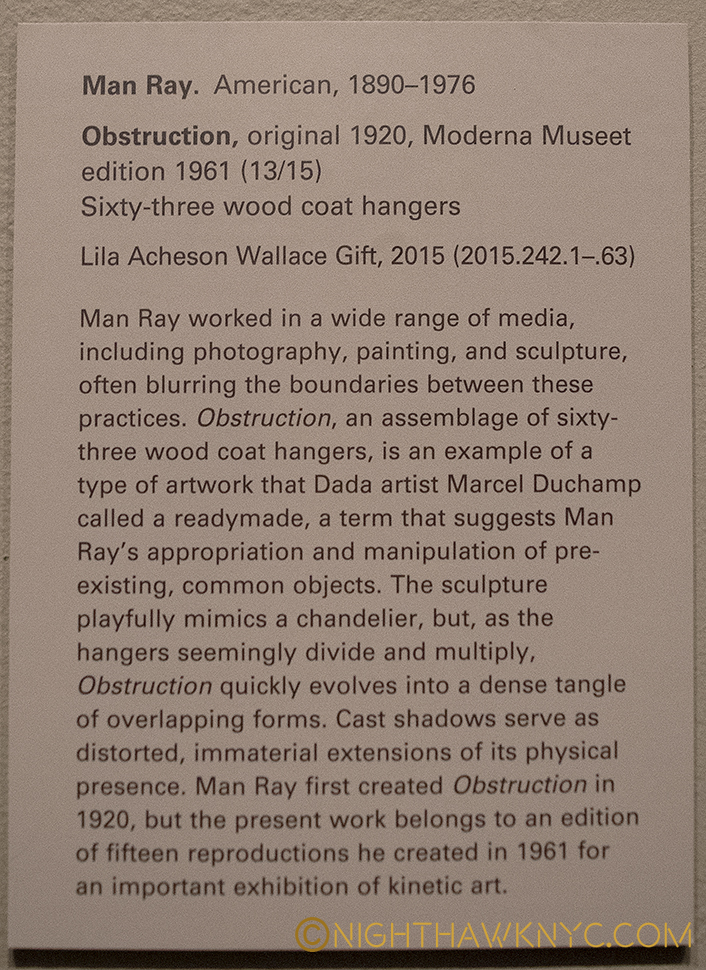This site is Free & Ad-Free! If you find this piece worthwhile, please donate via PayPal to support it & independent Art writing. You can also support it by buying Art & books! Details at the end. Thank you.
Written & Photographed by Kenn Sava (*- unless otherwise credited)
1. The Treatment
“I’ve been through worse.”
That’s the Mantra. I learned that after surviving cancer, and cancer treatment, nine years ago. “If I can get through that? I can get through this.”
Whatever “this” is.
It works! At least? So far. After all, what could be worse than cancer? That’s what I tell myself.
Blindness is up there. I have anatomical glaucoma. In both eyes. So, the risk is I could become partially blind at any time in either, or both eyes. On my second opinion, I find a doctor who says with 2 laser treatments he can give me a 100% chance of fixing it permanently.
Those are my kind of odds.
Today is Round 1. I got up insanely early for the Nighthawk. 10:30am. Uggh. As hard as that was for me, my friend had a harder road. In fact, 3 hours of one, on the bus down from Upstate New York to come with me. She was more worried that I’d oversleep than anything else, she said. We walked over to a “leading New York Hospital” on a glorious September Monday to experience one of the great joys of modern medicine- the registration line ALL patients must wait in. No matter what, no matter I had been there twice in the past few weeks, and no matter neither my health insurance nor living address change that often. The line was half as long as last time, but twice as slow moving. A guard came over and asked for my info. ? Since when? He relented, but the ex-military guy behind me in line got a bit set off when he tried it on him, which led to him feeling one of the counter clerks didn’t want to serve him. He requested a supervisor, and the clerk’s name to file a complaint. Good luck with that. The supervisor listened to him complain that said counter woman “picked up and put down the same paper repeatedly so as not to serve him.” I found this a bit odd, since I was in front of him in the line, and I was still waiting.
I fnally got to see a clerk, who wound up giving me all the paperwork, including her copy. ? Ok…Onwards to treatment, glad to be done with this chaos.
Upstairs, in glaucoma, the woman behind the desk never even looks up from her phone call to acknowledge me. She was making her case to someone about something that had happened at work. I put my paper on the desktop and made sure my friend was seated. The woman looked up long enough to tell me to take my paperwork, calling me by name. ? How did she know who I was?
We settled into the empty waiting room. After a bit, she pulled out an Art History book, and we started looking through it, and discussing it. Unawares, little by little, the room filled up around us, and we became surrounded by a range of mostly older people of all races and languages. A number of them appeared to be suffering from various mental issues, some so incapacitated they had assistants to speak for them, in addition to whatever eyesight issues brought them to the glaucoma department. Yet, there we were, lost in making comments back and forth about Ingres, Michelangelo, Leonardo, Hopper (who’s “Nighthawks” was on the cover. Good choice! Wink), and her favorite Artist, Chagall.
About 45 minutes later, (45 minutes past my scheduled appointment), I was seen by a technician. He checked my vision, then I came back out and we continued looking at Art. An older gentleman came in with a walker, sat down and proceeded to sing in full voice. This elicited looks from the staff, but nothing more. No one said anything. I turned to my friend and said, “Welcome to New York.” Luckily, he was quickly called, and a semblance of silence resumed. A young man walked in with a large pizza and a soda. “He’s a doctor,” my friend said. Yup. He was. A man walked back and forth behind the counter, from time to time, saying nothing nothing to anyone, and accomplishing…? The woman behind the front desk put on a mask. Her boss came over and asked her “Why?” She muttered something then kept it on throughout. A woman sitting next to my friend began to snore. Somehow, she managed to hear the soft announcement calling her name.
We continued looking at Art. Kandinsky, Monet, more Ingres, more Leonardo- the Mona Lisa looking wayyyyy better than you’d ever see it in person, and a few contemporary Artists I don’t know, capped off with Mark Rothko (the Rothko Chapel, important, but not representative as his only work shown) and Bridget Riley. There was also the Laocoön & his sons, in a full page photo. All of a sudden I had one of those Sherlock Holmes-“Wait a minute!” moments. “Oh My God. LOOK AT THAT! It’s a Michelangelo!,” I thought to myself when I saw it.
“Hello? Can we put the glaucoma treatment on hold? I may have discovered a Michelangelo, right here in the waiting room!,” I said in thought. We paused and I said (out loud) to my friend that the Laocoön was a huge sensation when it was discovered, instantly recognized as a lost supreme ancient masterpiece, and that there was a theory that Michelangelo had secretly created it.
Hmmmm…
At that moment, I was called to have drops put in before the procedure. 30 minutes later, at 2pm, I was called back for the treatment. 2 doctors surrounded a machine with arms, scopes and all kinds of things sticking every which way. I carefully wiggled onto the odd stool I was to sit on, which required a bit of contorting, hoping I could hold my head steady sitting on it. After all, I didn’t want them to miss with the laser! A nurse was present to make sure I was who they thought I was. She asked questions only I would know, I guess- “Why are your Posts so long?” “Why do you stay up so late?” Ummm….Doctor 1 drew a dark mark on my head over my left eye in the dark room. “Chin up. Lean forward. Look at the yellow light.” Inside the machine I was bombarded by bright flashing red and green lights, a slight squeezing sensation and then it was over. “Perfect,” Doctor 1 said when I asked him how it went.
Phew. Exhale. I have been through worse. Score another one for the Mantra!
Back out to wait to get a blood pressure reading. “Am I bleeding,” I asked my friend. “No,” she said. I was bloodshot, and a bit sore. Things were very fuzzy out of that eye, like I was looking through an extremely smudged eyeglass. I saw the Doc again, scheduled the right eye, and we left, arm in arm because while I could see, I didn’t know how well yet. I felt ok, but quickly found that you can’t keep one eye closed very long. I immediately put my shades on. Lord, it was bright outside. Don’t they do these at night?
Later, maybe in the throes of the steroids I’d be on for a week, or the rush from having gotten through it, I was struck by how amazing the experience was. Not medically. Interpersonally. I’ve never had someone who shared my love of Art like this in my life. That’s part of the reason I have this Blog. I need to share it with someone. Later, while she was back on the long road home, I told her it was very special to me that we were sitting there together reading about Art, no matter what was going on around us.
She said that the other people there probably thought WE were the crazy ones.
Art is in the beholding.
2. The Fog Lifts
I had a cloudiness, then a darkness in my left eye that lasted all afternoon and evening. All day I’d been haunted by the picture in her book of the Laocoön Sculpture. An iconic work of early Ancient Art, dated at about 20 BCE, that had disappeared until it was rediscovered in 1506, it looked amazing for 2 thousand odd years old. The ancient historian, Pliny the Elder, had written about it, in his Natural History in 79AD. He said–
“Such is the case with the Laocoön, for example, in the palace of the Emperor Titus, a work that may be looked upon as preferable to any other production of the art of painting or of statuary. It is sculptured from a single block, both the main figure as well as the children, and the serpents with their marvelous folds. This group was made in concert by three most eminent artists, Agesander, Polydorus, and Athenodorus, natives of Rhodes.”
With such a buildup, it’s no wonder it’s discovery was a sensation- among the public and among Artists. It was immediately acquired by Pope Julius, and it holds a place of honor in the Vatican to this day. That much is known. But? What about this theory I’d heard about it? Finally, around midnight I could see enough to read my computer screen. The first thing I did was look up this-
“Michelangelo Laocoön”
I came across two pieces in the NY Times within days of each other in 2005 (here, and here). The pieces talked about a Columbia University Lecturer, Dr. Lynn Catterson, and her theory that Michelangelo had created the Laocoön. i.e. Michelangelo had created a forgery of the Laocoön in Pliny and hid it so it could be “re-discovered” at long last- “All too conveniently,” as Dr. Catterson put it.
2005? Hmmm…Eleven years ago. Nothing since. That’s strange. No mountain of outraged PhD’s spewing vitriol at her and her claims? Now, I was VERY interested. My gut radar went off as it rarely does this morning. But, let’s get real- this is one of the most sensational claims there could be in Art. If true, it would rewrite Art History for BOTH the Modern AND Ancient worlds! Not to mention Michelangelo’s.
Then again, as Michelangelo specialist, author and educator, Professor William Wallace says in one Times piece, works supposedly by Michelangelo have appeared often- seventeen from 1996-2005. Even I have seen these claims in the past, and frankly, after checking a few of them out, you become numb to them. In fact, right now, at The Met there is a small sculpture on display- of Cupid (which they now call “Young Archer” on their website), on extended loan, that no less than The Met’s experts, who I hold in highest esteem, say is by Michelangelo! Not “Attributed to.” Not “Michelangelo and assistant.” It says, “Michelangelo” on the card, below, and on the web page. IF it is an original Michelangelo? It is the ONLY Michelangelo sculpture in the Western Hemisphere. Pretty big deal. But? Other experts disagree about it. Is THIS the forgery of a Cupid Michelangelo is known to have made? Now that it’s called “Young Archer” on their website does that mean the well-known Cupid forgery is ANOTHER work? Also, nothing is mentioned about WHY they think it’s a Michelangelo. After spending a good deal of time looking at it from every angle. I remain to be convinced it is a Michelangelo. Then again? Part of a forger’s work is to adopt another identity.
Though I remain unconvinced by the Cupid at The Met, I was more convinced by their “Michelangelo’s First Painting” show, in 2009, of a restored painting titled “The Torment of St. Anthony,” which was based on a print by the great Martin Schongauer. I drank their cool-aid, and I bought what they were selling about it. Interestingly, The Met didn’t buy this work, themselves, when they had the chance to! I’d love to know why not. It was bought by the Kimbell Art Museum, Fort Worth, Texas, who The Met restored it for. Very peculiar. Michelangelo changed Schongauer’s original, adding his own touches and putting his own mark on the work, which he created in color(!), compared to the black and white original print, they hung next to the painting. While he didn’t create this work as a forgery (as far as I know), Michelangelo has a history of creating forgeries and was caught making at least one. The risks were great. Yet, according to Dr. Catterson, he continued making them, even creating the Laocoön right along side the immortal Pieta also now in the Vatican.
Reading her full piece, Dr. Catterson makes a strong case. I urge you to check it out. Here are some highlights-
-The found Laocoön wasn’t in one block as Pliny said, but 7 connected pieces of marble, making transporting it to the site feasible
-Michelangelo had the money, marble, space and time to create it before it was “found.”
-It’s miraculously superb condition(! ?)(Walk around The Met and check out the condition of sculpture from that period, BCE. Oh, and count how many still have a whole nose!)
-The “rediscovery” of the Laocoön was, seemingly, “made to order”. Consider-
-No less than Michelangelo, himself, was called to be there when it was discovered.
-Michelangelo had only recently arrived back in the area.
-Michelangelo also worked on it after it was discovered
-There is a drawing by Michelangelo that matches up uncannily well with the rear of the sculpture when superimposed on it’s photo
-Michelangelo destroyed an unknown number of his drawings before his death. Why, if they didn’t reveal what works he forged?
-Michelangelo wrote a letter in which he speaks of the Pope killing him if he discovered something. What? Aside from the construction of the Pope’s tomb, the only other interaction they had at the time was the Pope recently acquiring the Laocoön.
That’s the shortlist.
“Last night I dreamed about you
I dreamed that you were older
You were looking like Picasso
With a scar across your shoulder
You were kneeling by the river
You were digging up the bodies
Buried long ago
Michelangelo”*
My question is “WHY?” Actually it’s a 2 part question-
-Why did he make these fakes, and then keep making them? And,
-WHY didn’t he ever come clean and take credit for them, especially the Laocoön, which instantly became iconic? Here is an Artist who, according to Vasari, snuck into the Vatican overnight to carve his name on the sash of the Pieta so everyone would know who created it! (Though, he regretted doing that, and swore to never sign a work, again. He didn’t.) To create a work that is, along with the Pieta, one of the greatest sculptures we have, at about the same time, and NEVER take ANY credit for it at all, even on his death bed? On the flipside, making, then hiding, something like this would seem to be extremely hard to keep secret. Someone else must have known. And yet, there is not a peep of this anywhere, until Dr. Catterson’s theory. Michelangelo was the first Artist to have a biography written during his lifetime (actually, 2). Why didn’t anyone, especially his enemies and rivals, “out” him? This puzzles me.
I await hearing what someone/anyone else has to say to negate, or substantiate her claims. Professor William Wallace, countering the initial outrage Dr. Catterson’s theory received, said– “…the intriguing thing is that nobody who studies classical art in a way wants the ‘Laocoön.’ They find it kind of a Hellenistic embarrassment, maybe because it really doesn’t look like anything else comparable in the history of classical art.” Why? As Dr. Catterson points out, Michelangelo used contemporary models, including Filippino Lippi, not ancient ones, when he created this.
As much as I love sculpture, I’ve never really paid much attention to the Laocoön. Why? I hate snakes! So, this is a pretty nightmarish image for me. Funny thing? My friend said the same thing Monday when we saw it! I have been, however, reading quite a bit about Michelangelo these past 5 or 6 years. I’ve read the 2 volume set of his Letters, a number of biographies, including Condivi’s and I’m in the midst of Martin Gayford’s “Michelangelo: His Epic Life” Biography right now. (He doesn’t mention Dr. Catterson’s theory, though his book was published in 2013.) I have some superb books of photos of his sculptures, including the XL Taschen monograph. I look at them frequently. Michelangelo is in my mind, like Leonardo da Vinci was that day in London in 2012 when I saw the “Salvator Mundi/Savior of the World”in the once in a lifetime Leonardo show in London’s National Gallery, after it had recently been credited to Leonardo. Seeing 7 of his other paintings that have been credited to him for much longer, immediately before.1, I came away believing it is a da Vinci, unlike the Shroud of Turin. So, when I suddenly saw the Laocoön Monday afternoon in my friend’s book, I was stopped dead in my tracks…
Michelangelo. I believe Dr. Catterson is right.
“We’ll never have the certitude a scientist gets,” Professor Wallace said, “It can only be tested by the weight of scholarly opinion and time.” And, I humbly suggest- your eye, and your gut.
“That the Laocoön was carved by Michelangelo explains why then, and now, its effect is mesmerizing.” Dr. Catterson’s piece coincidentally ends.
In at least two ways on Monday, the mist cleared, and now I see.
ONward to Round 2!
(For Sv.)
*-Soundtrack for this Post is “Michelangelo,” by Emmylou Harris, published by Universal Music Publishing Group.
This site is Free & Ad-Free! If you find this piece worthwhile, please donate via PayPal to support it & independent Art writing. You can also support it by buying Art & books! Details at the end. Thank you.
Written & Photographed by Kenn Sava (*- unless otherwise credited)

